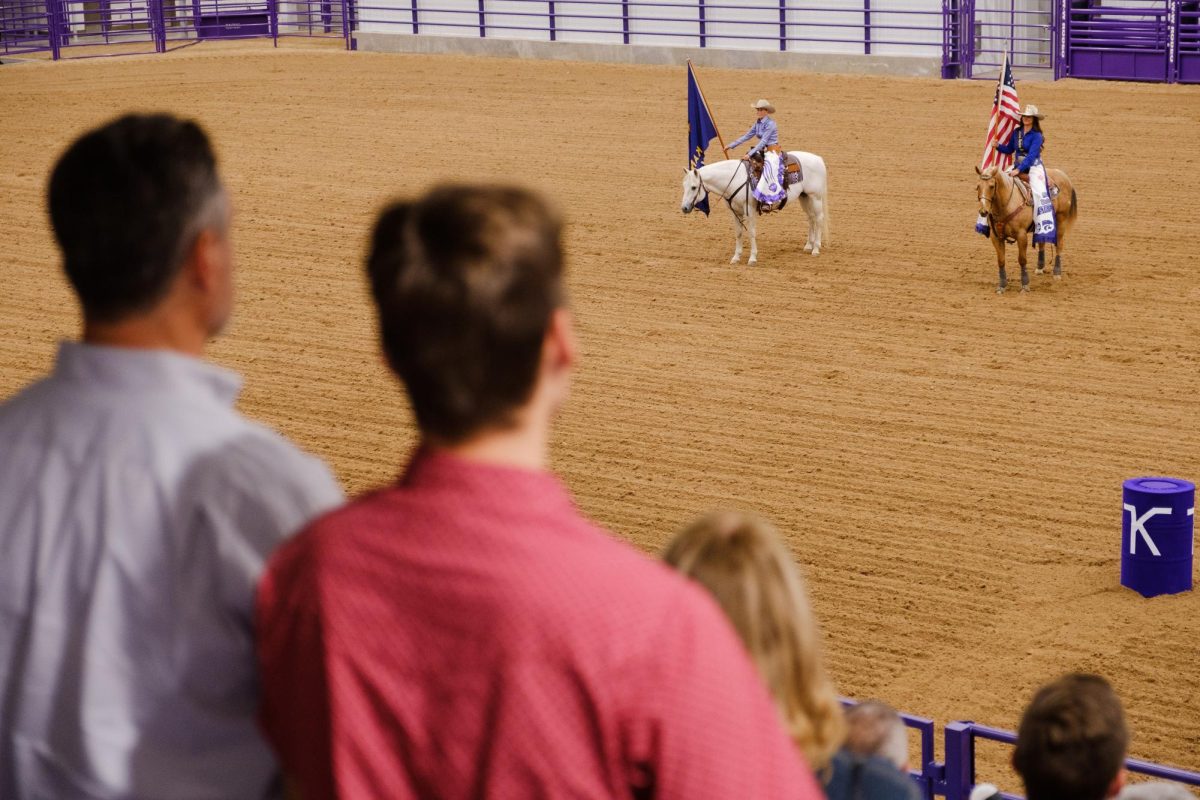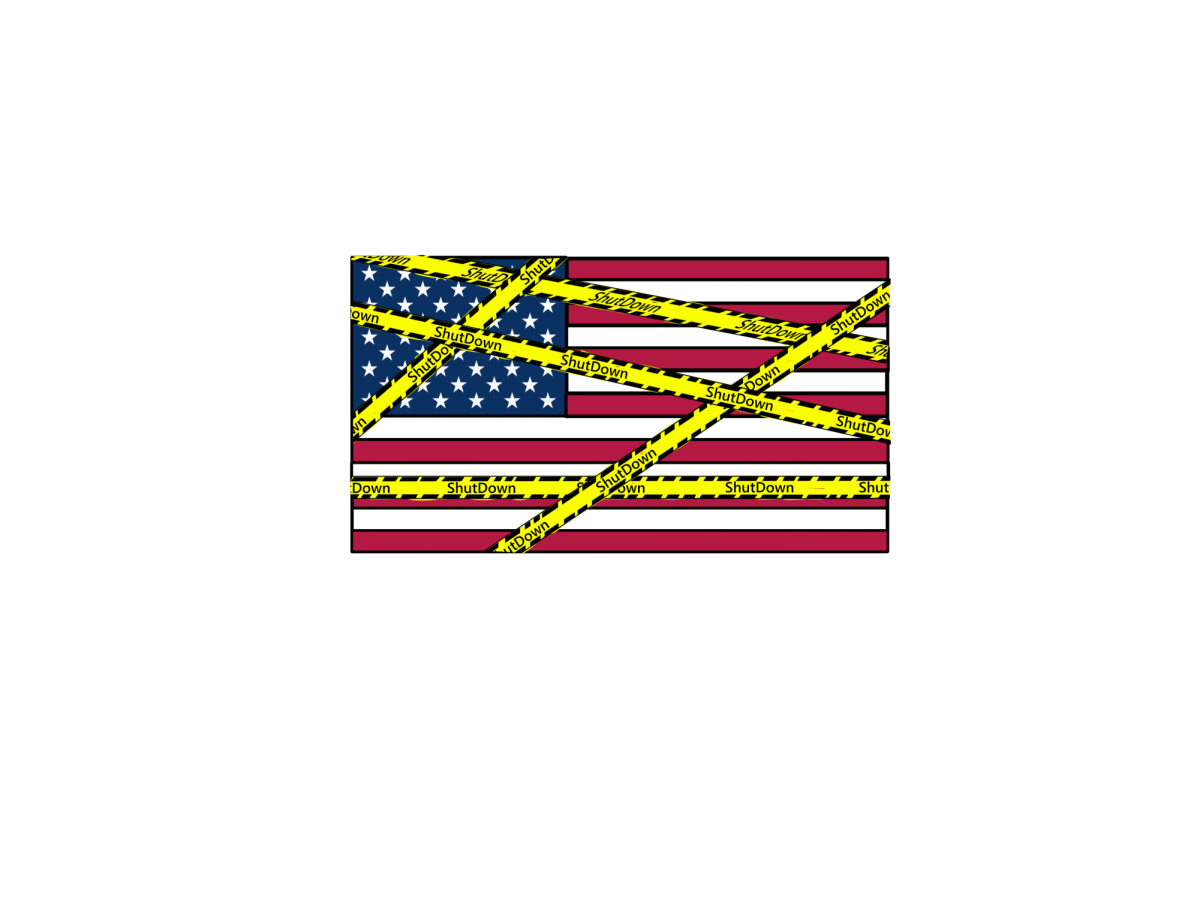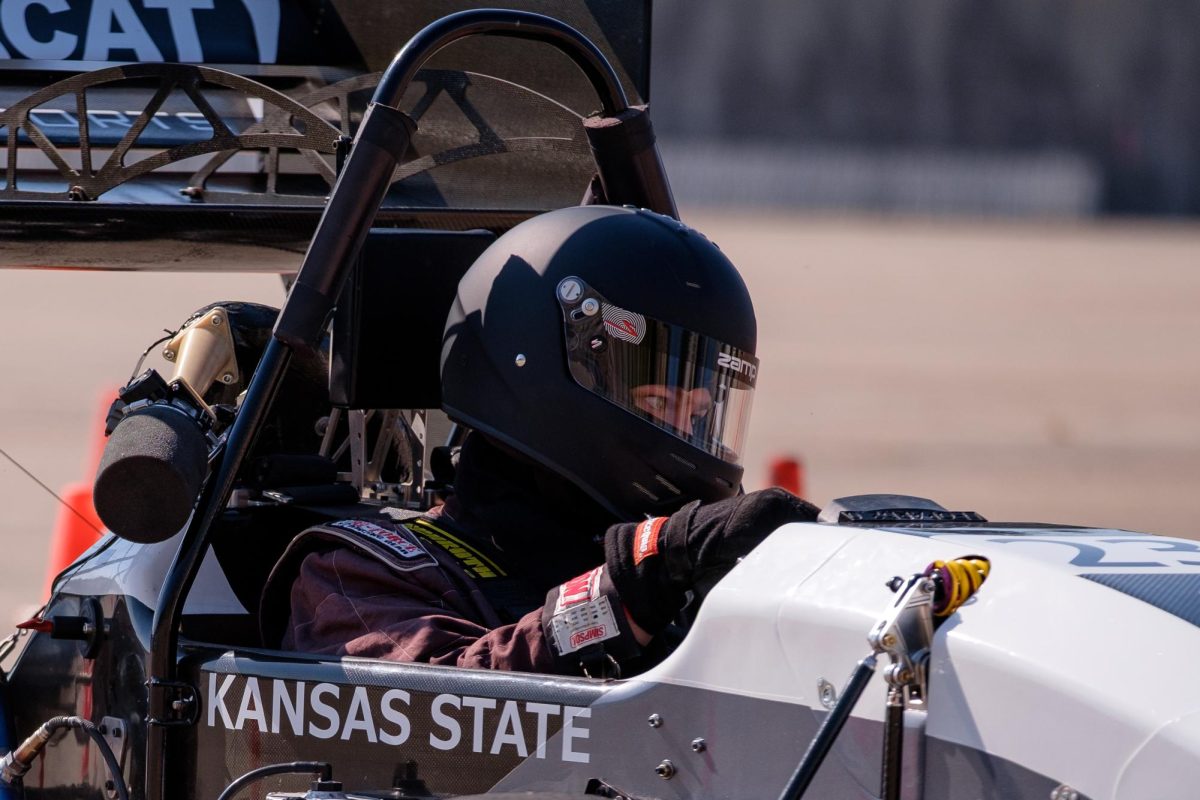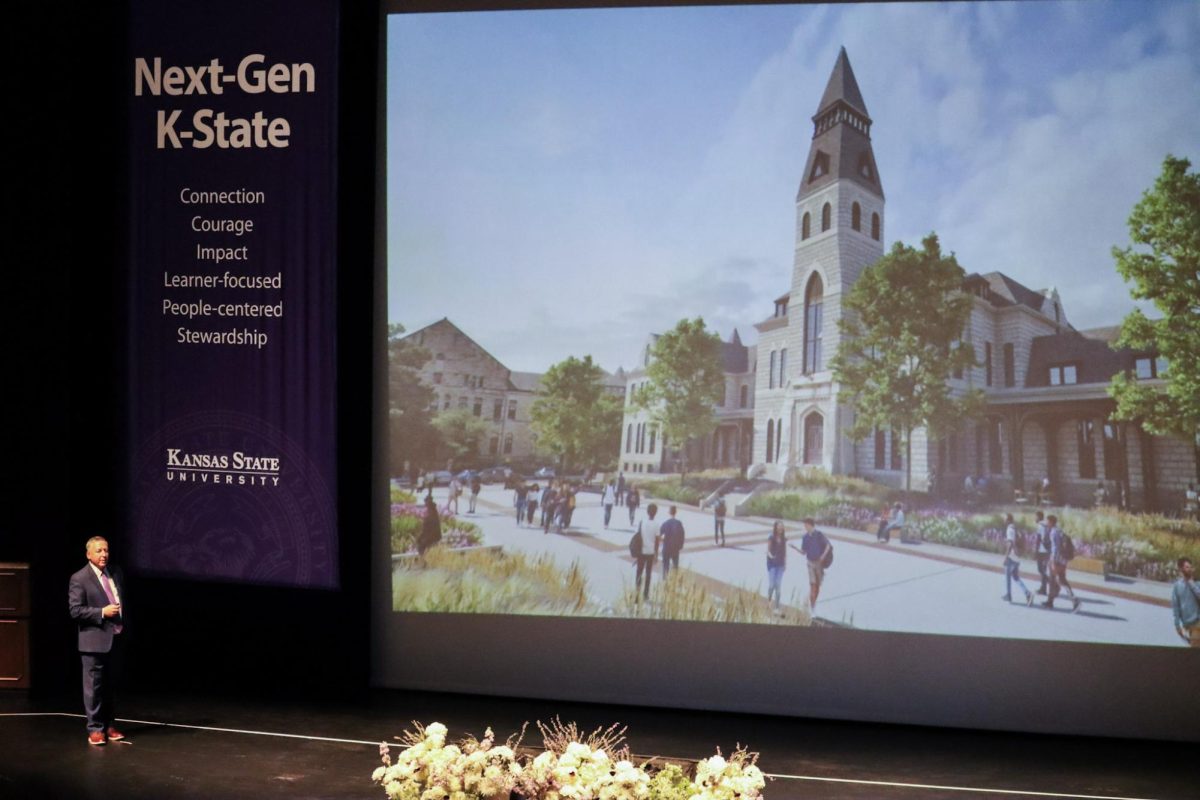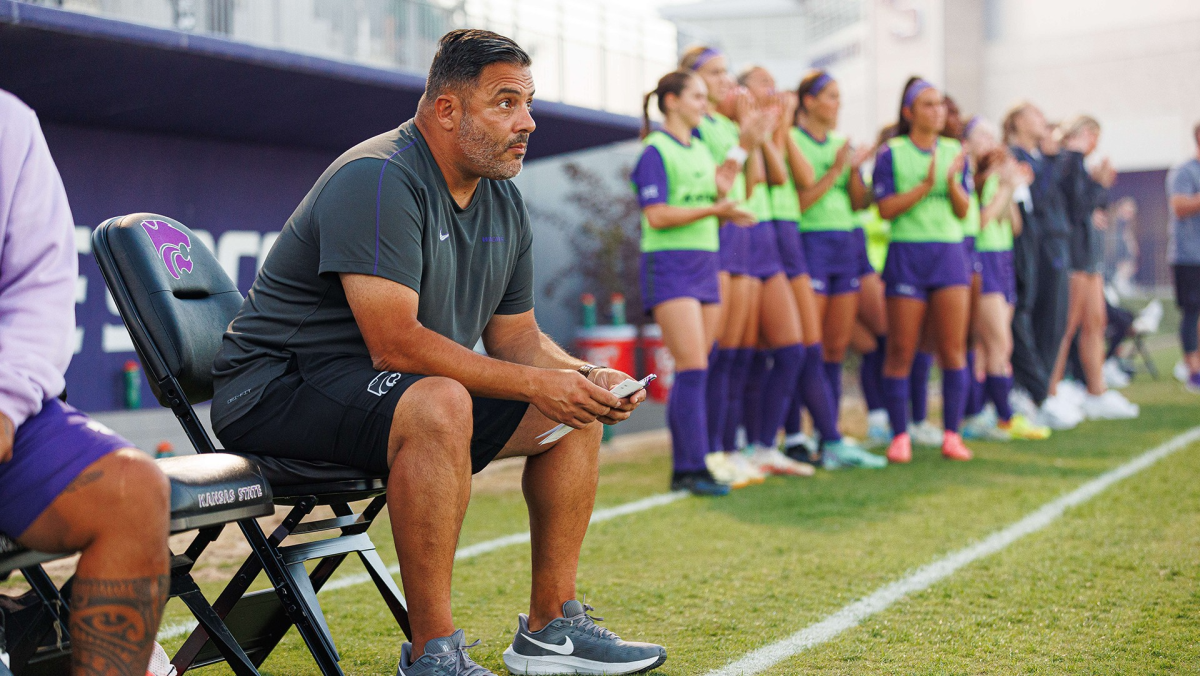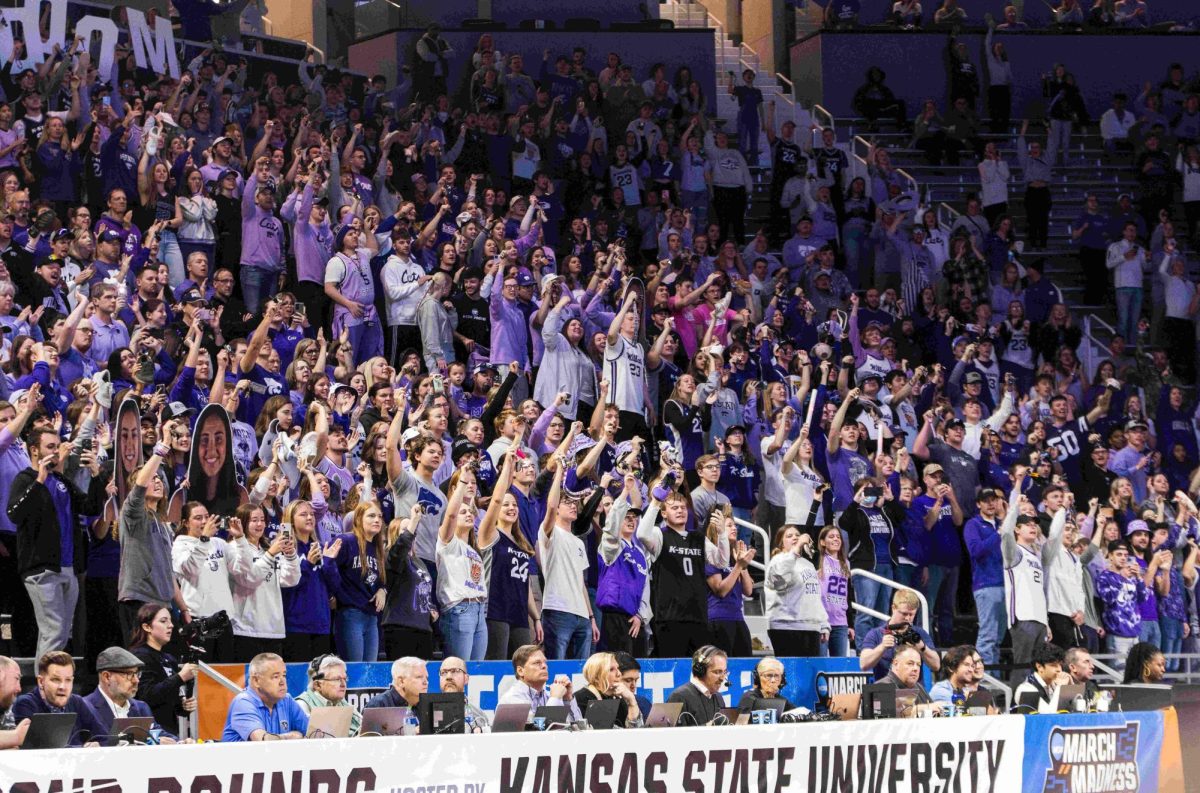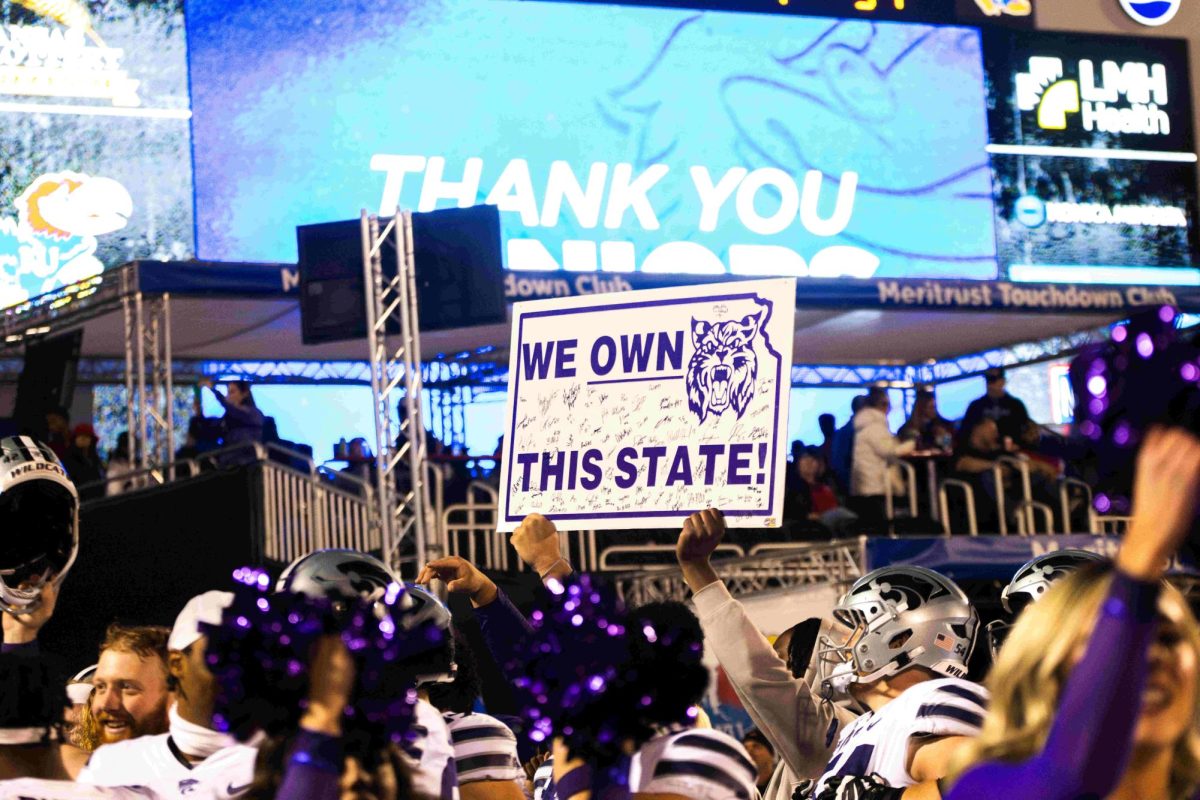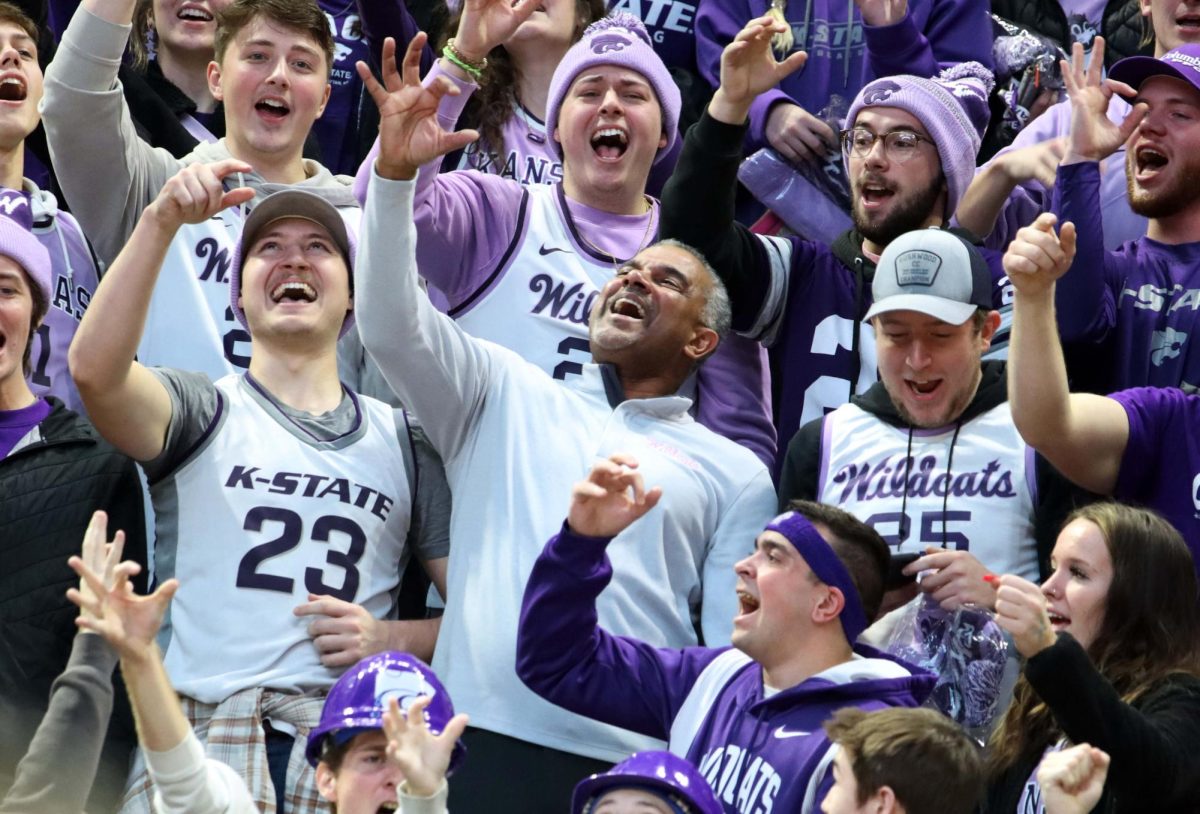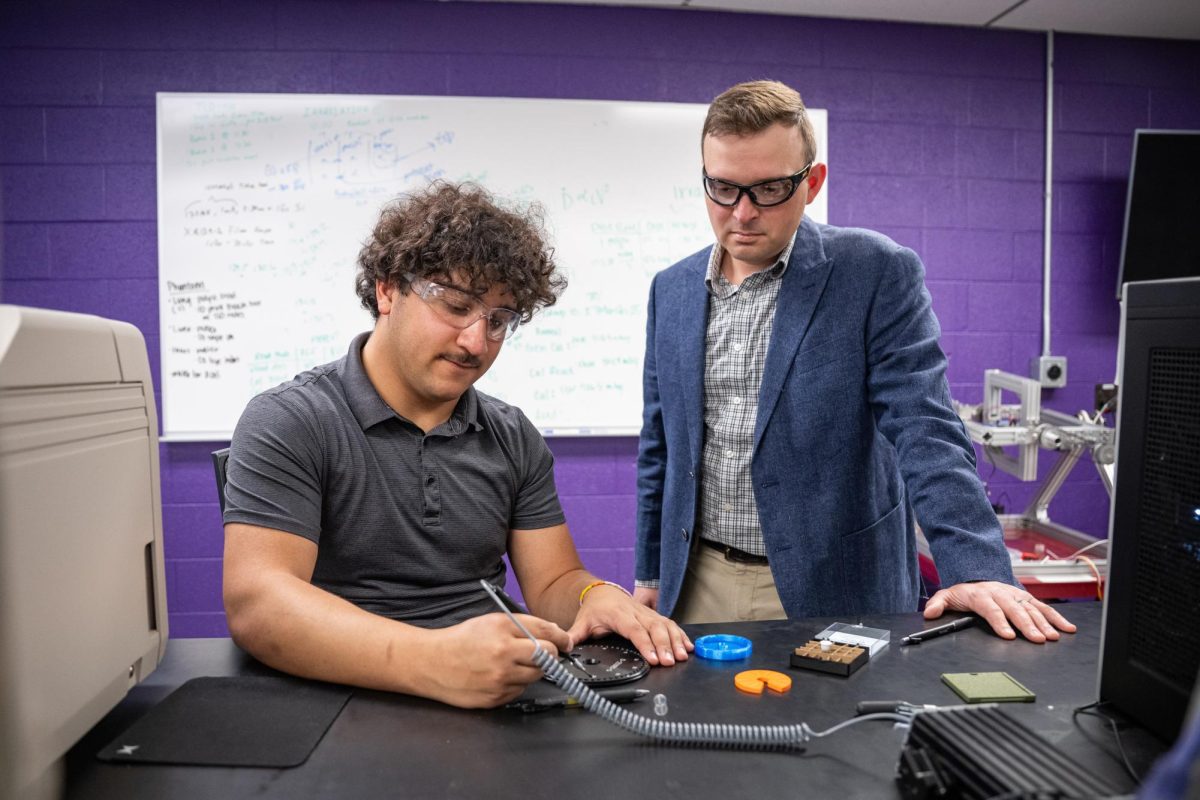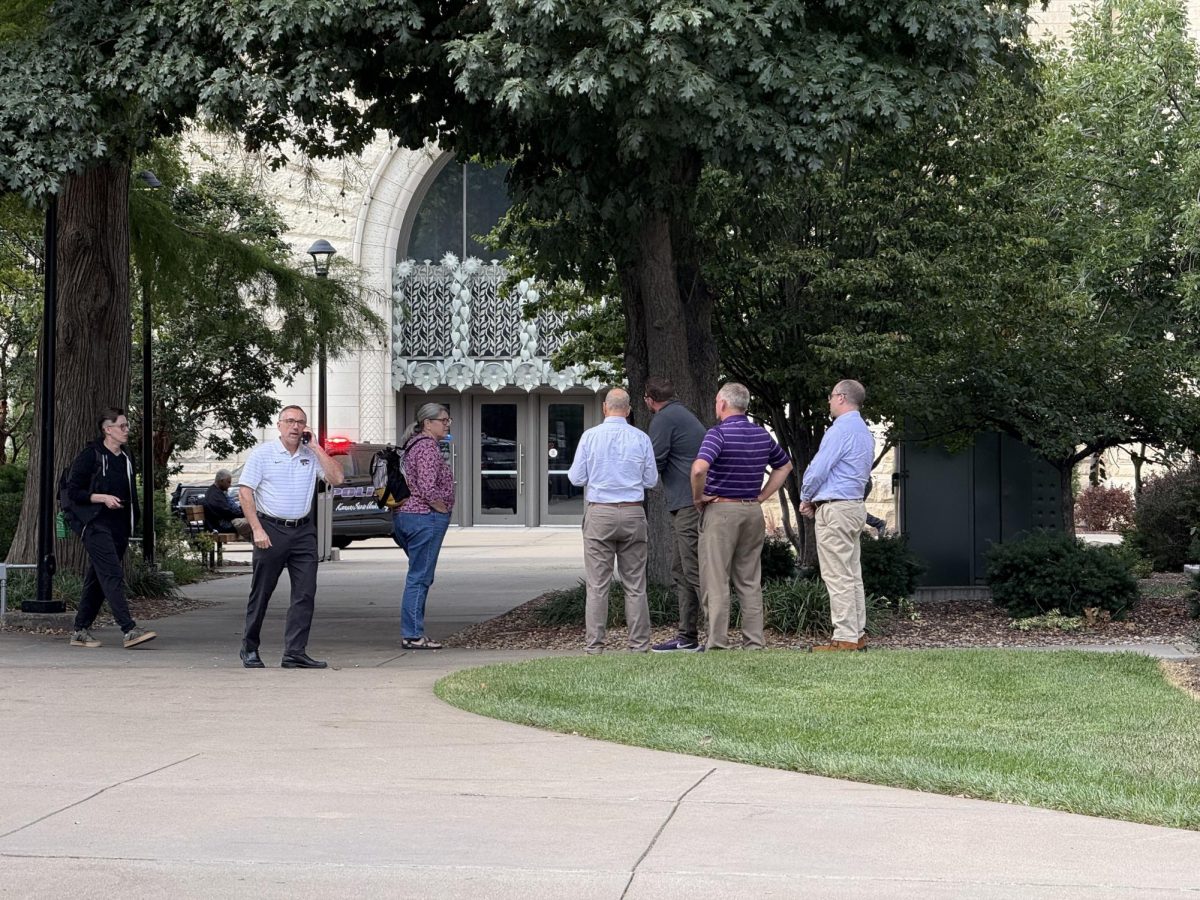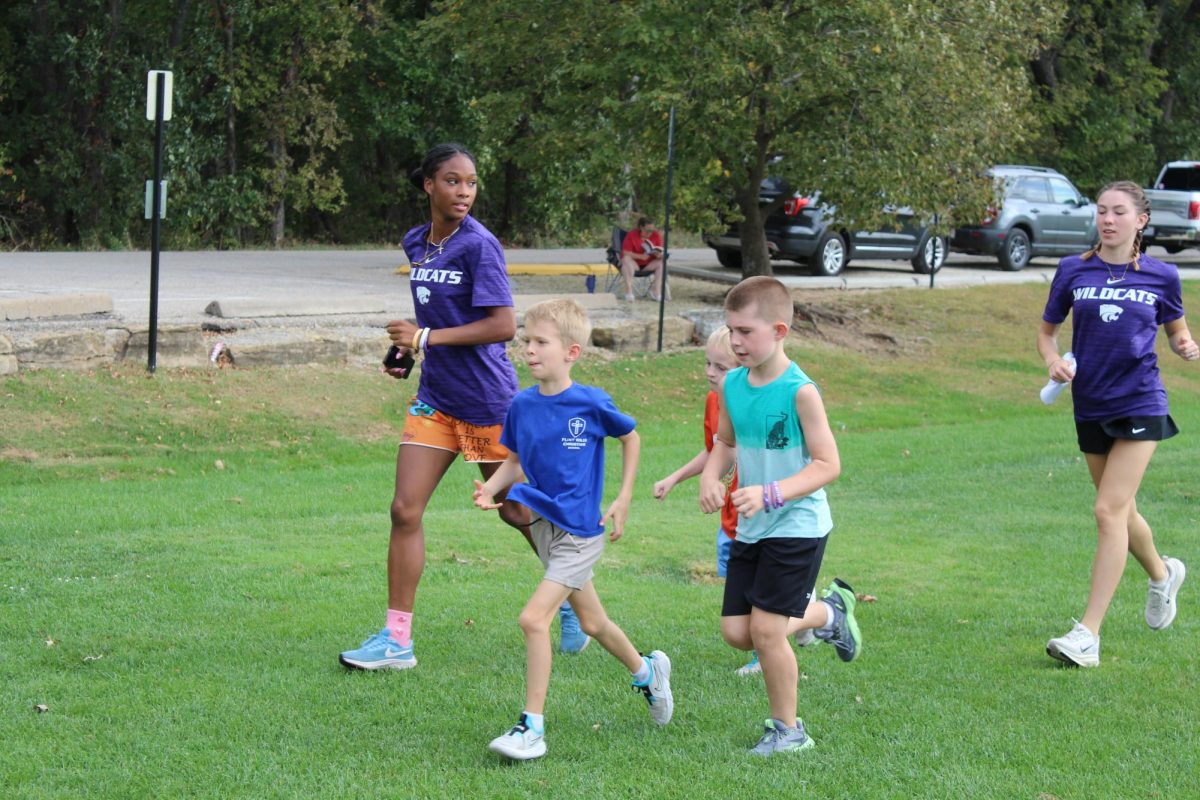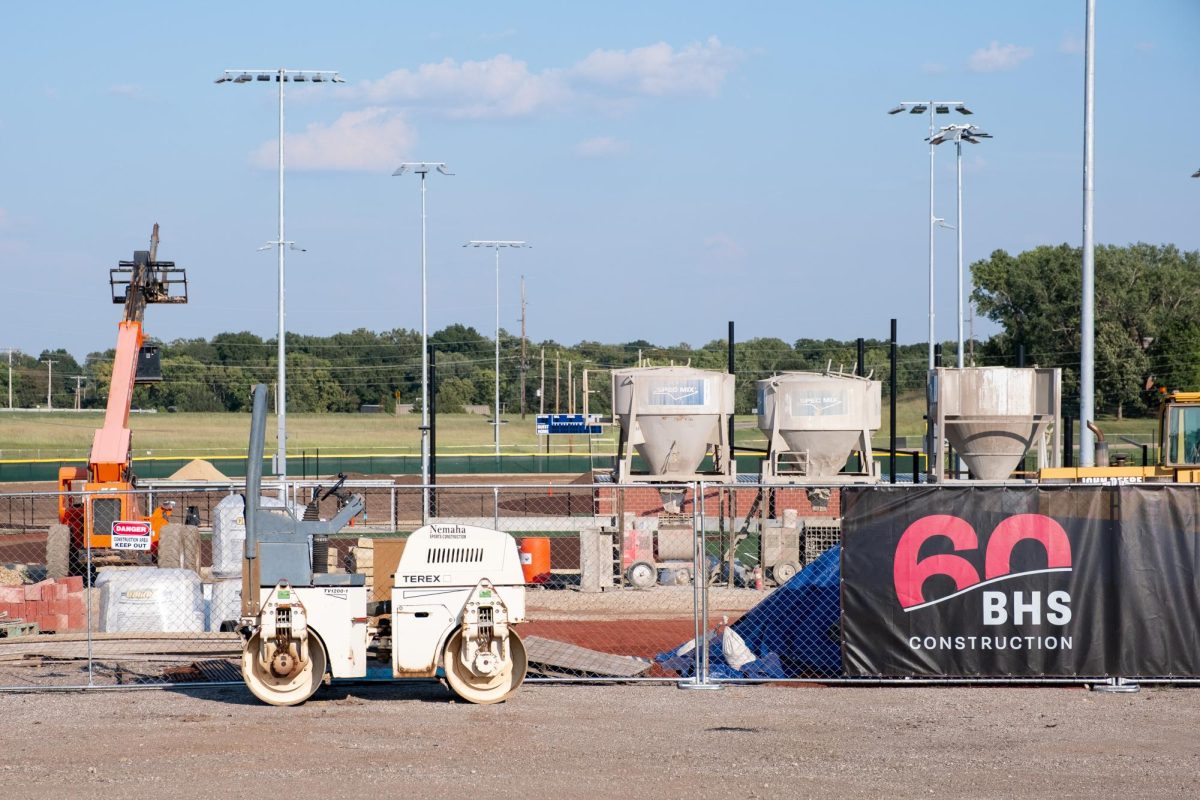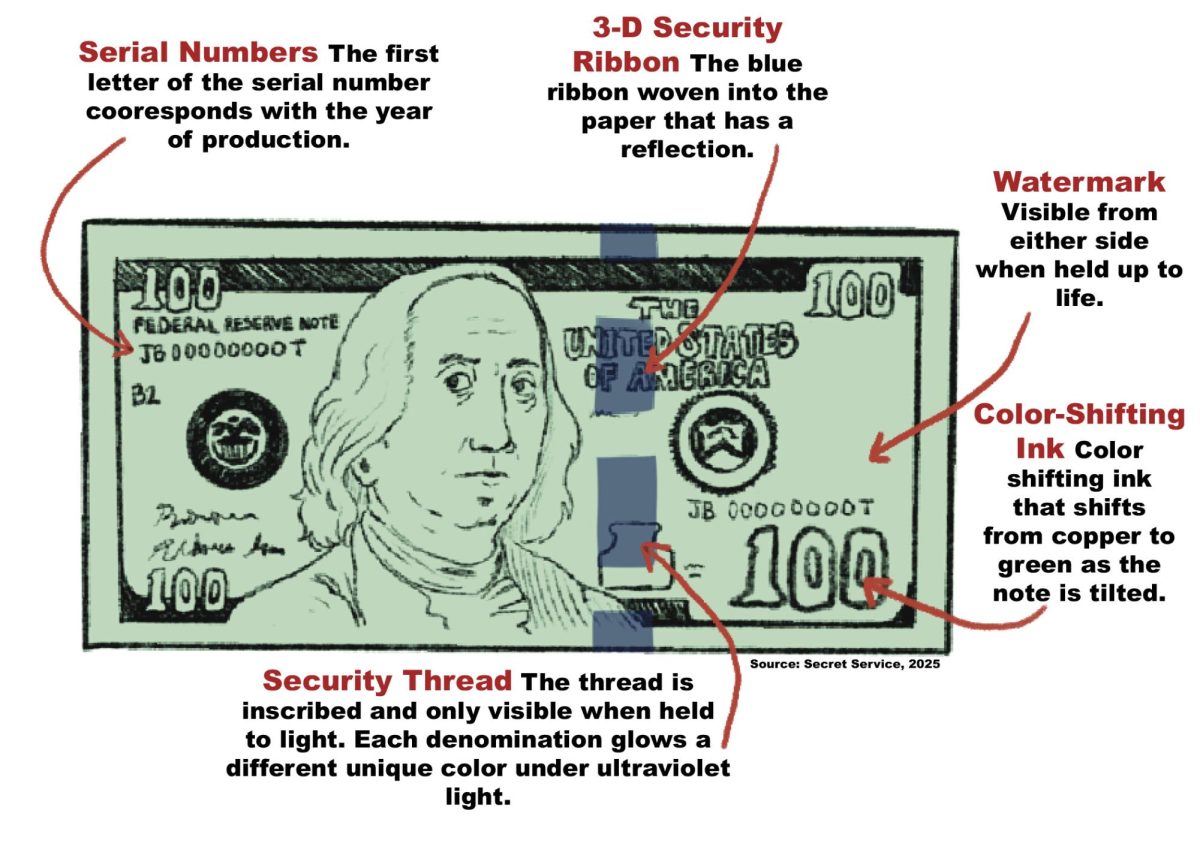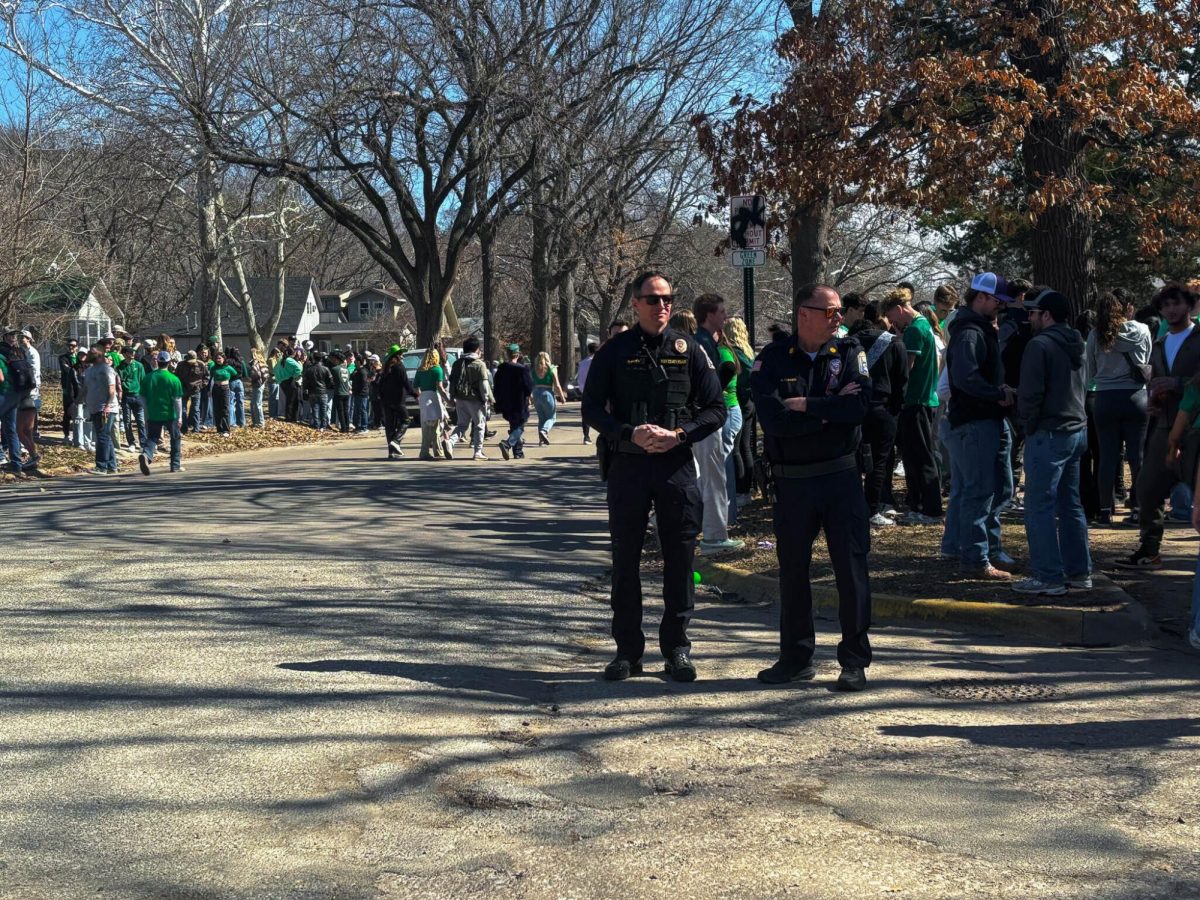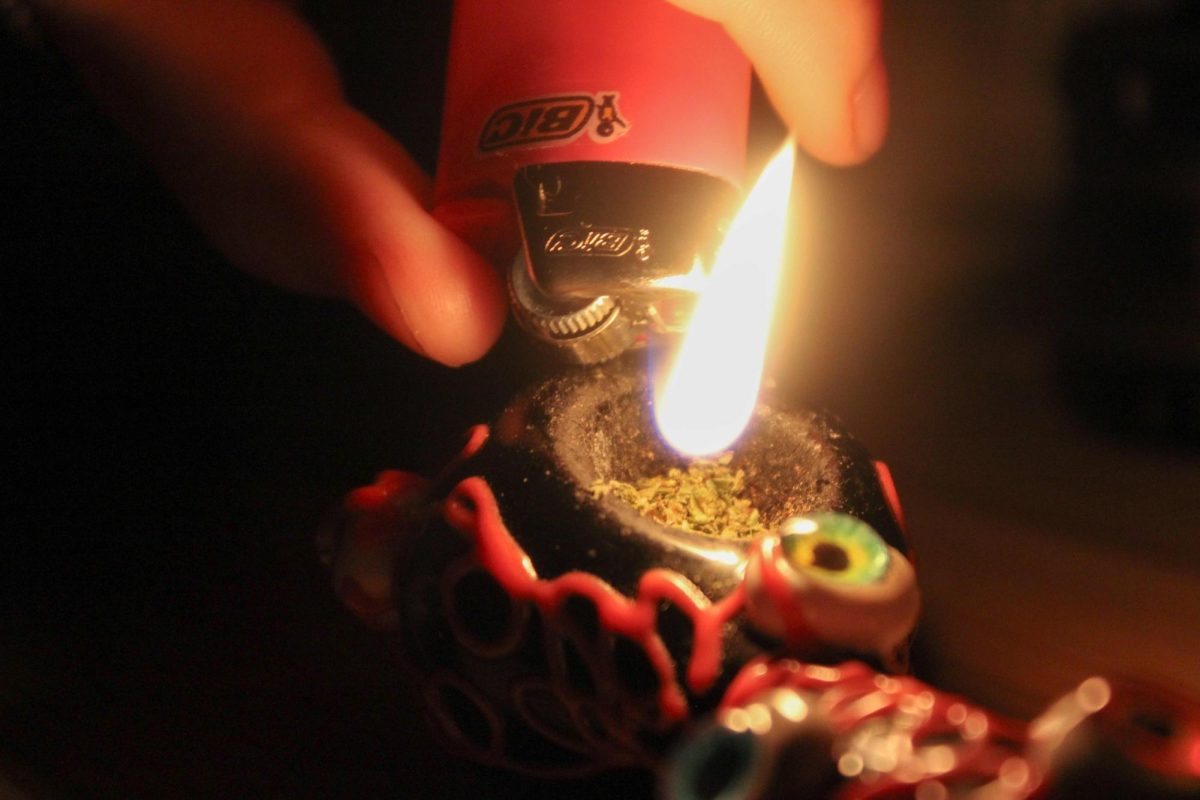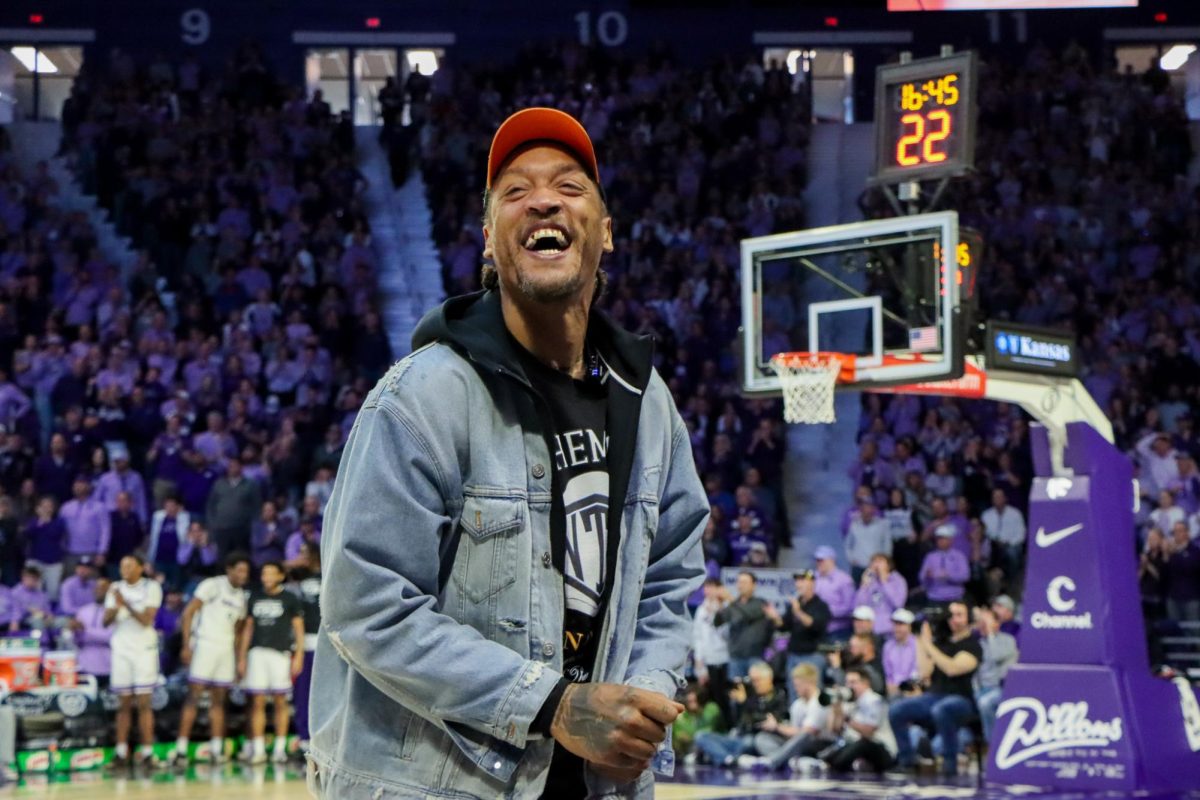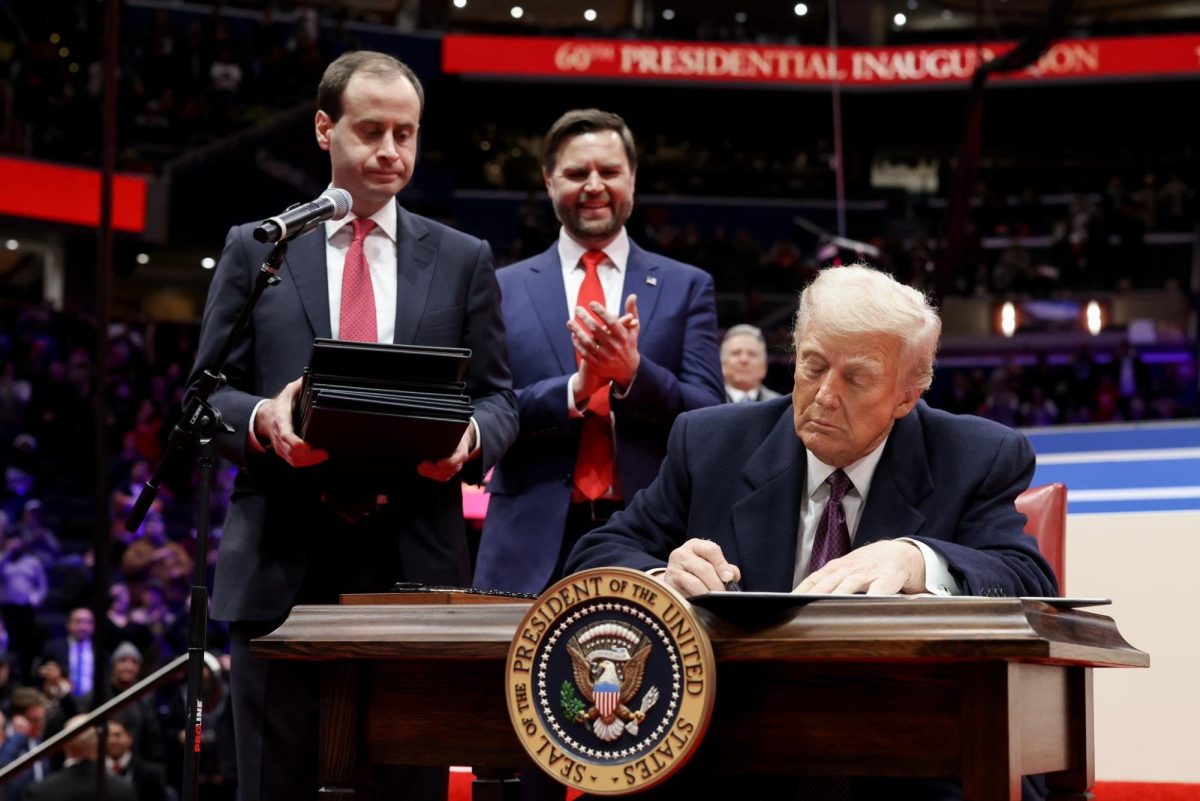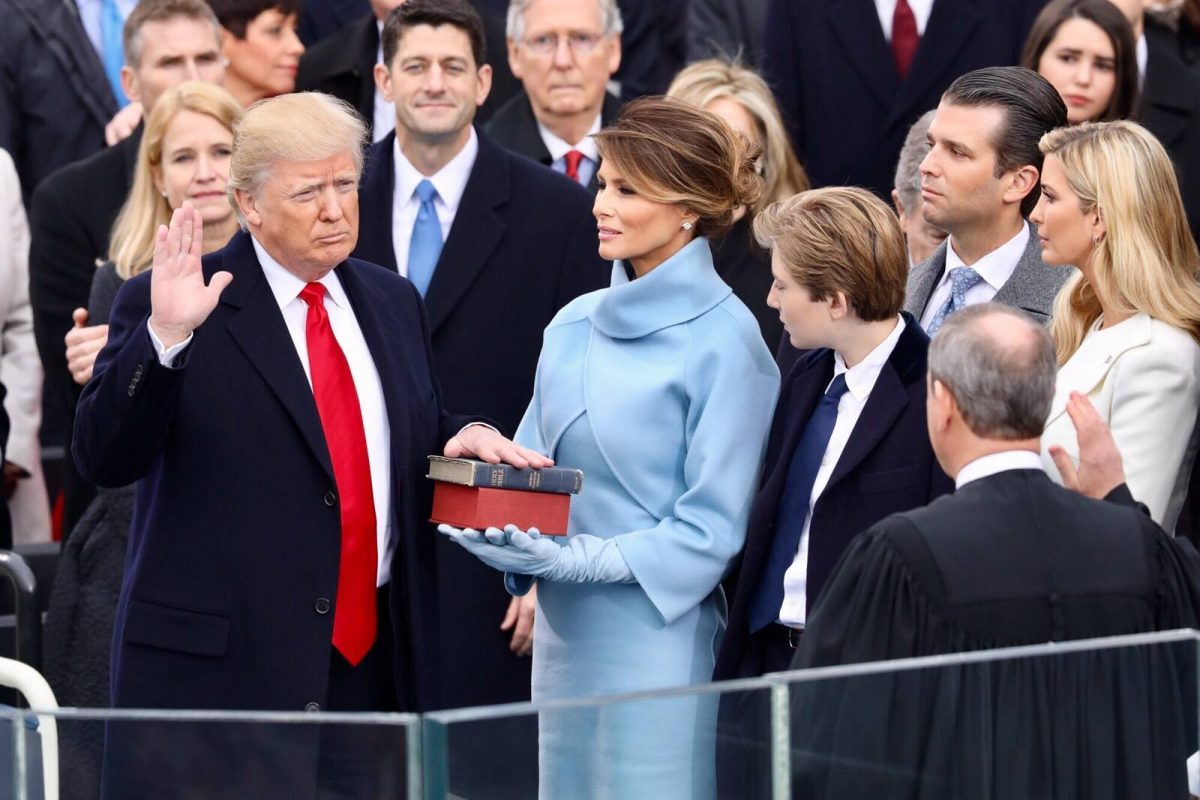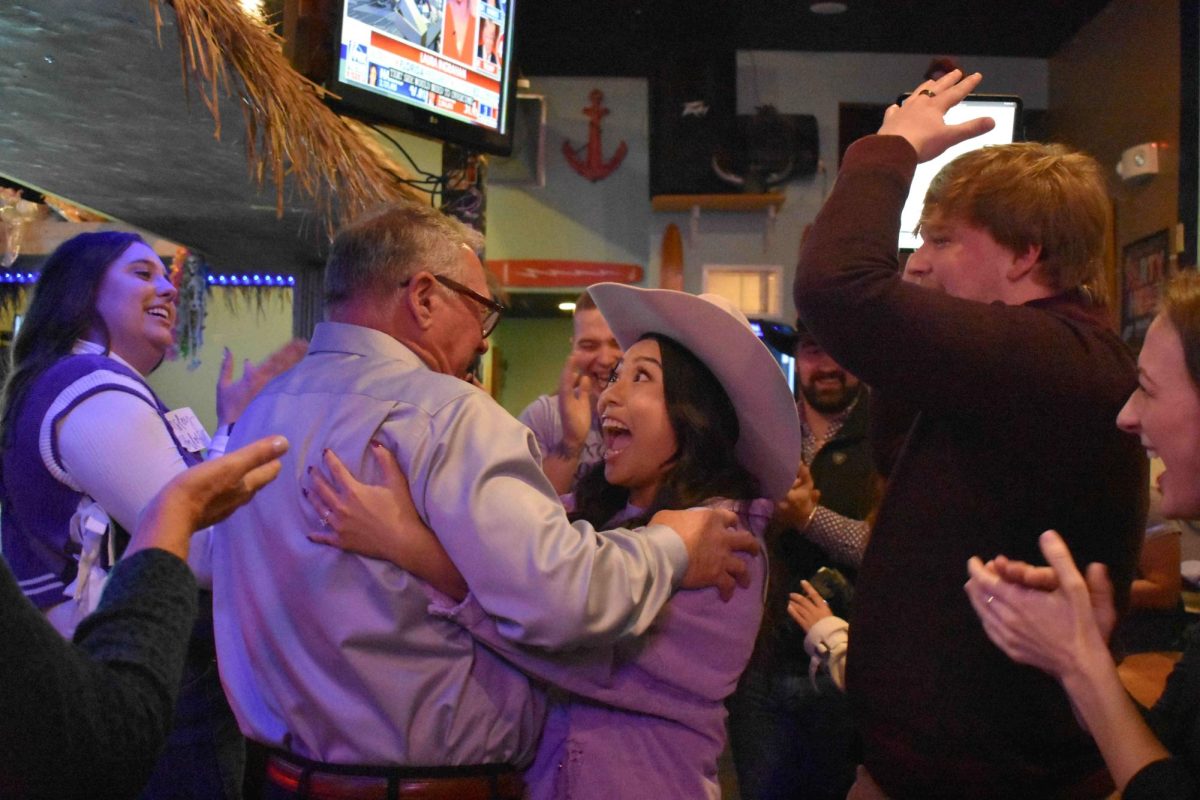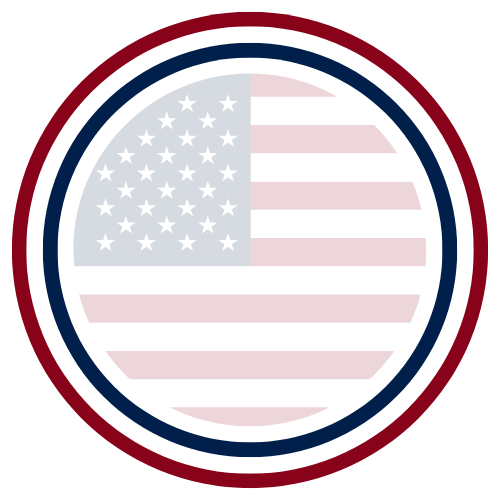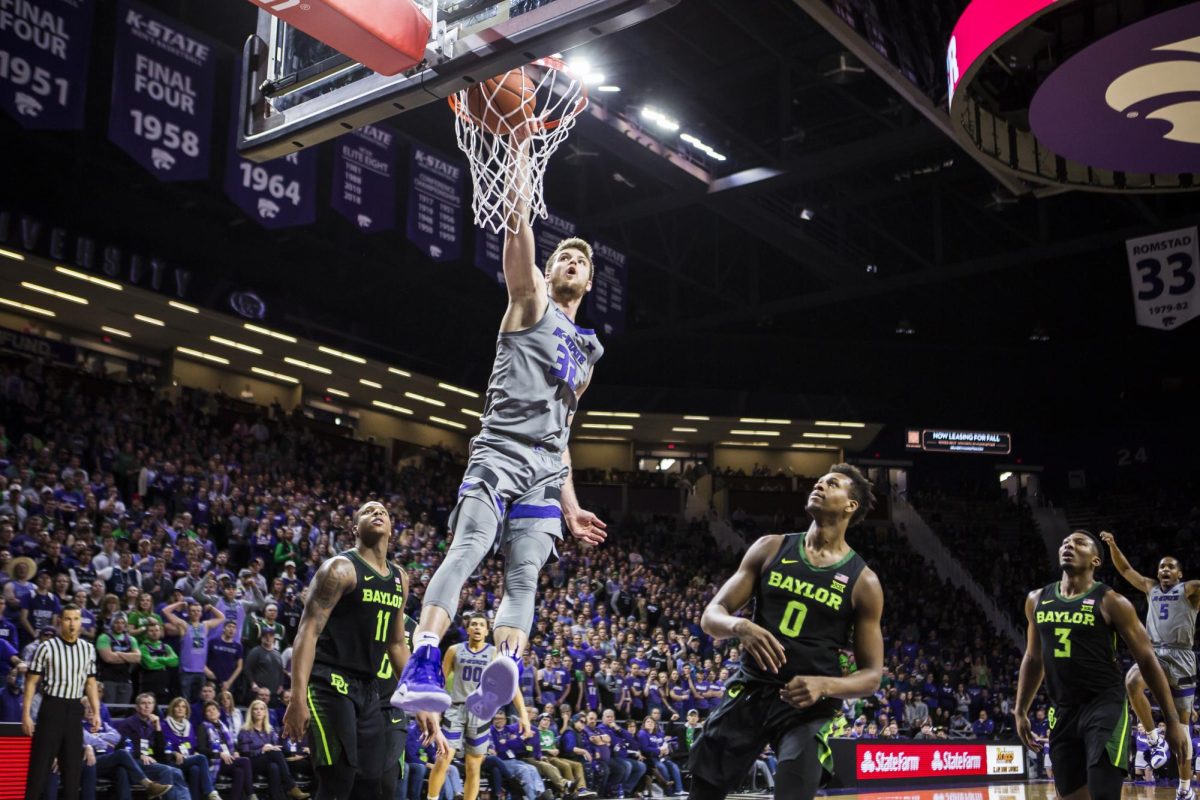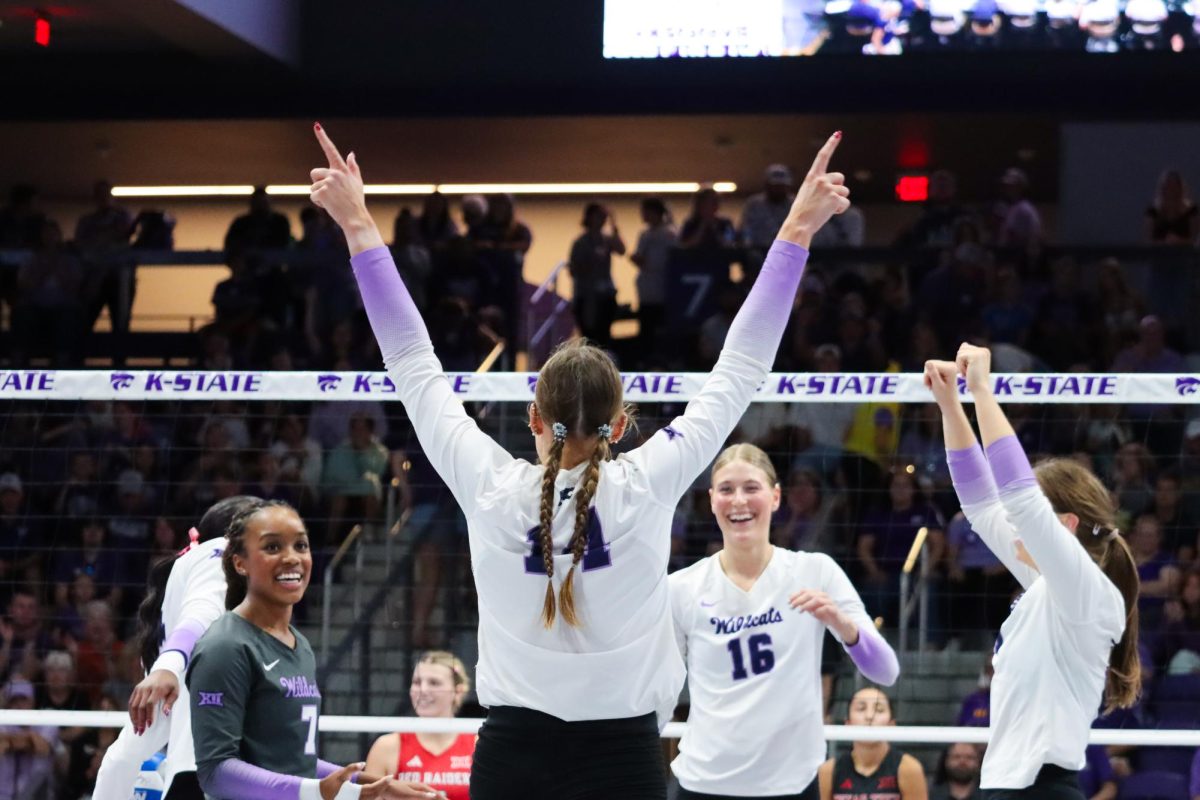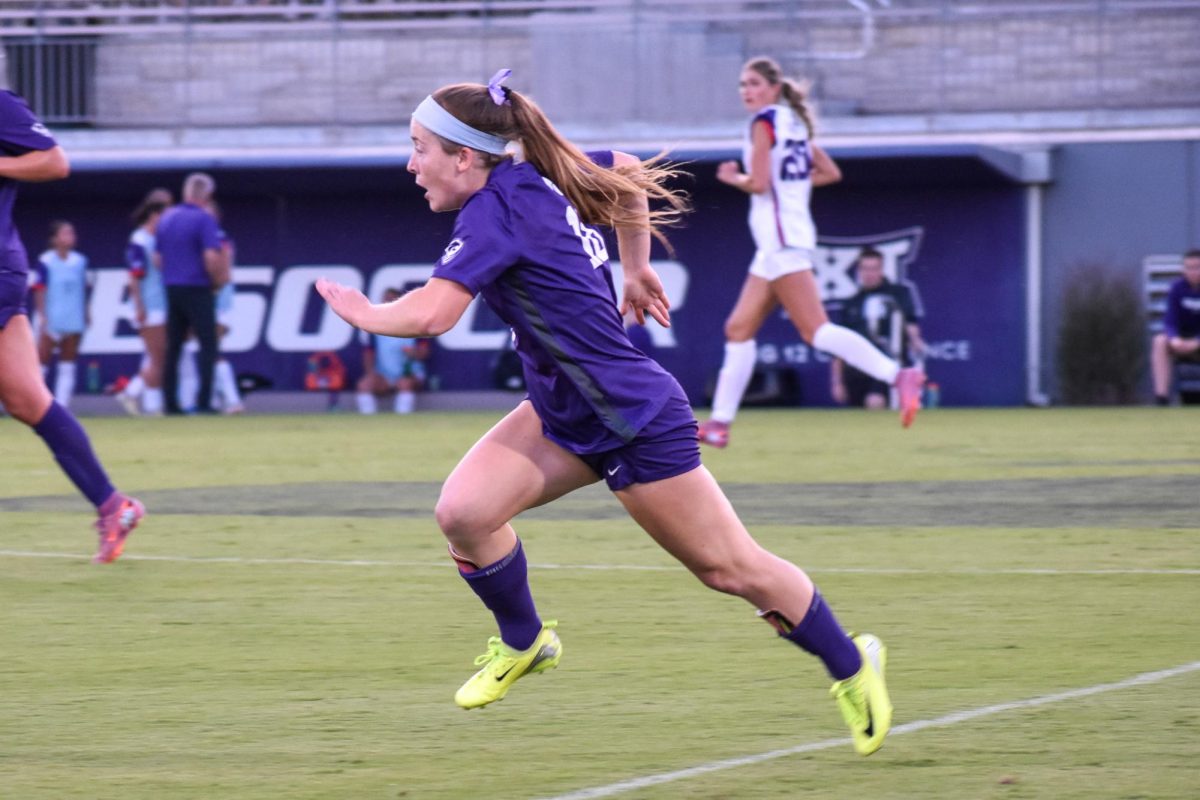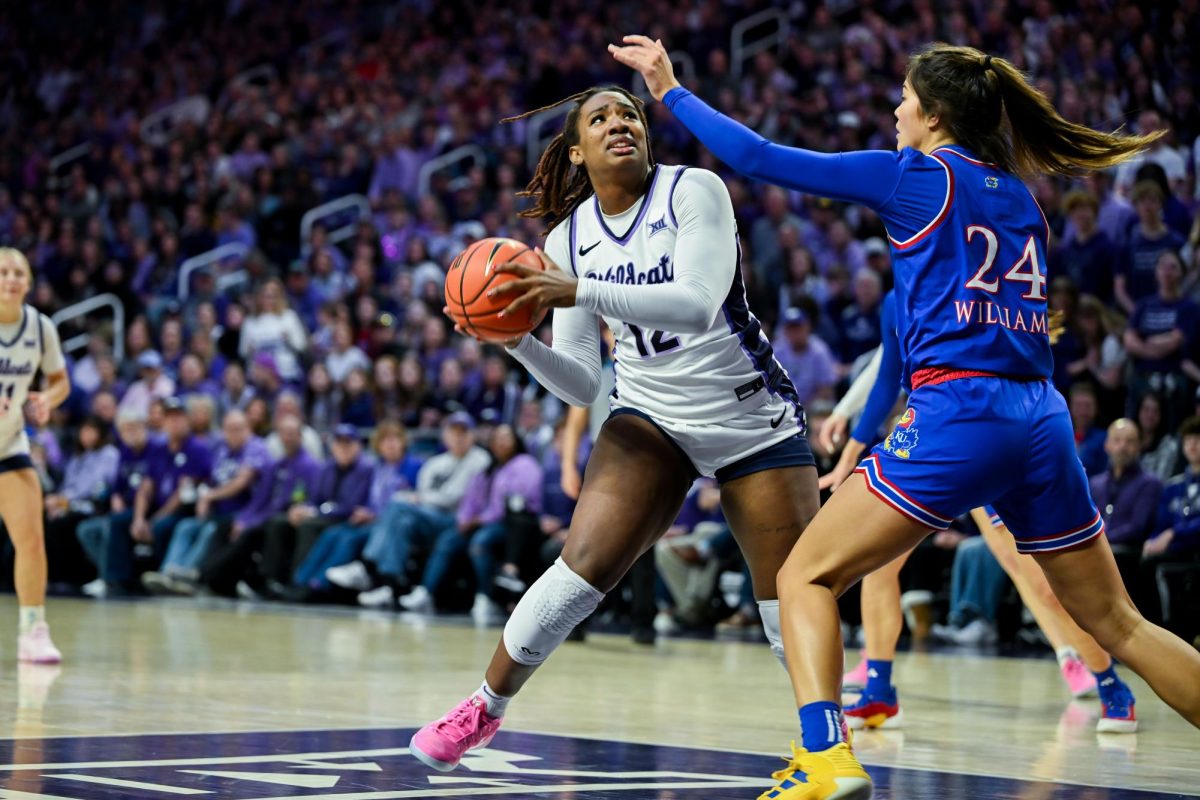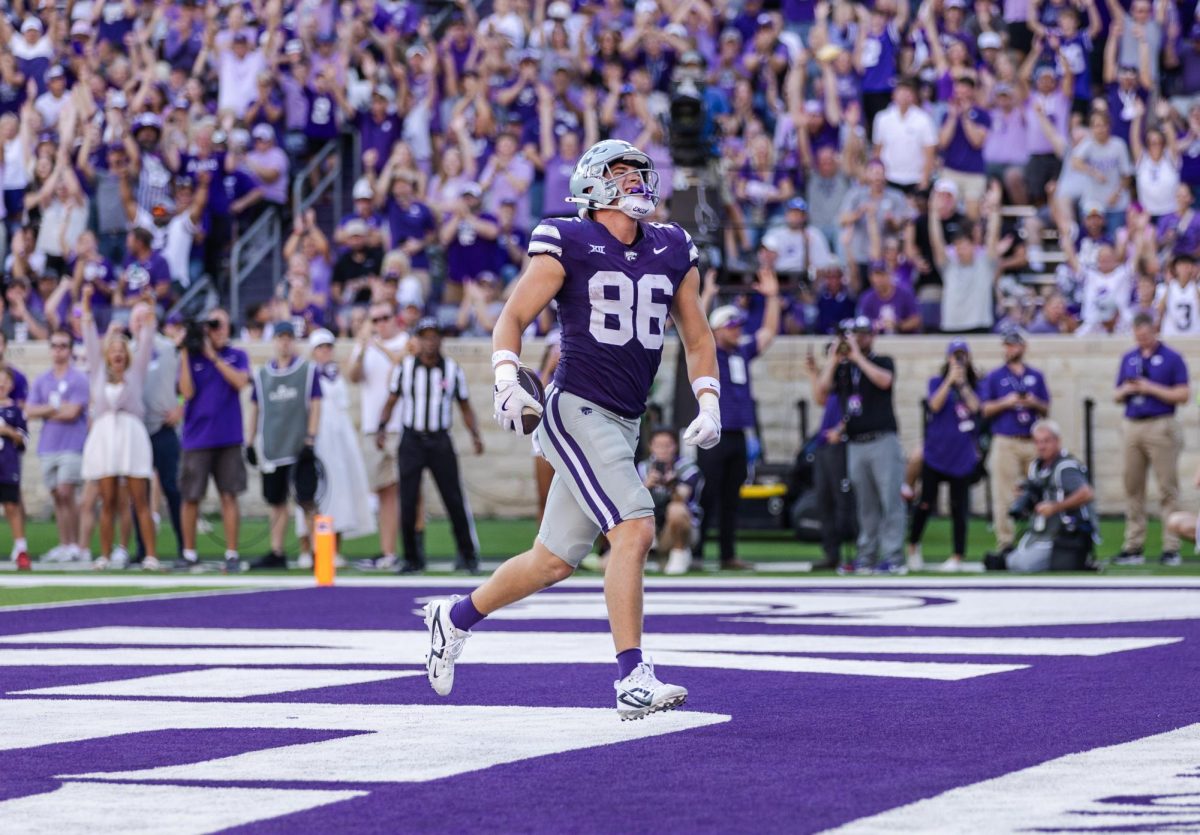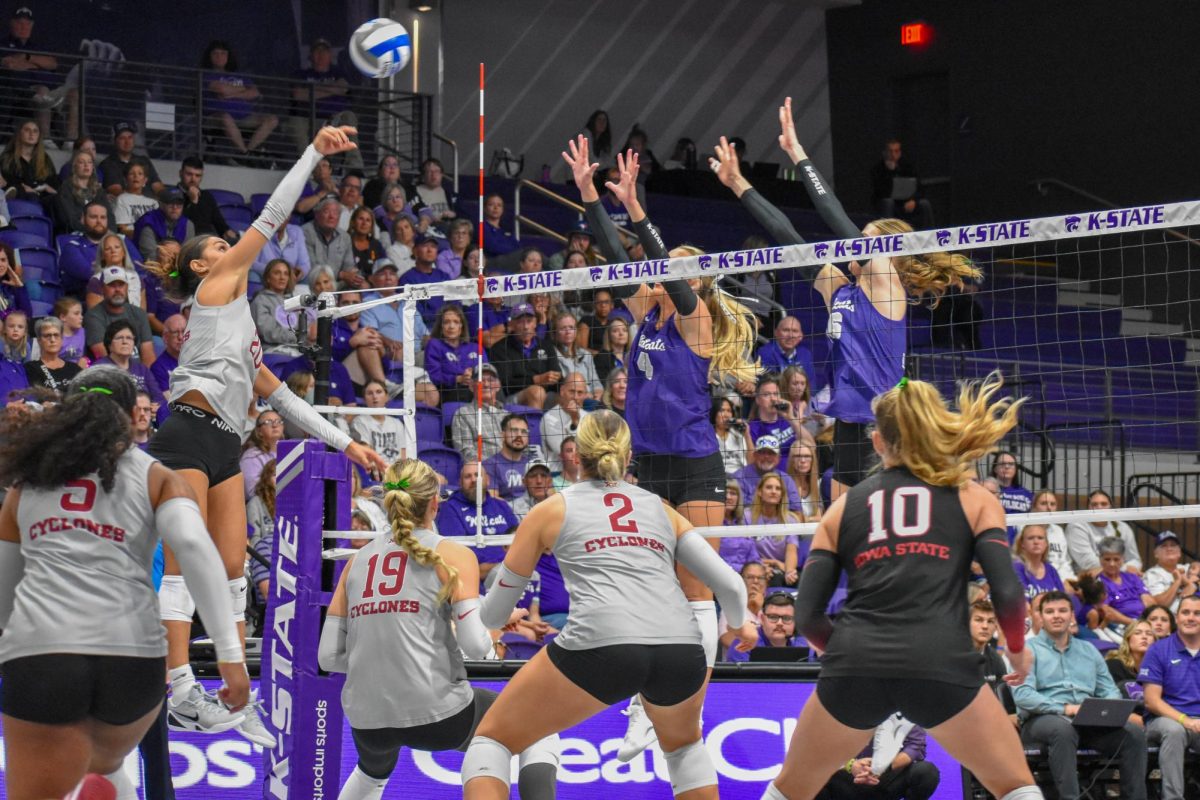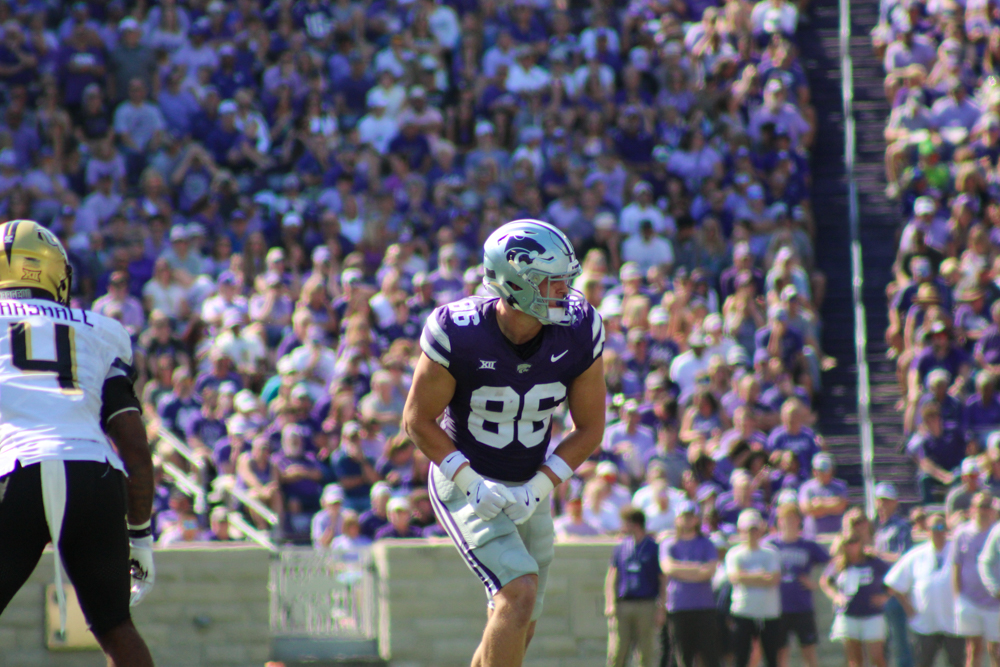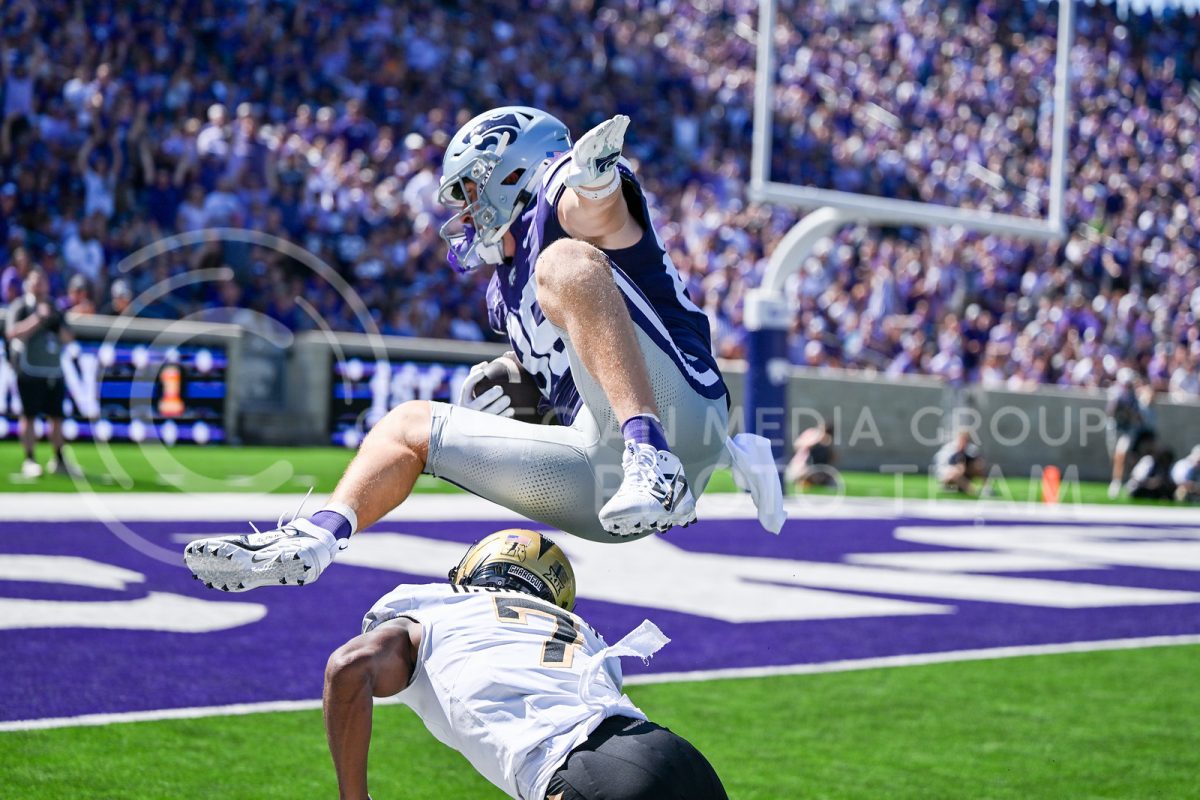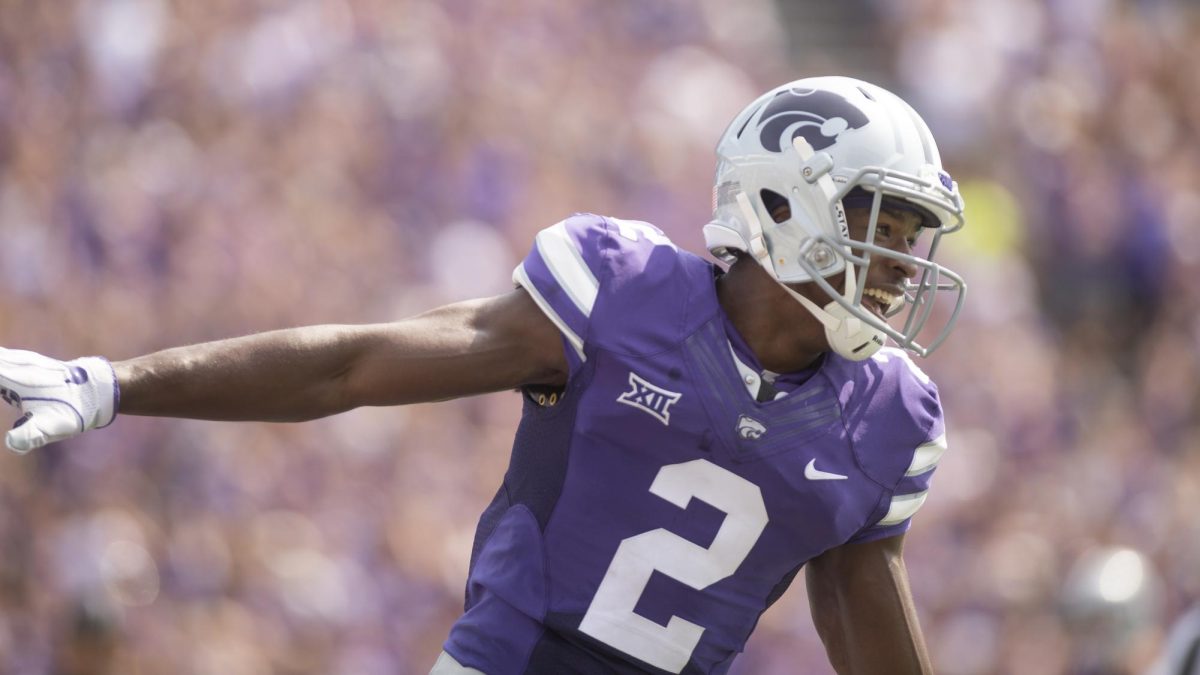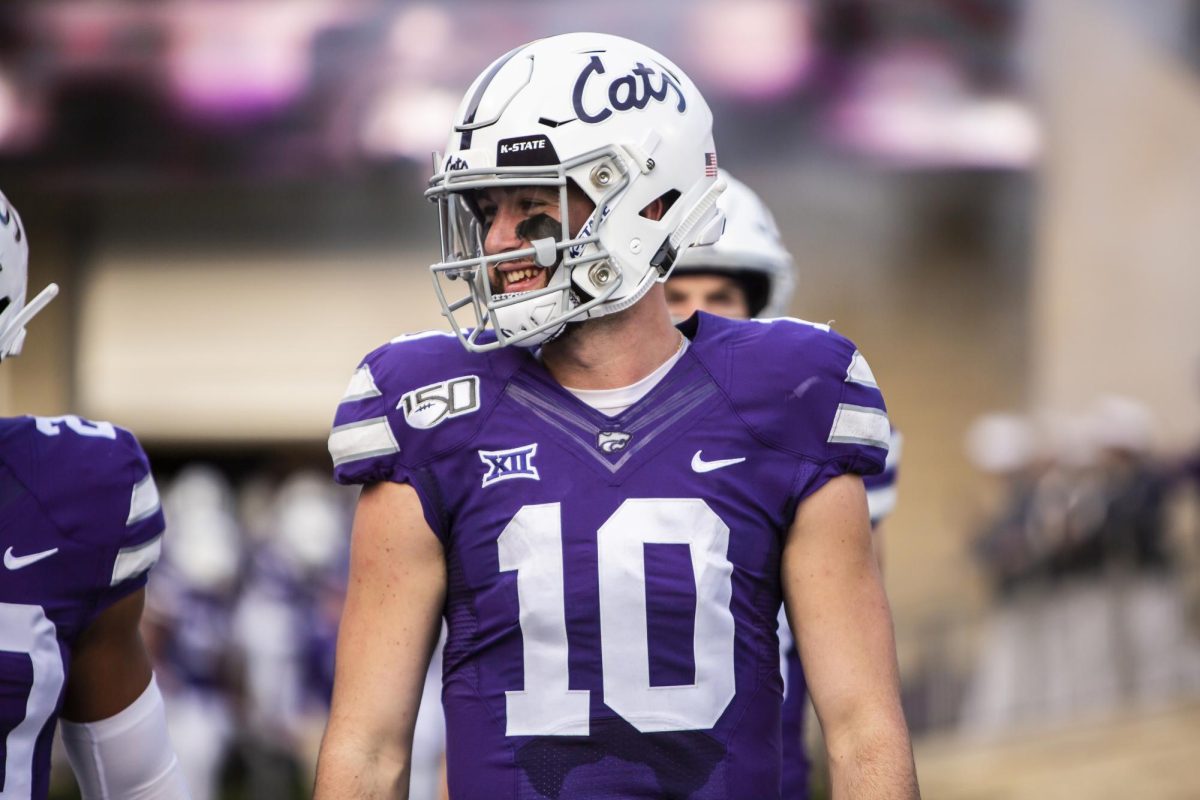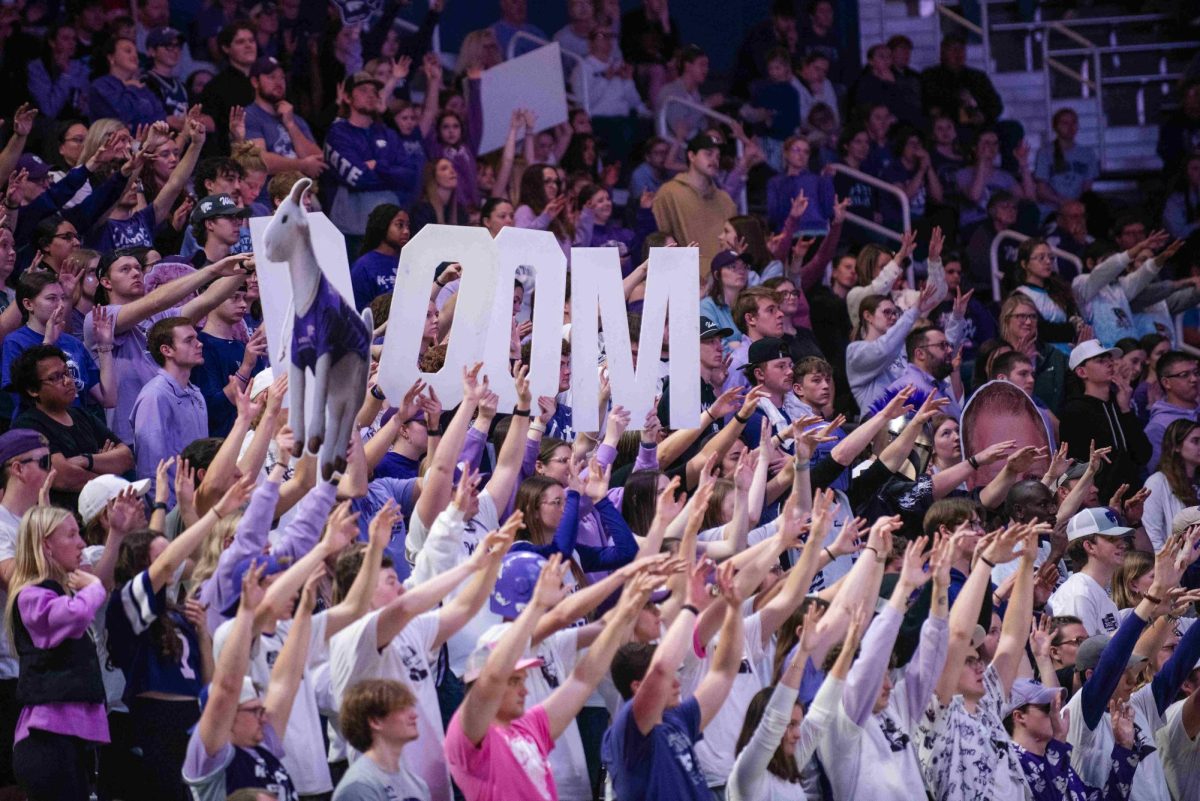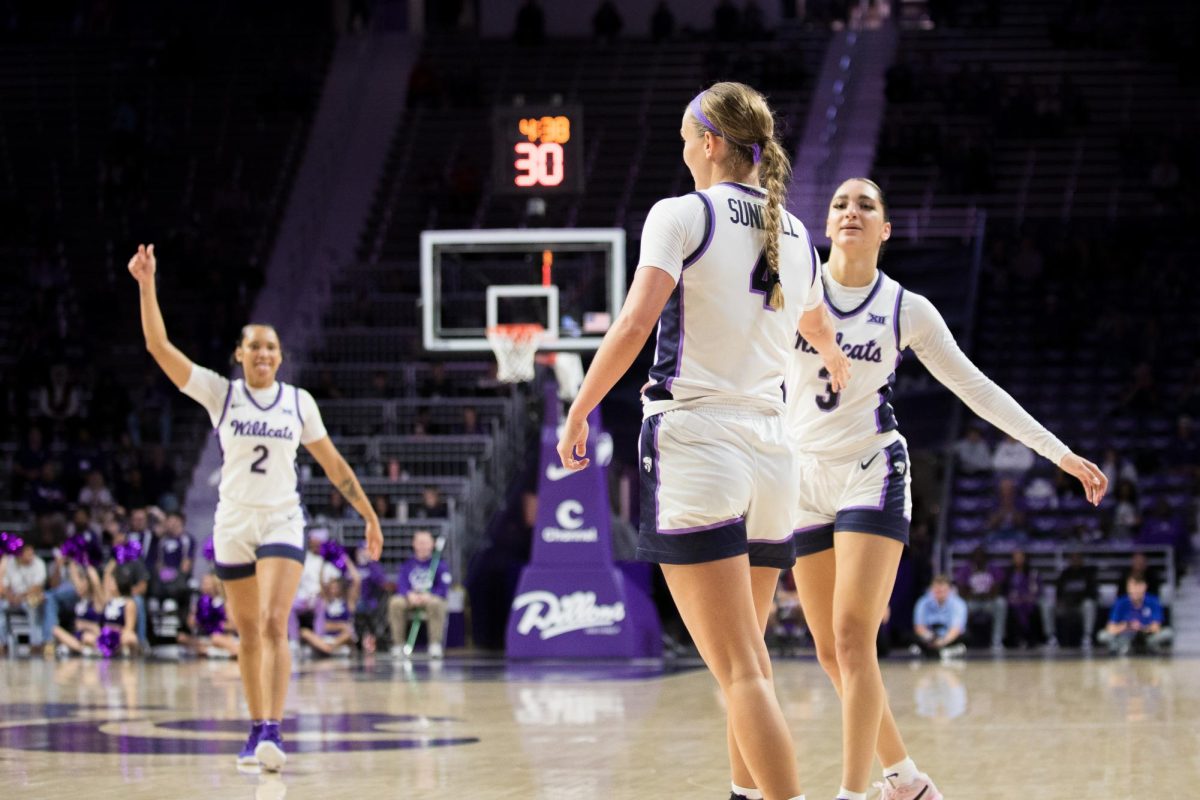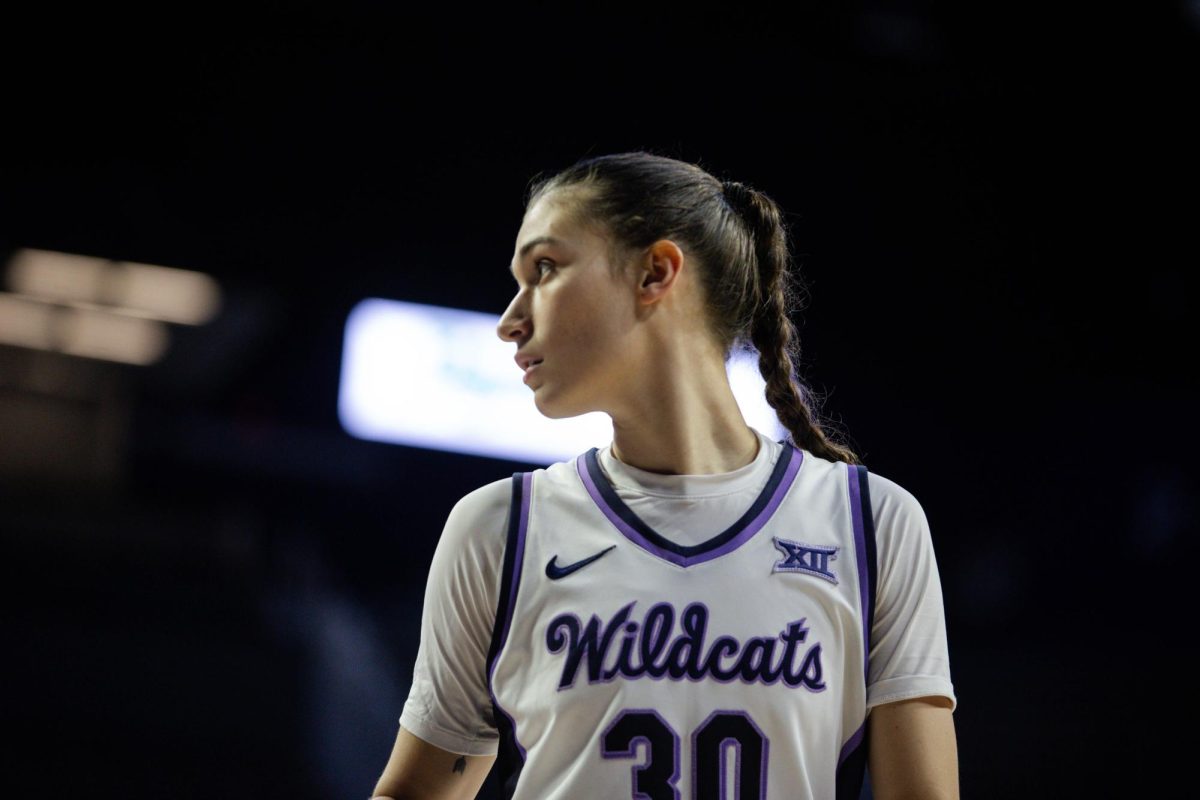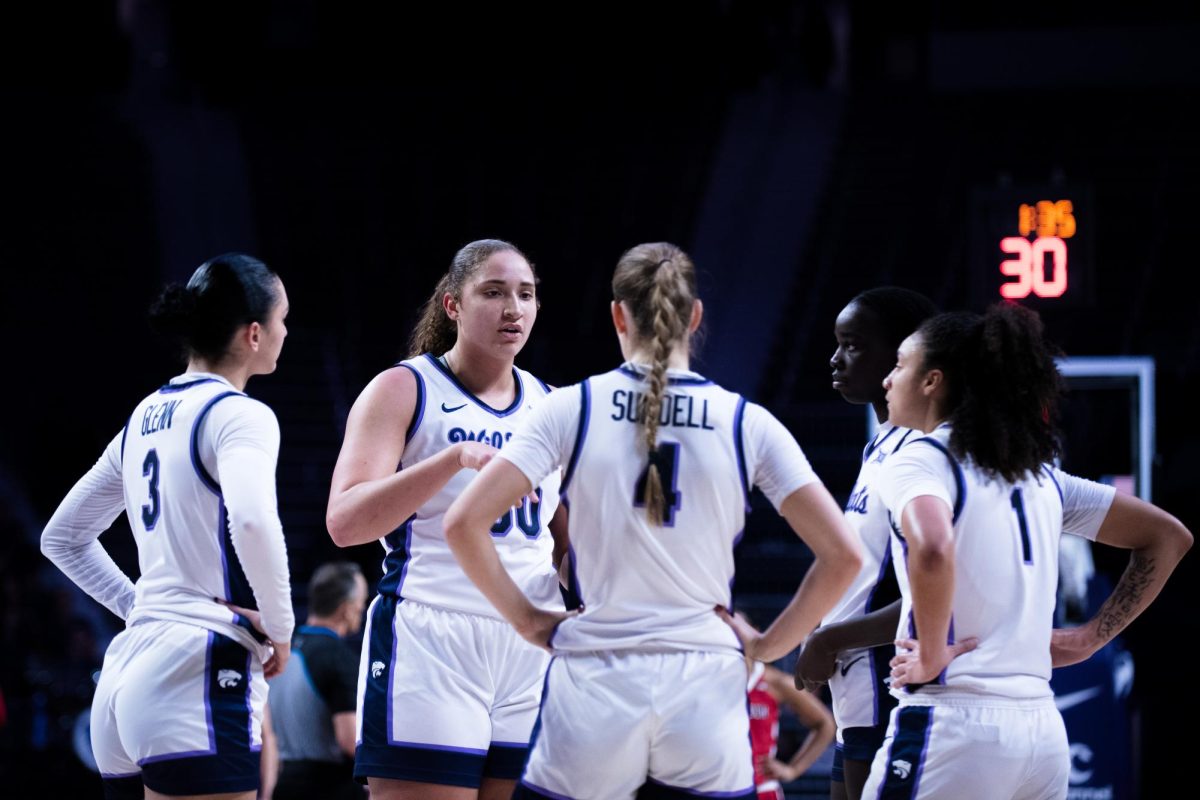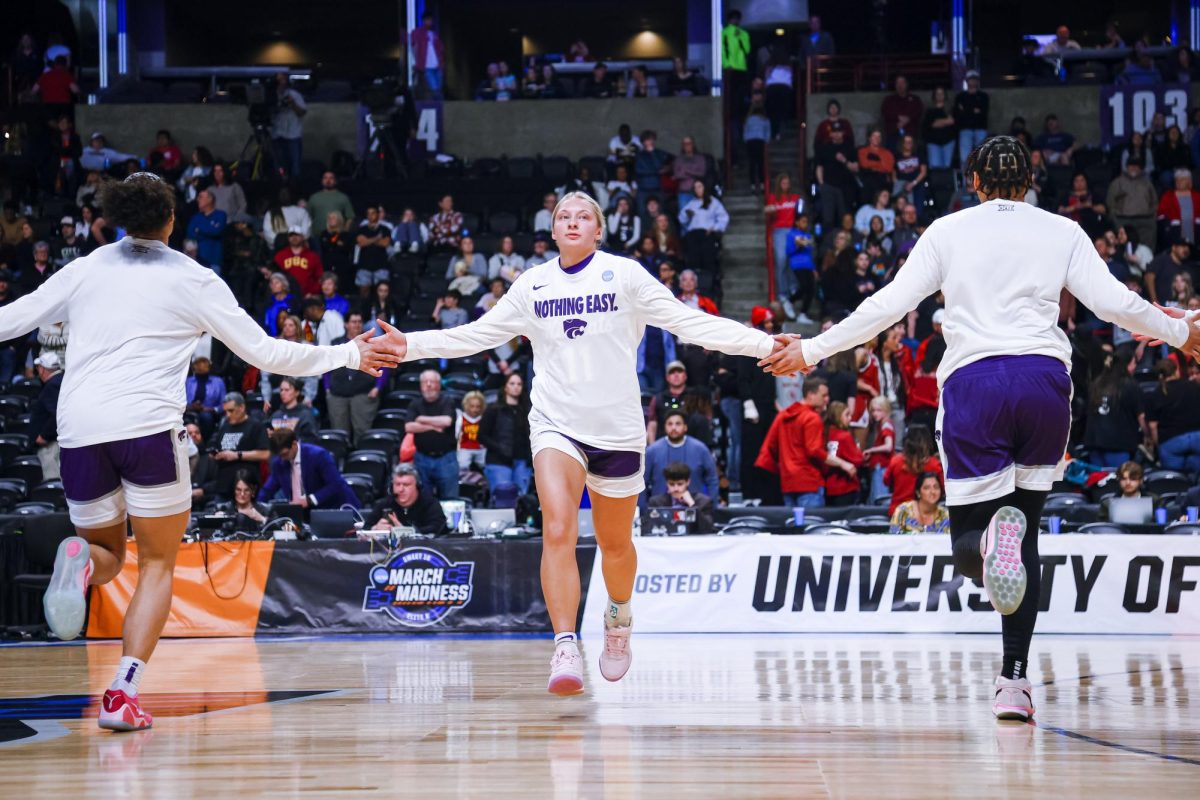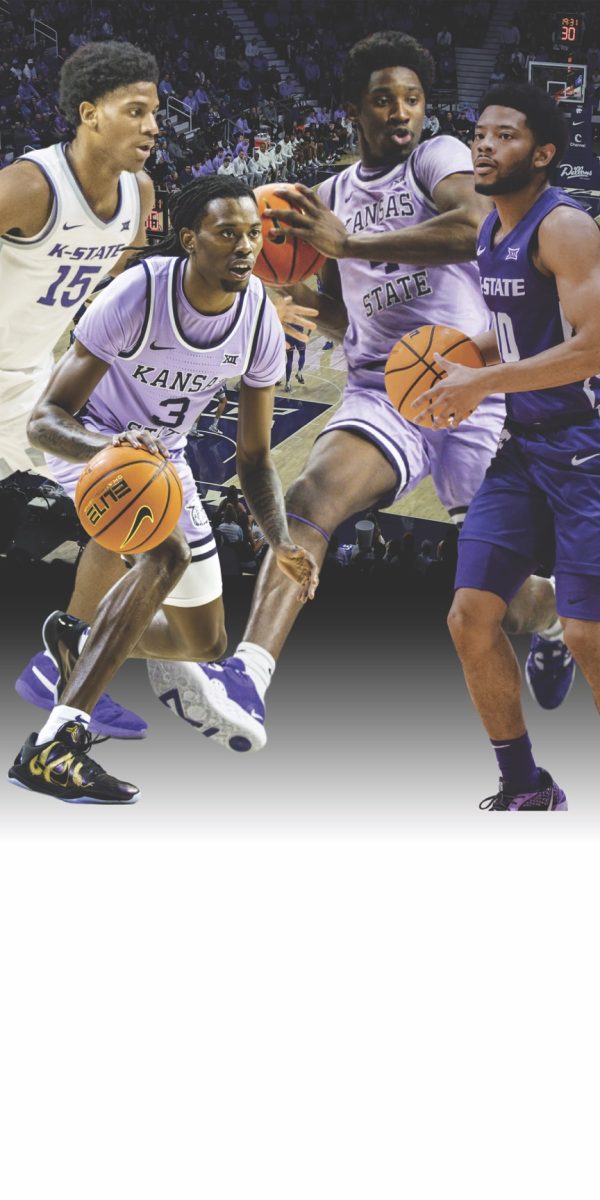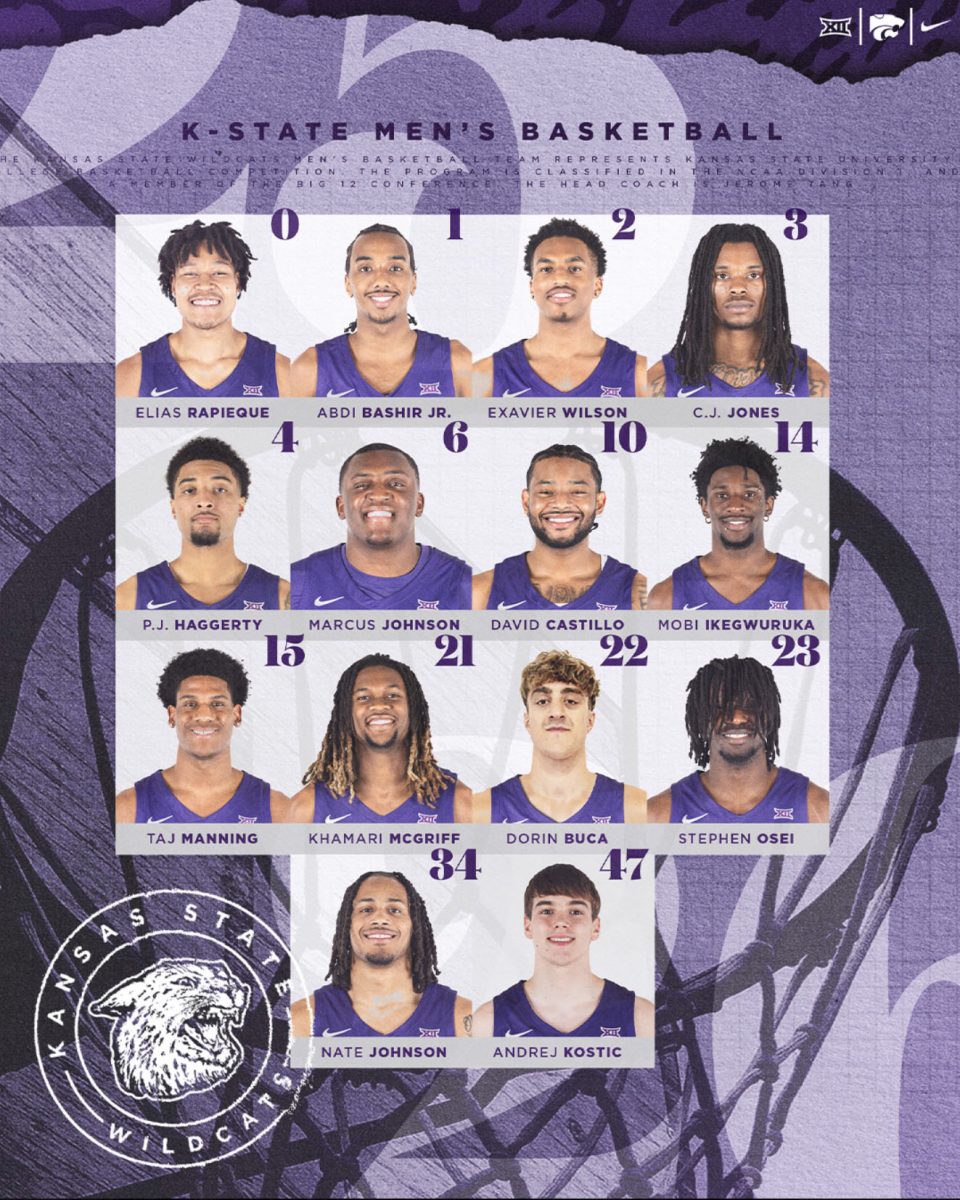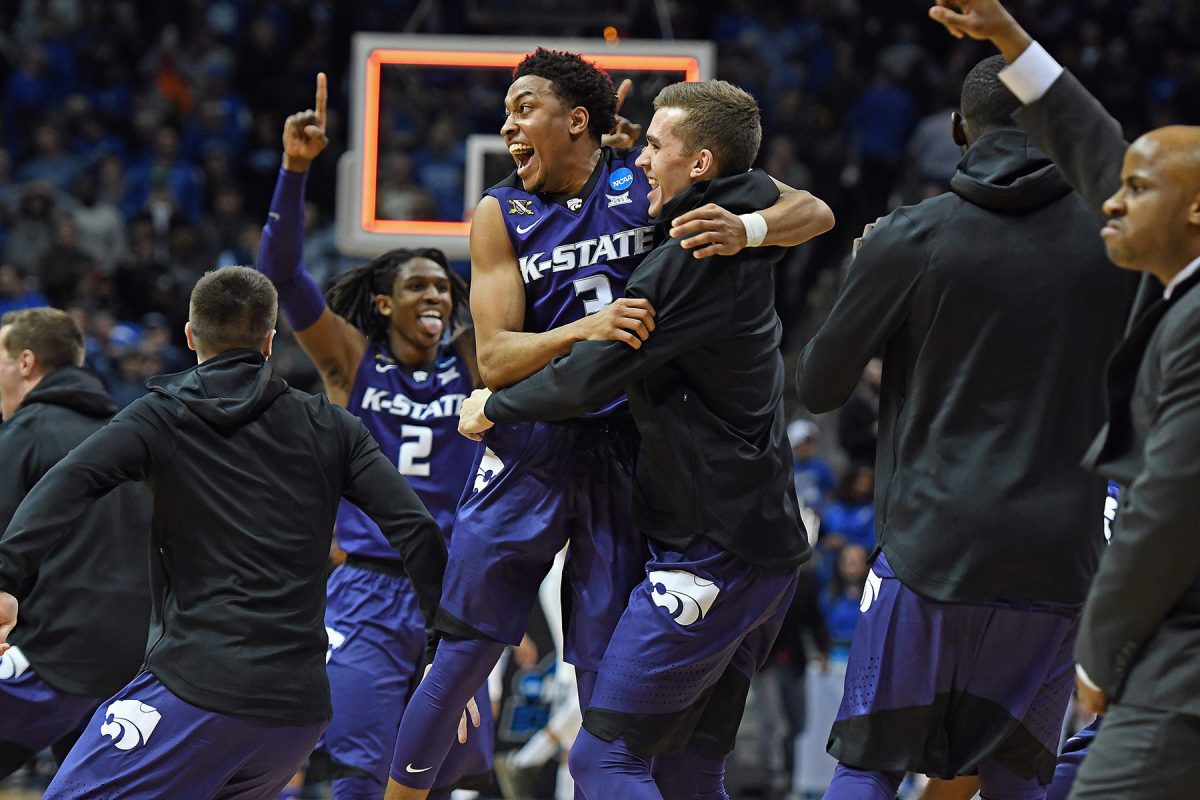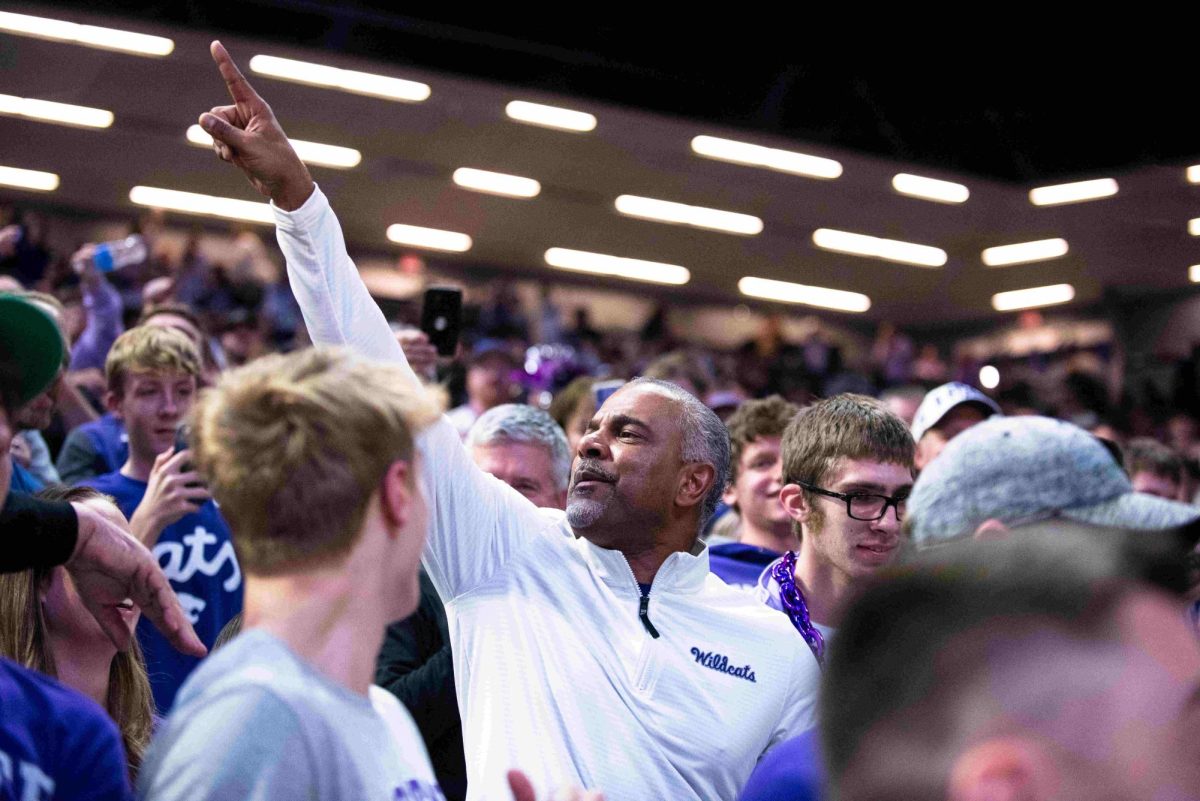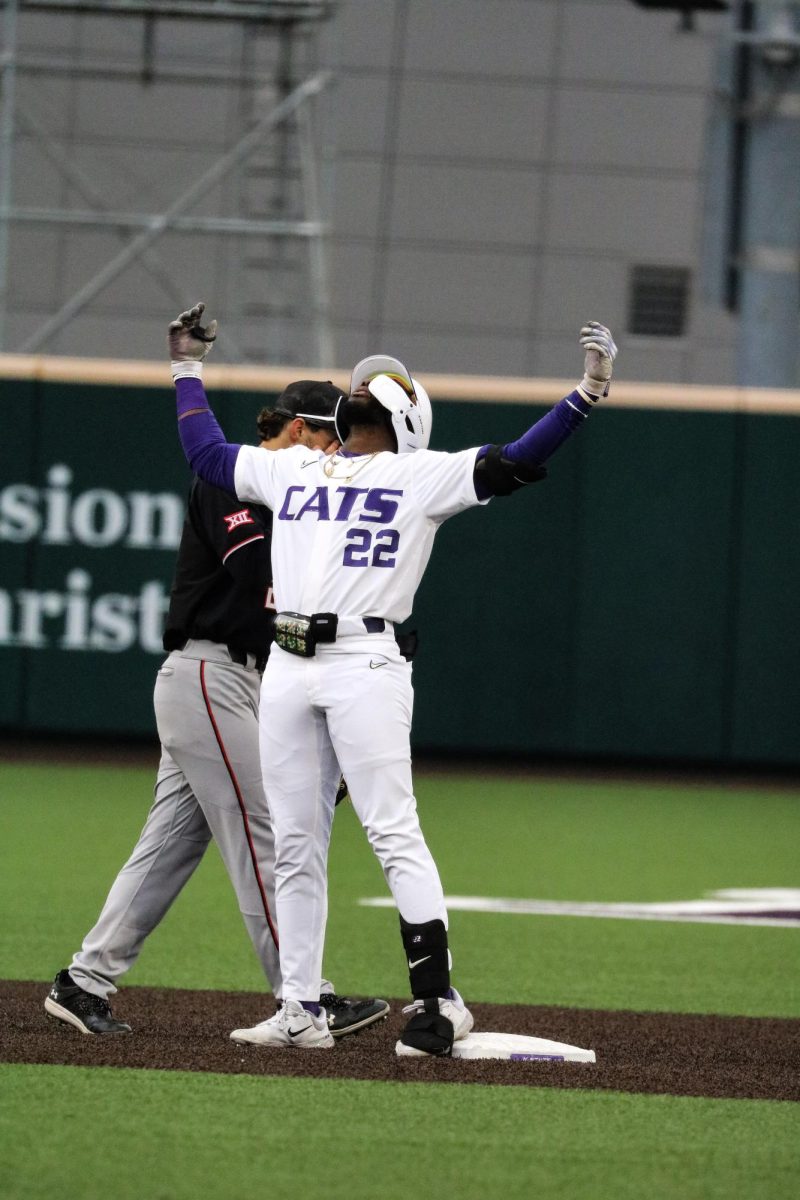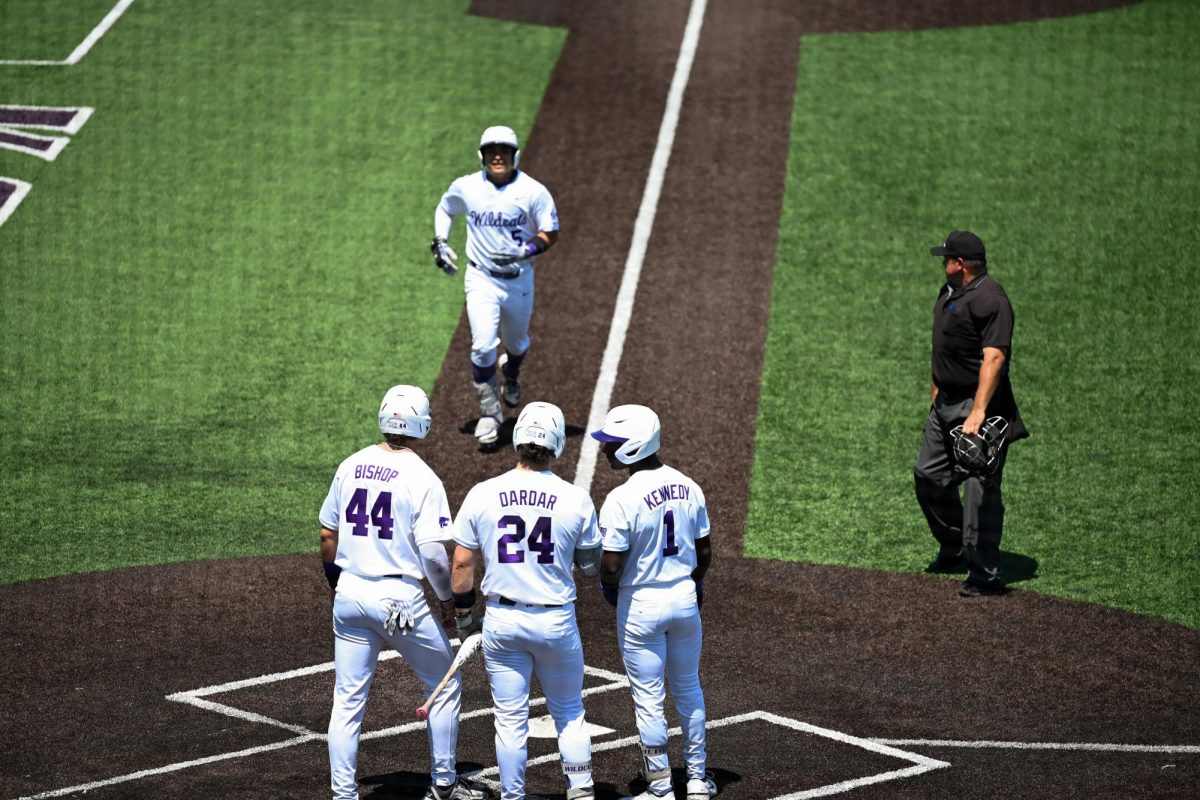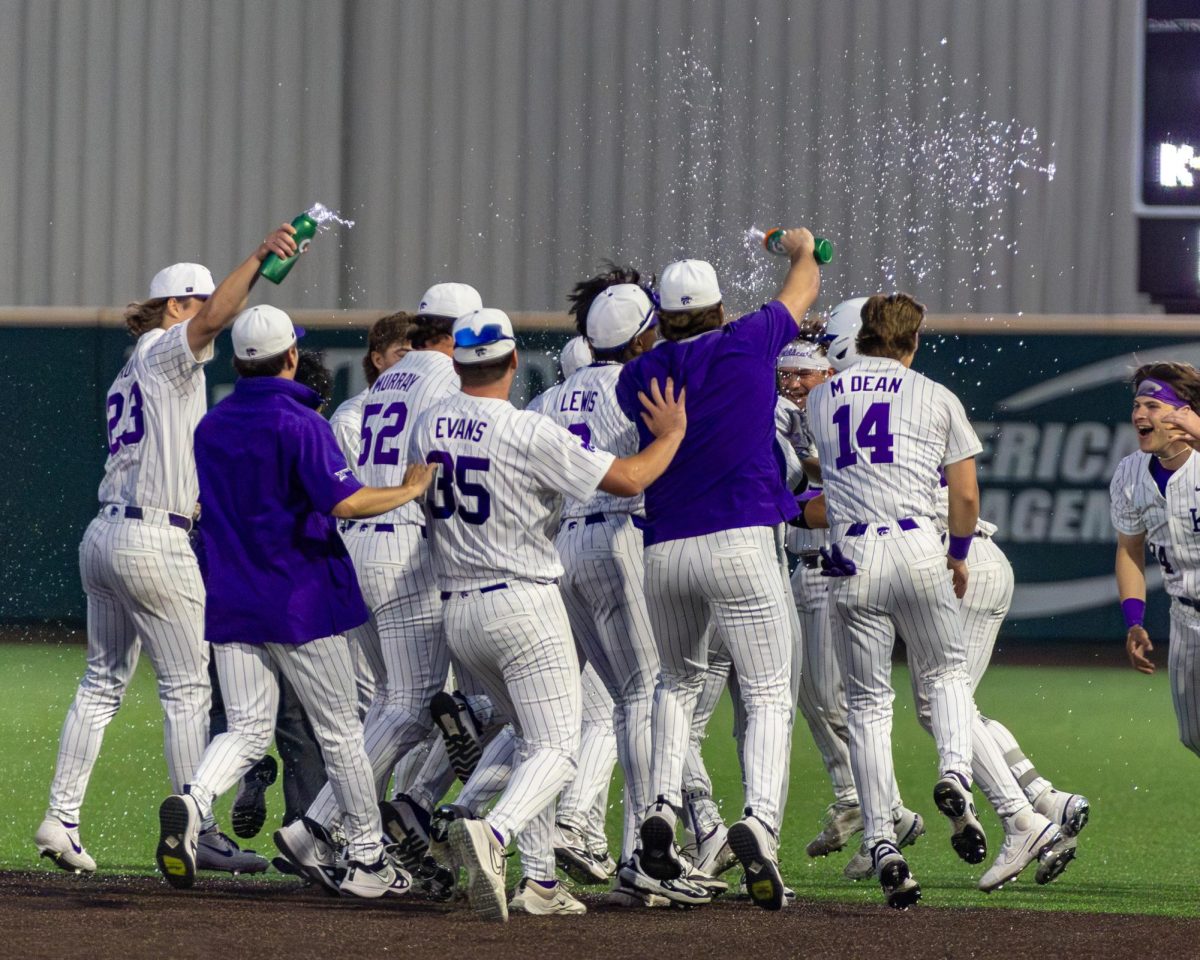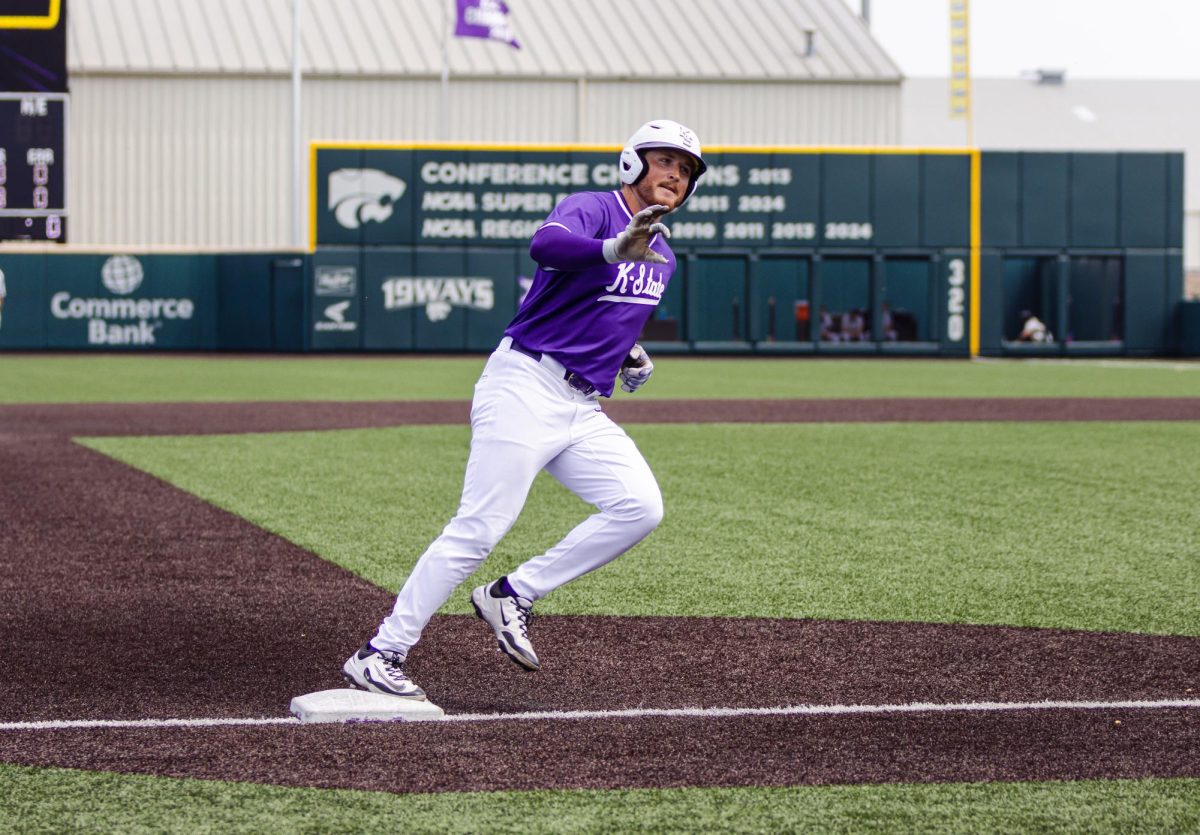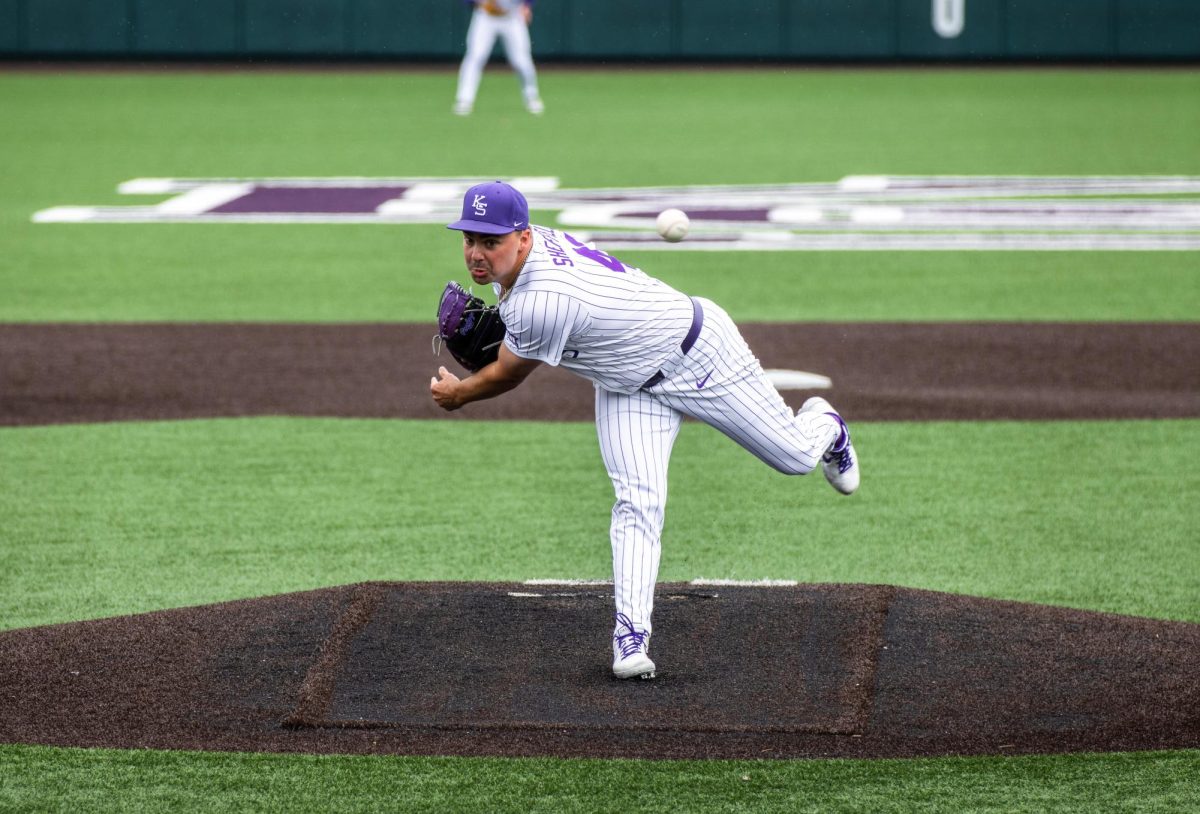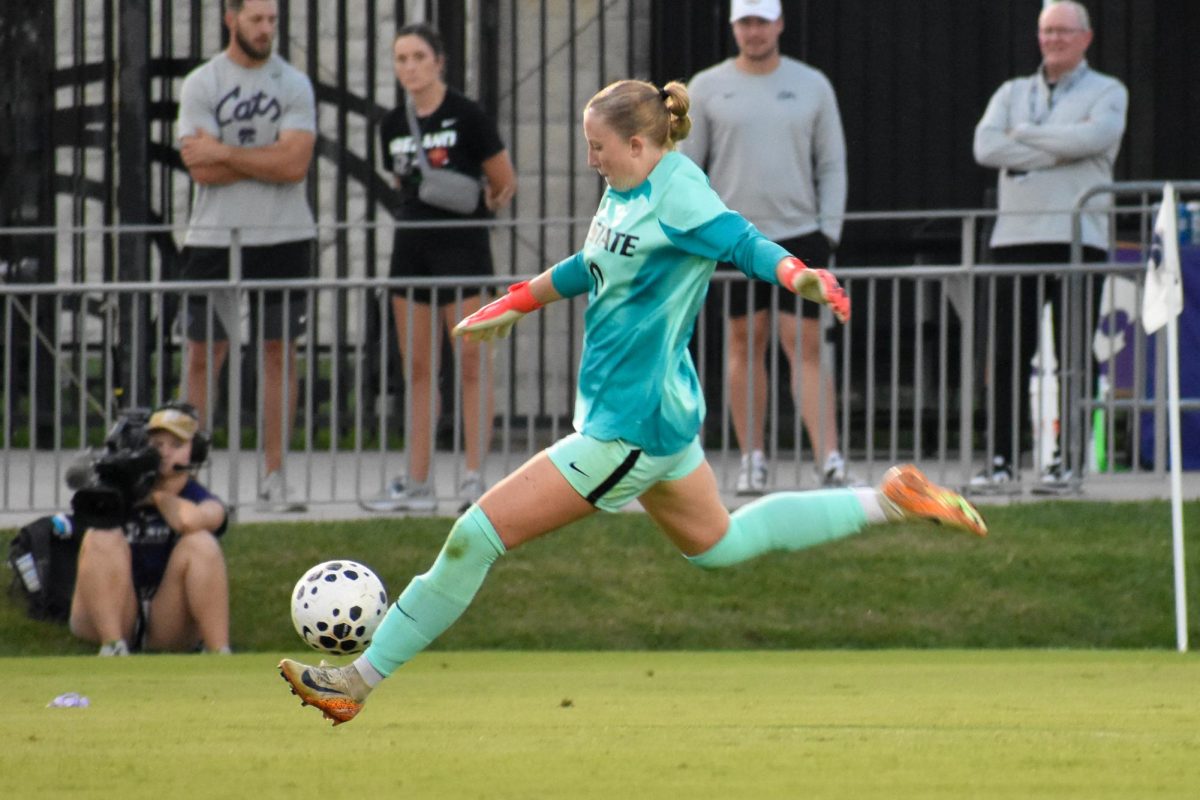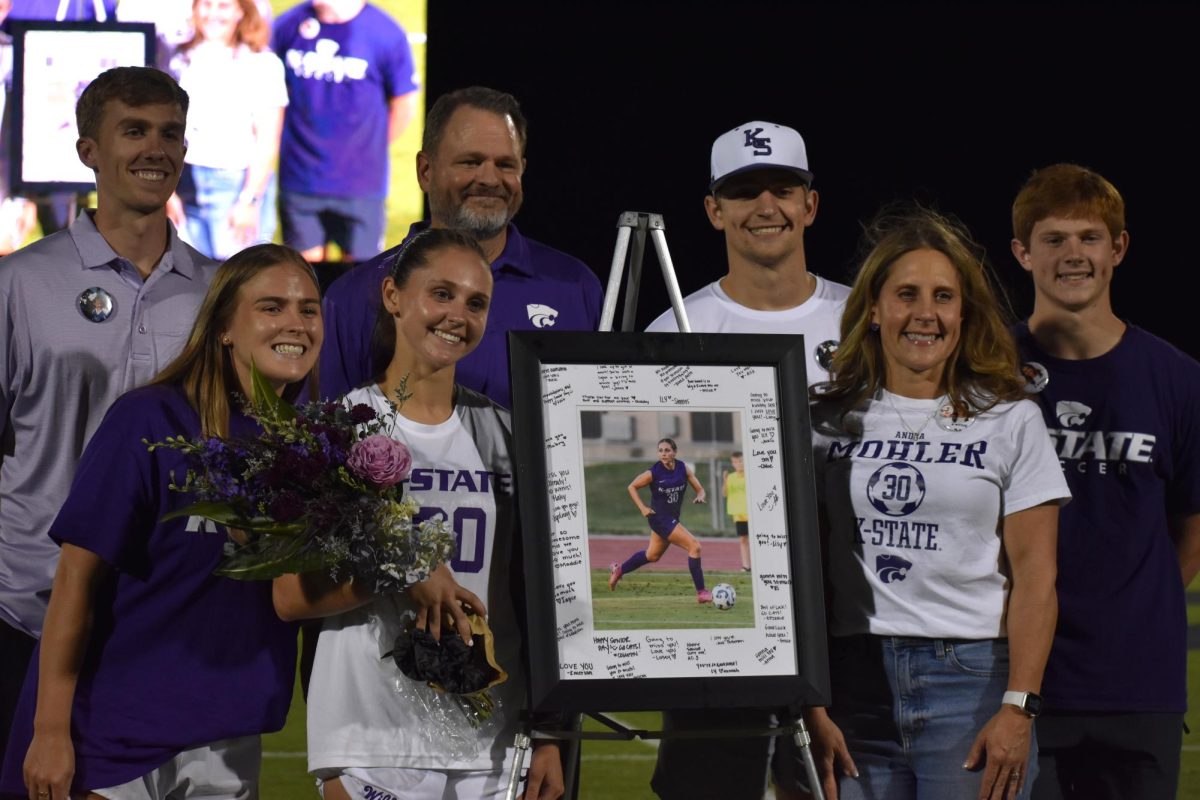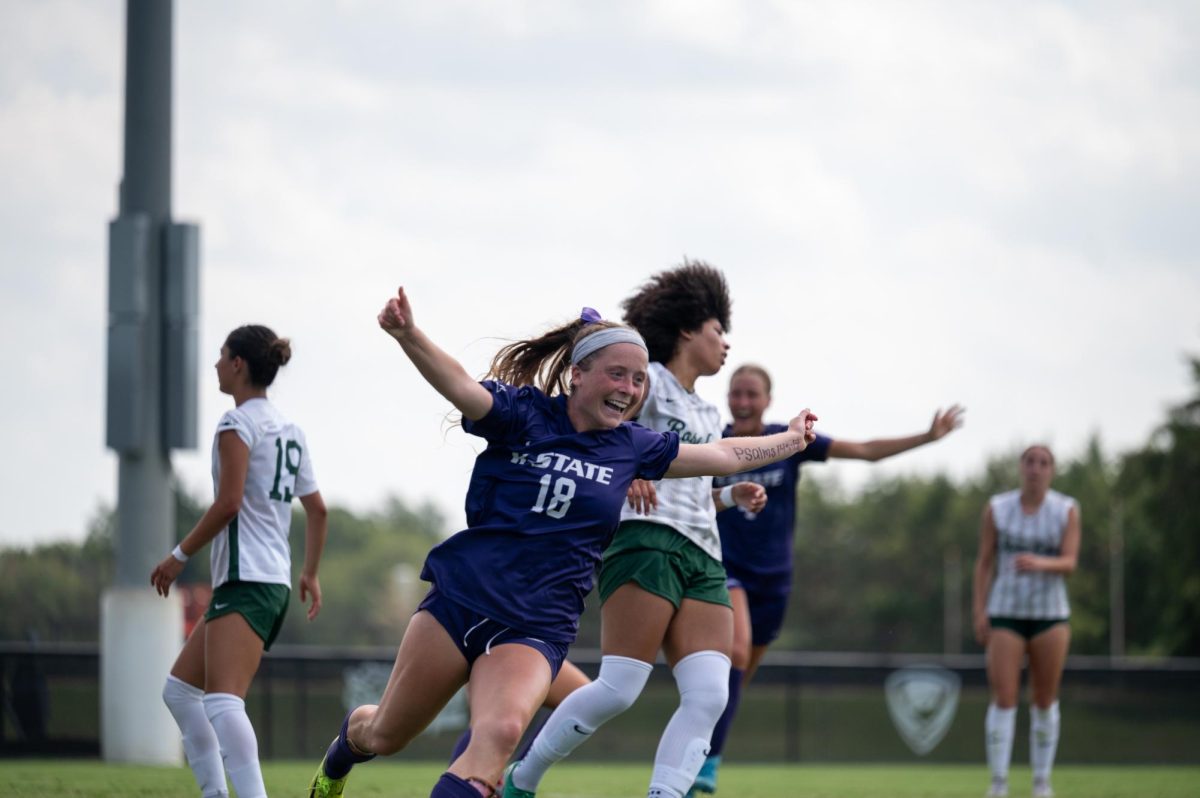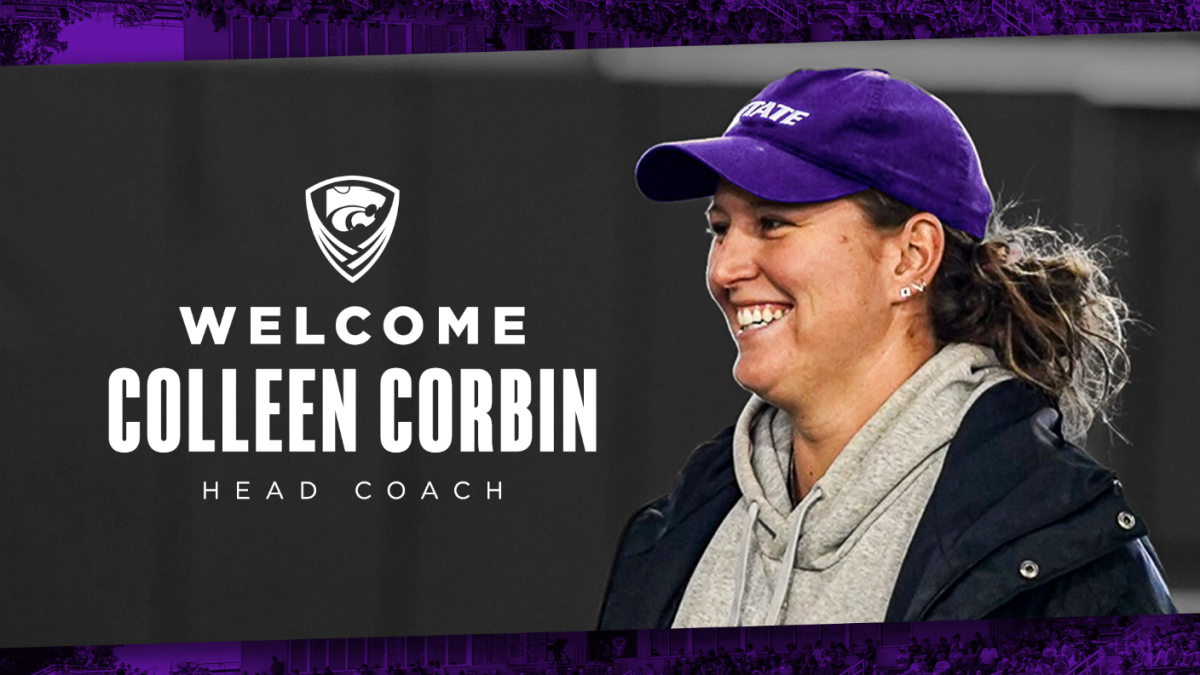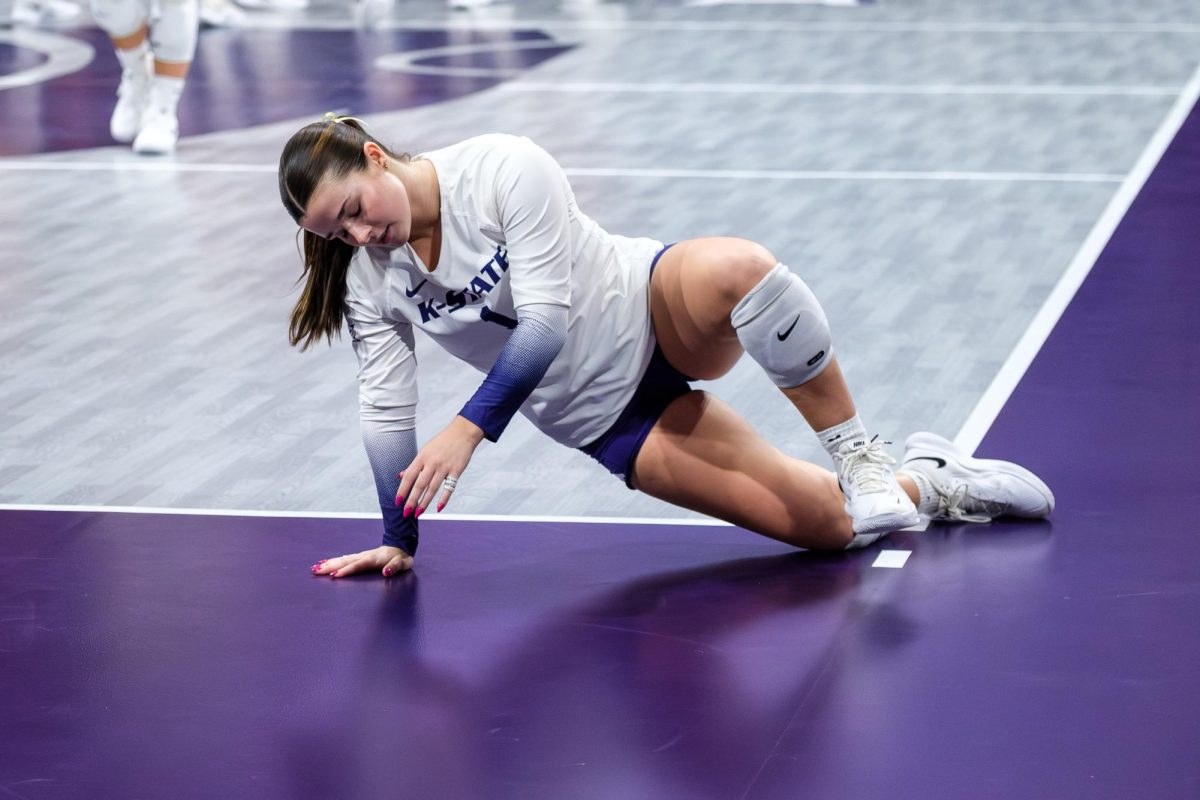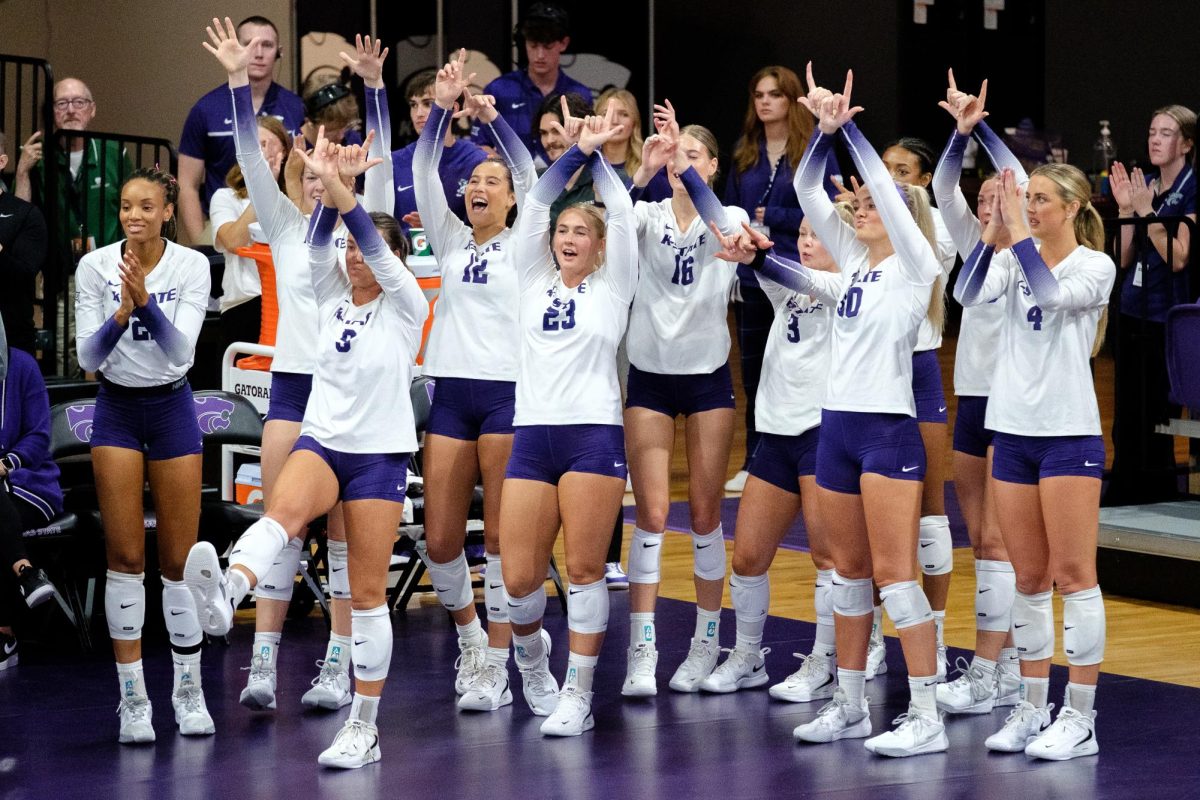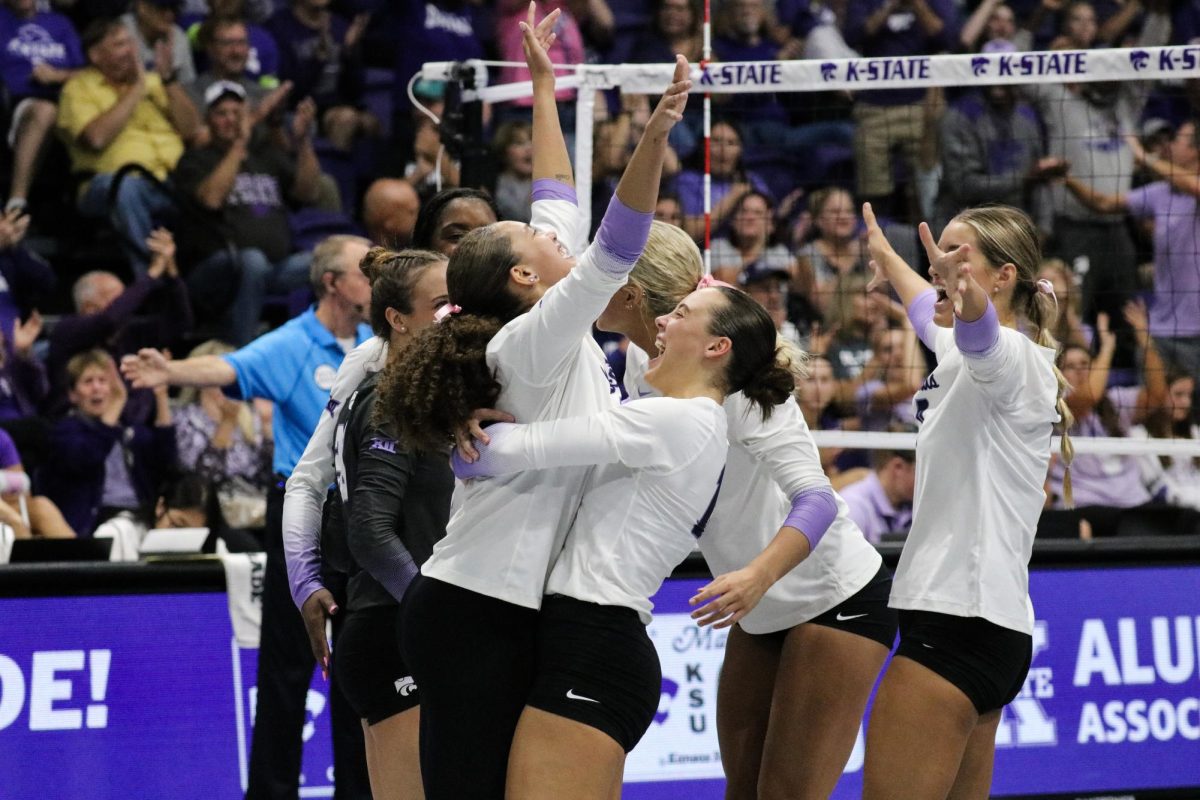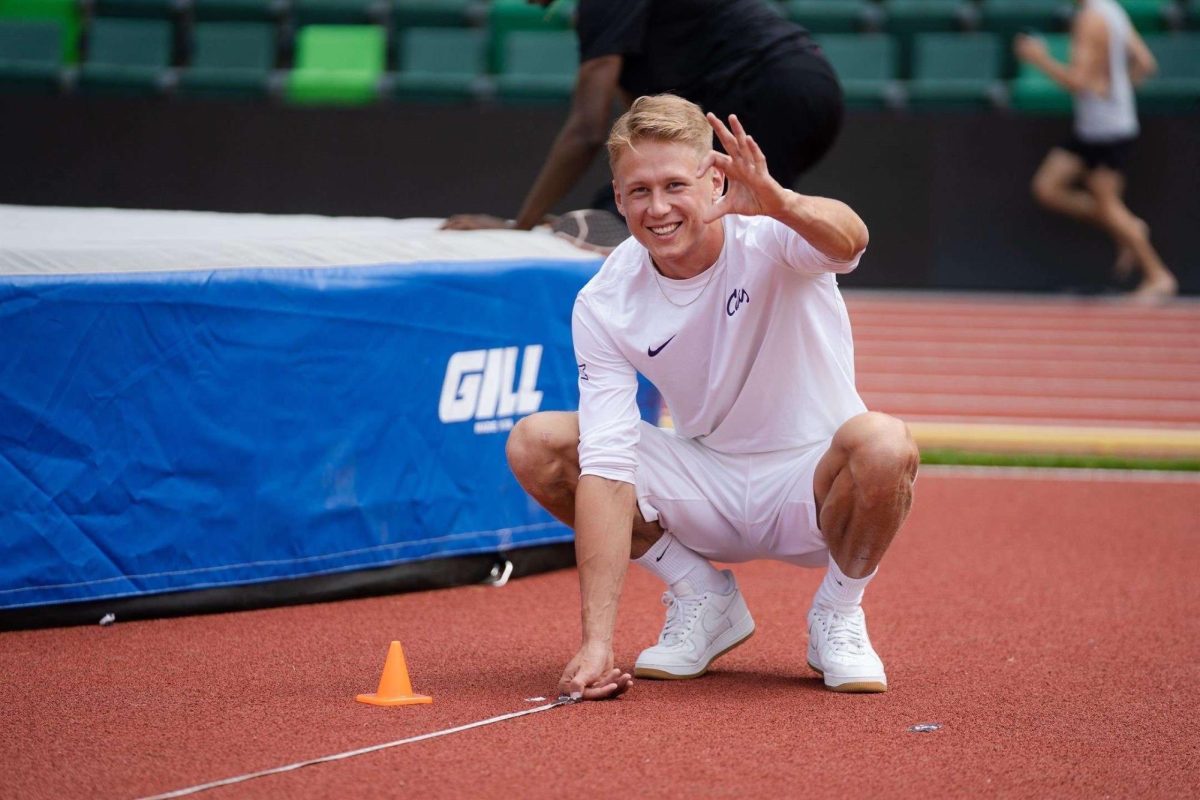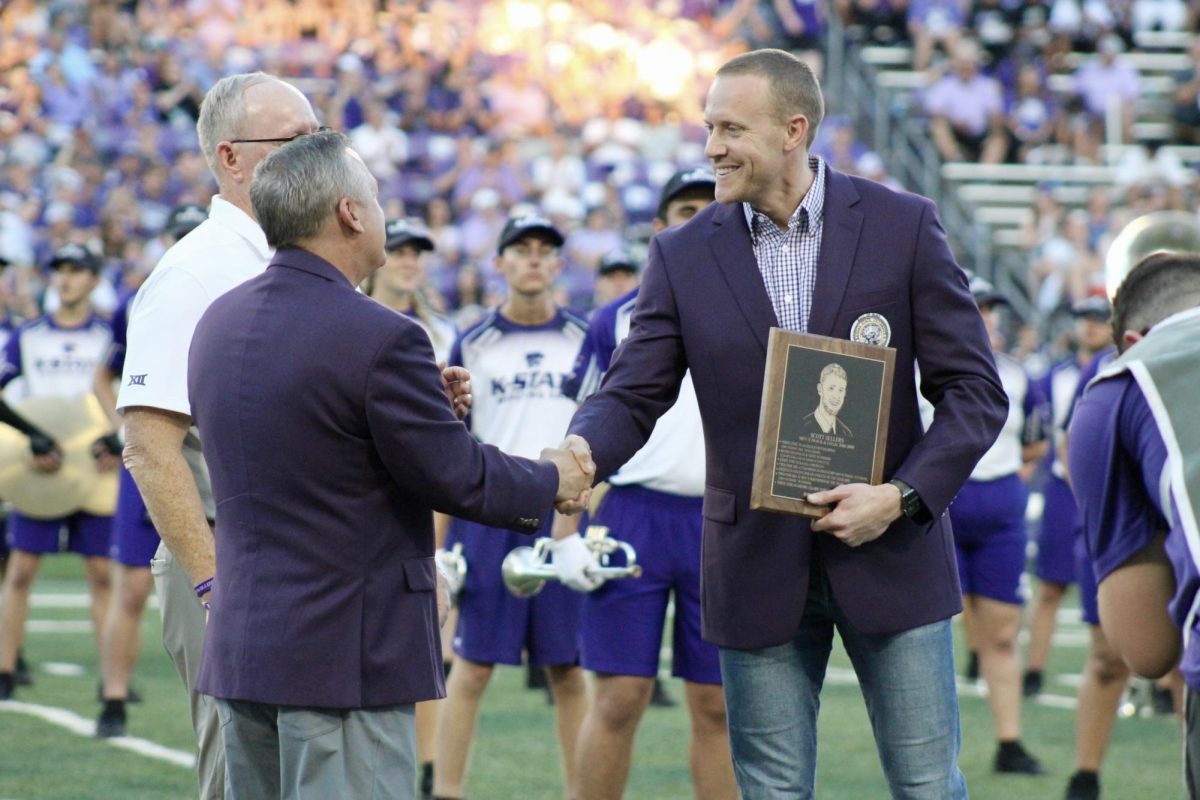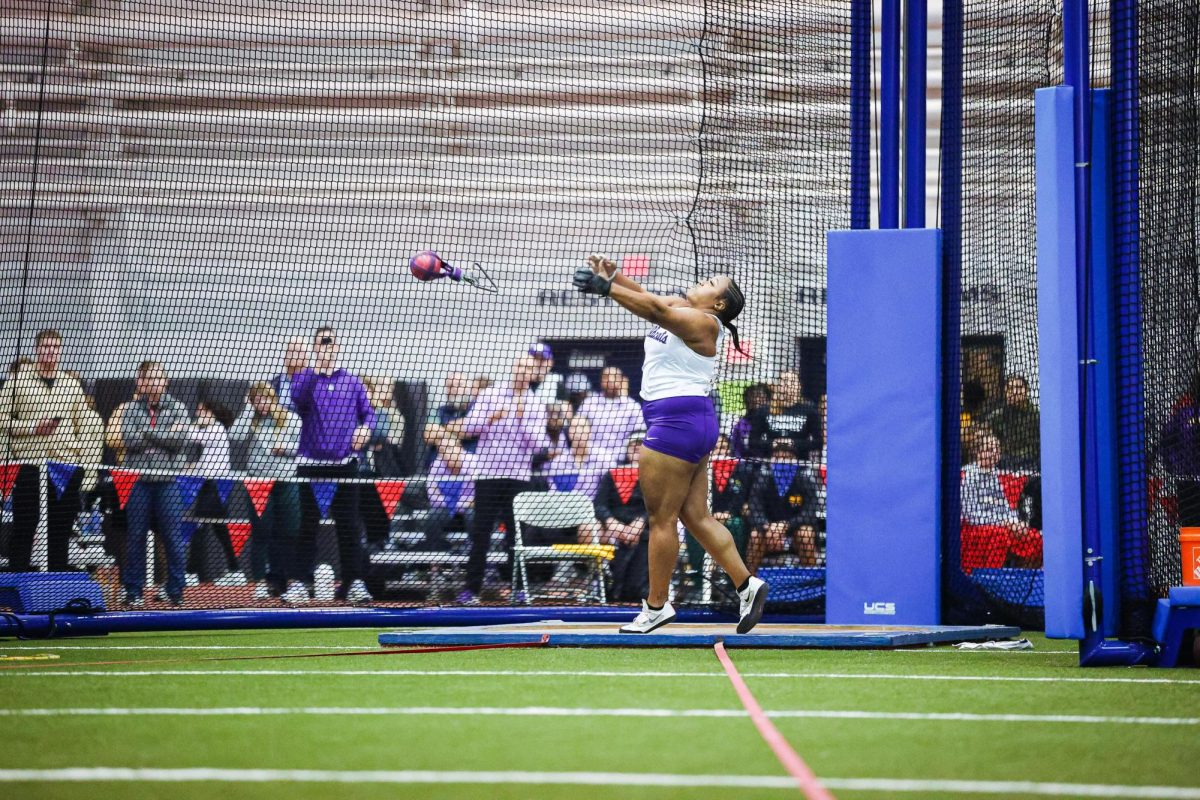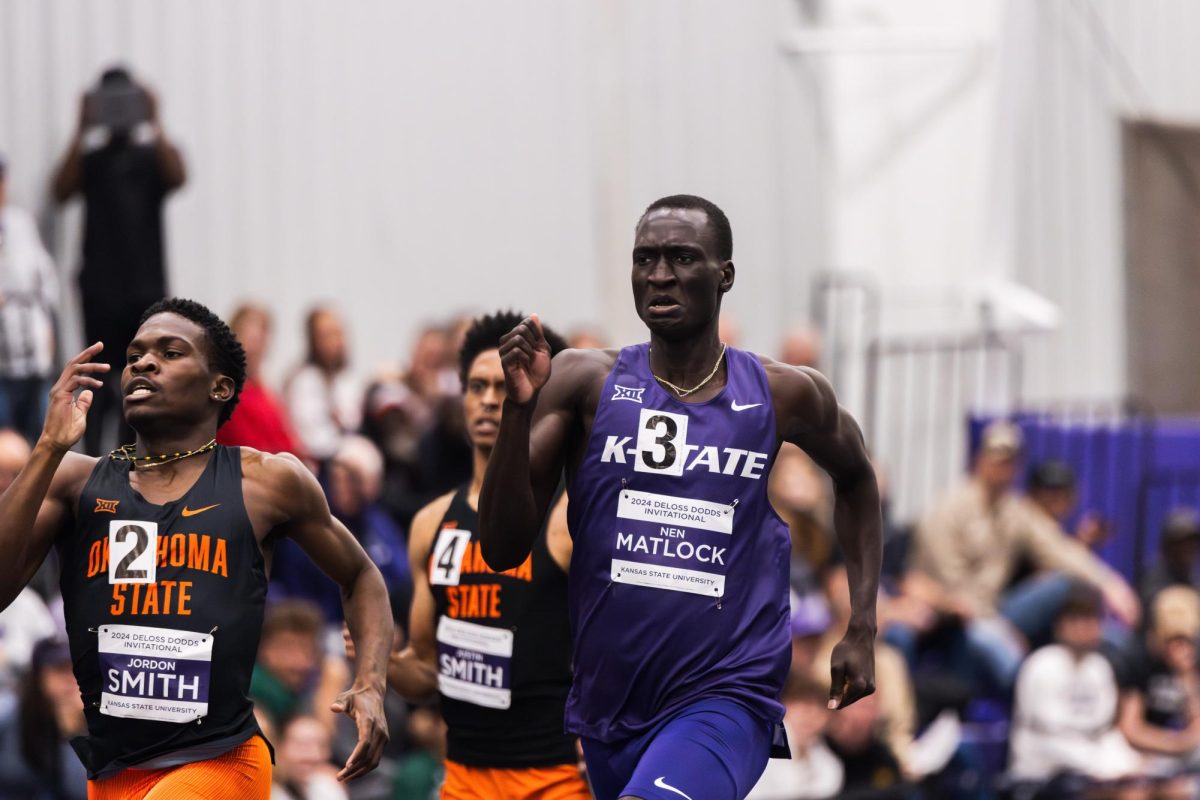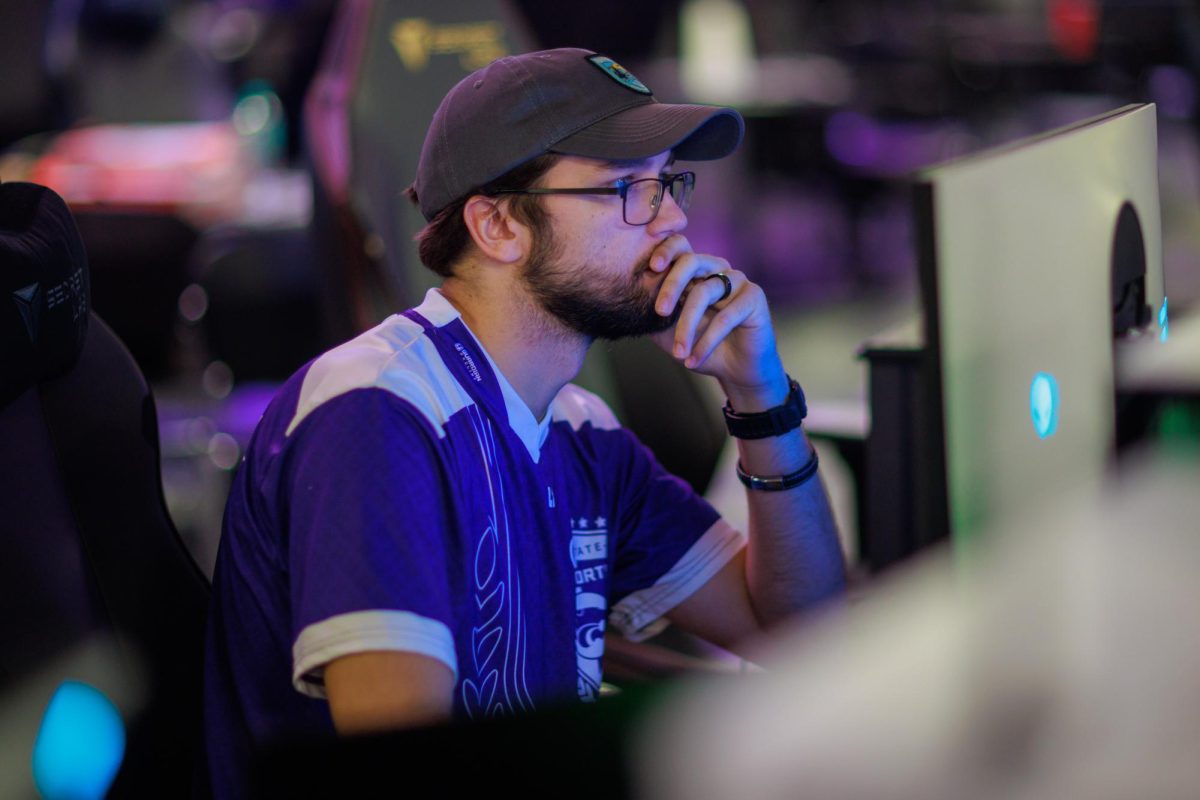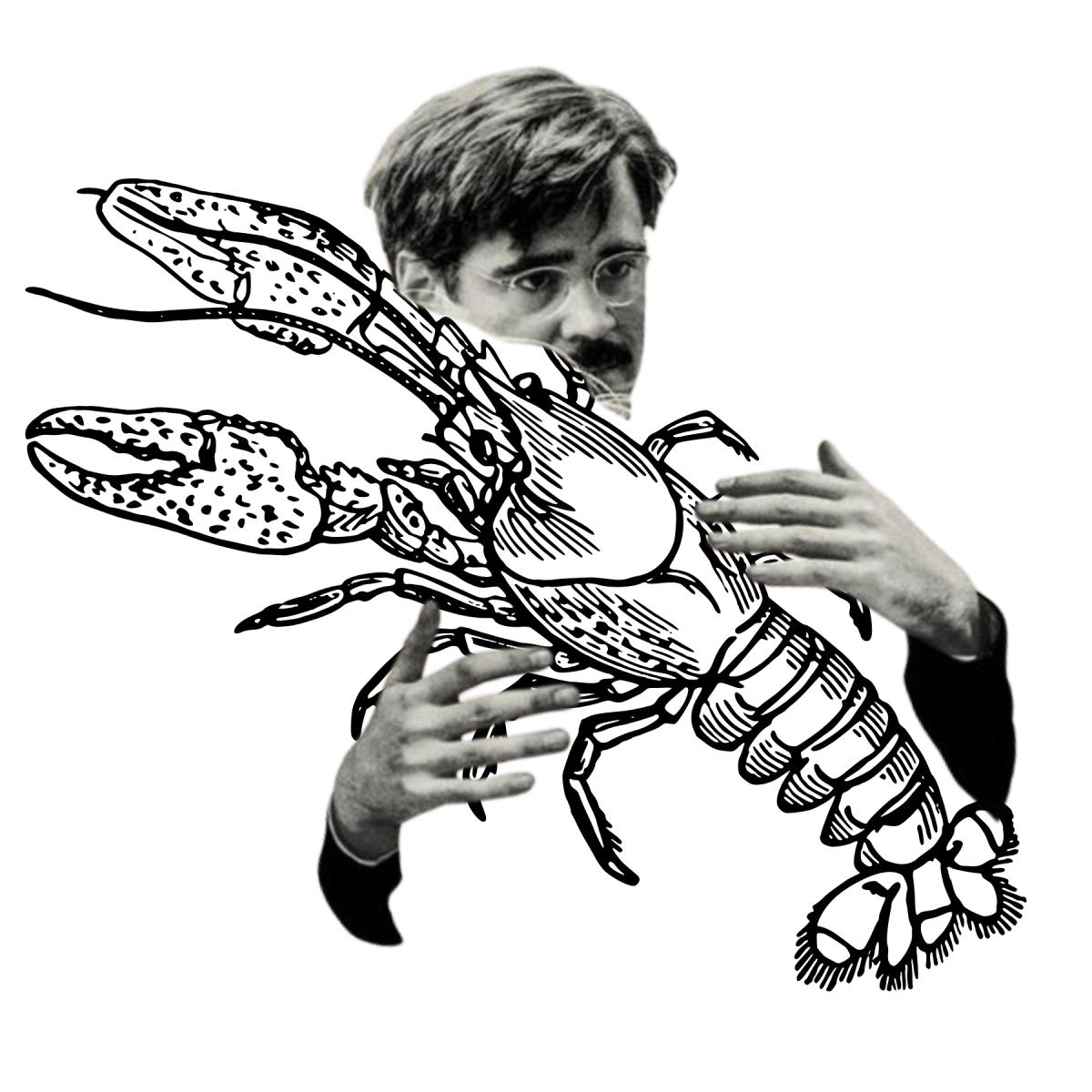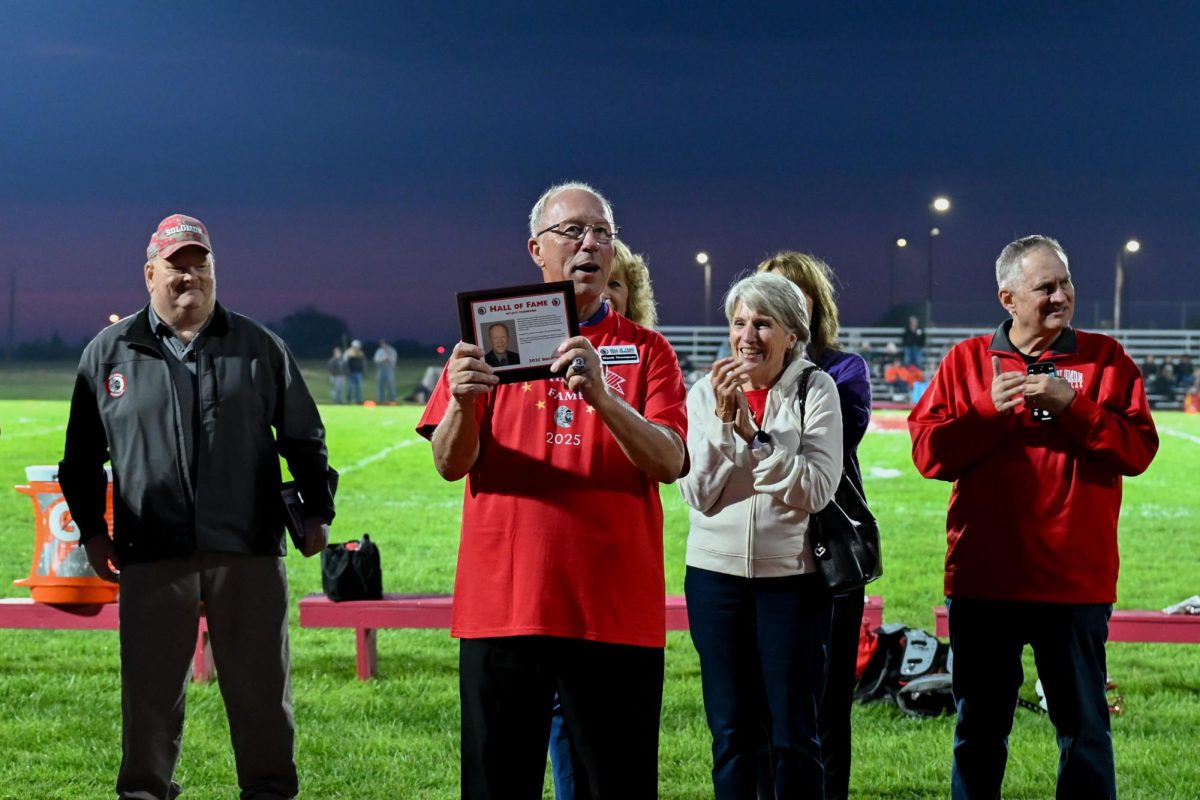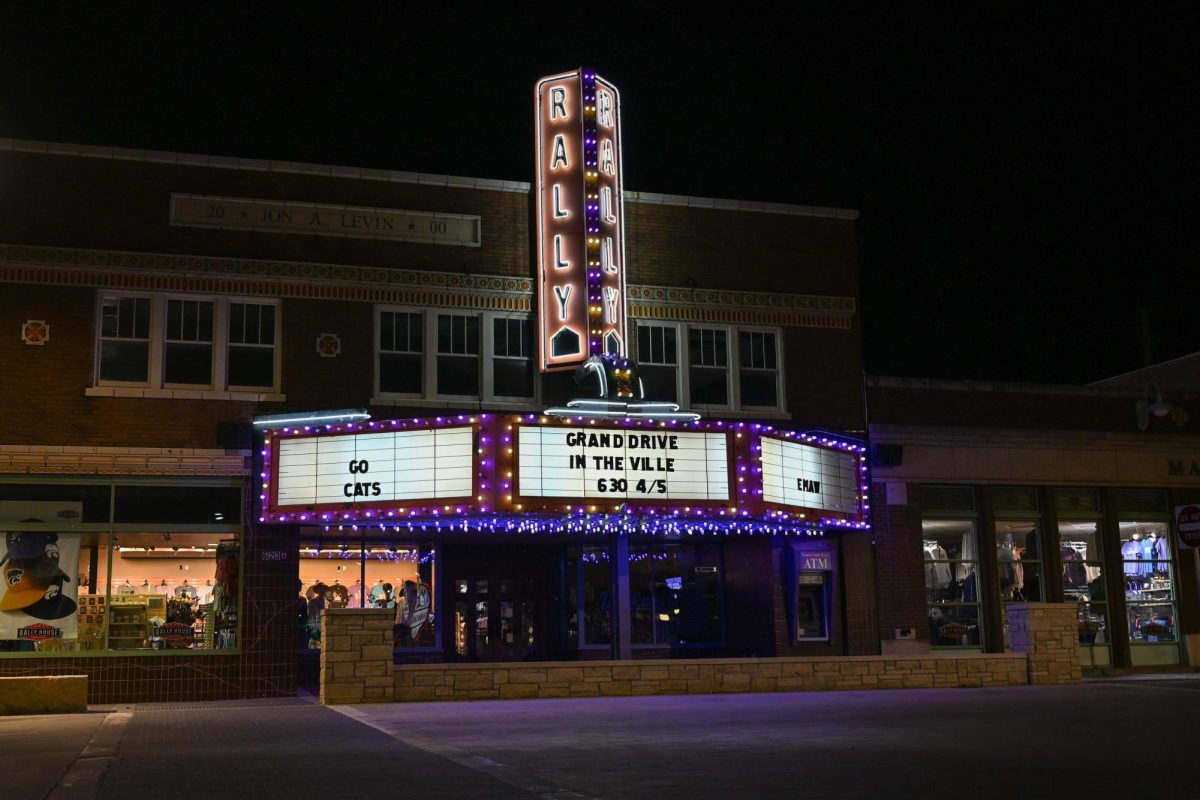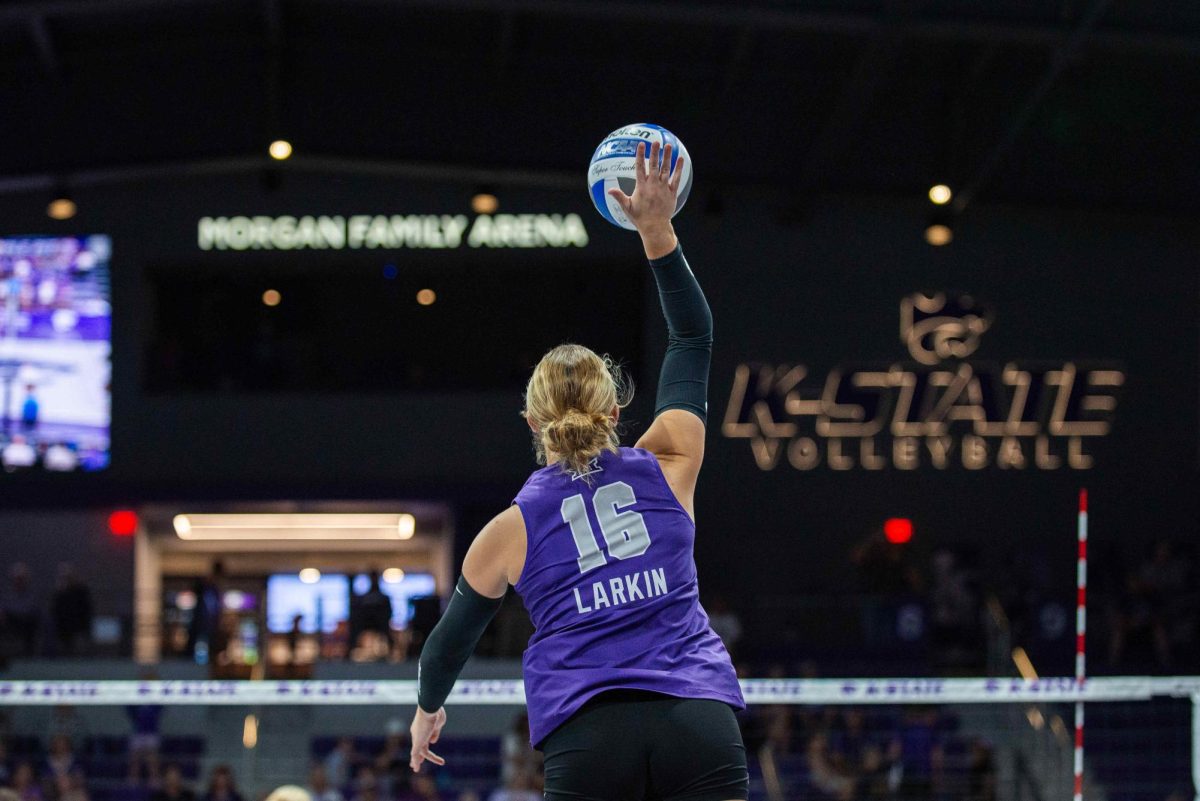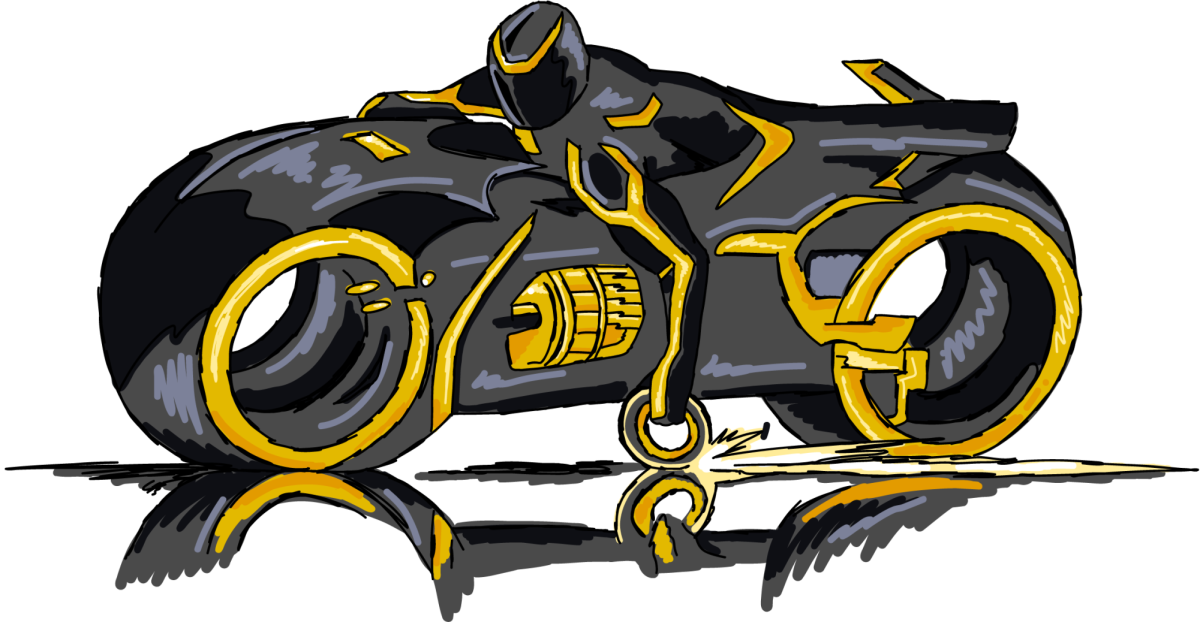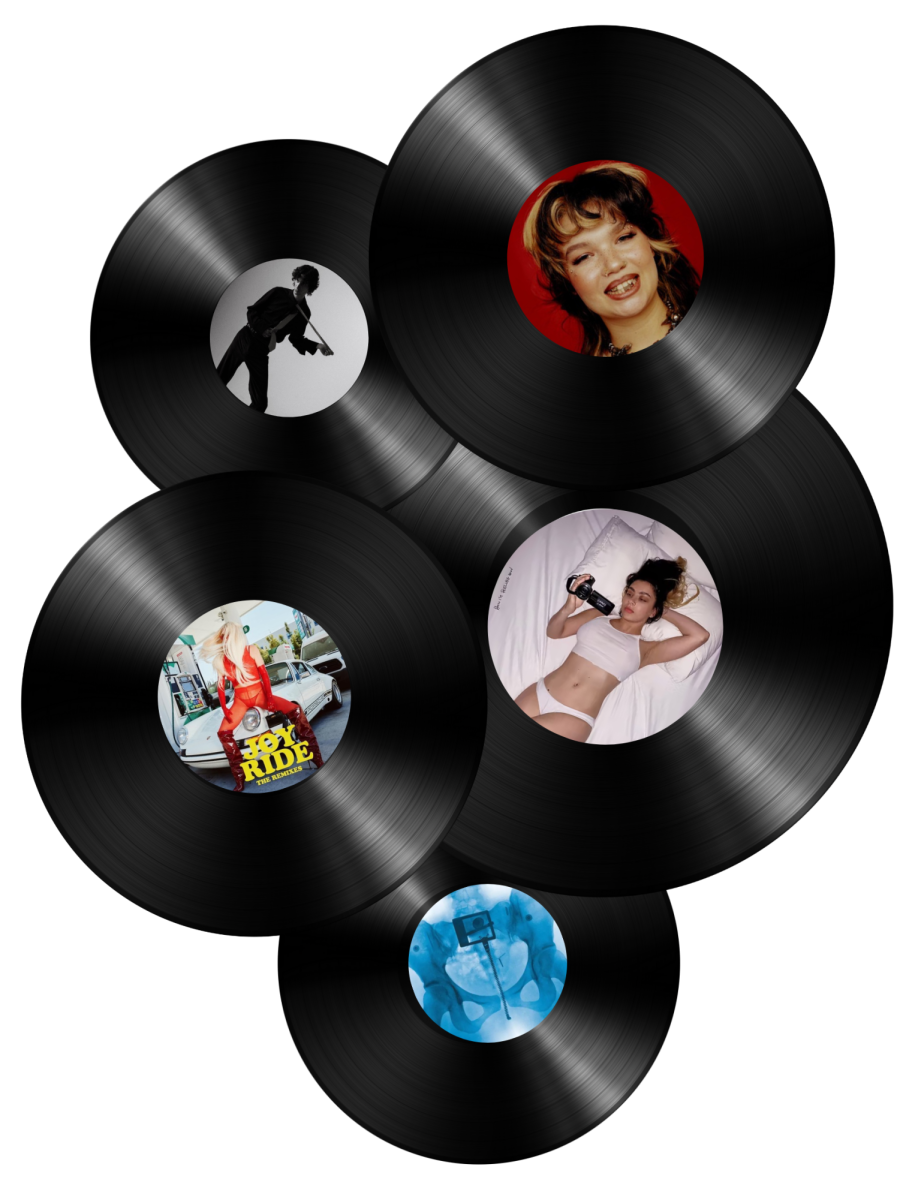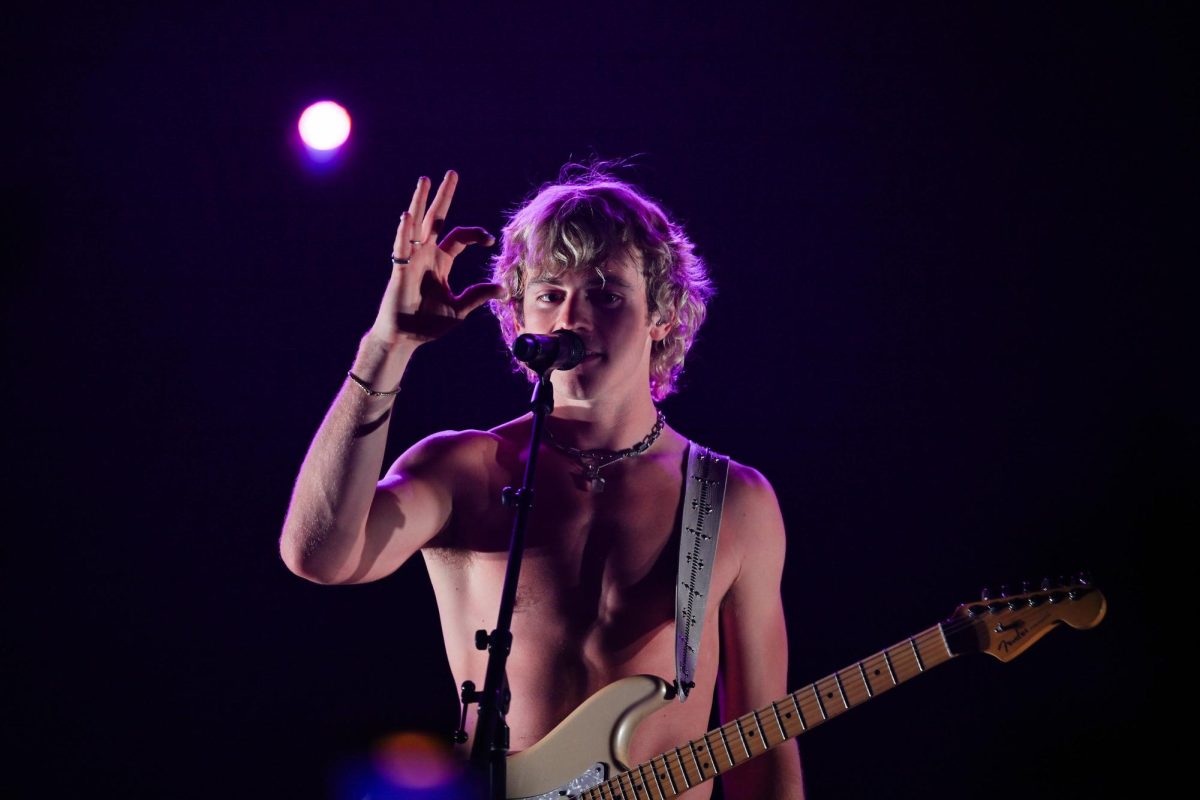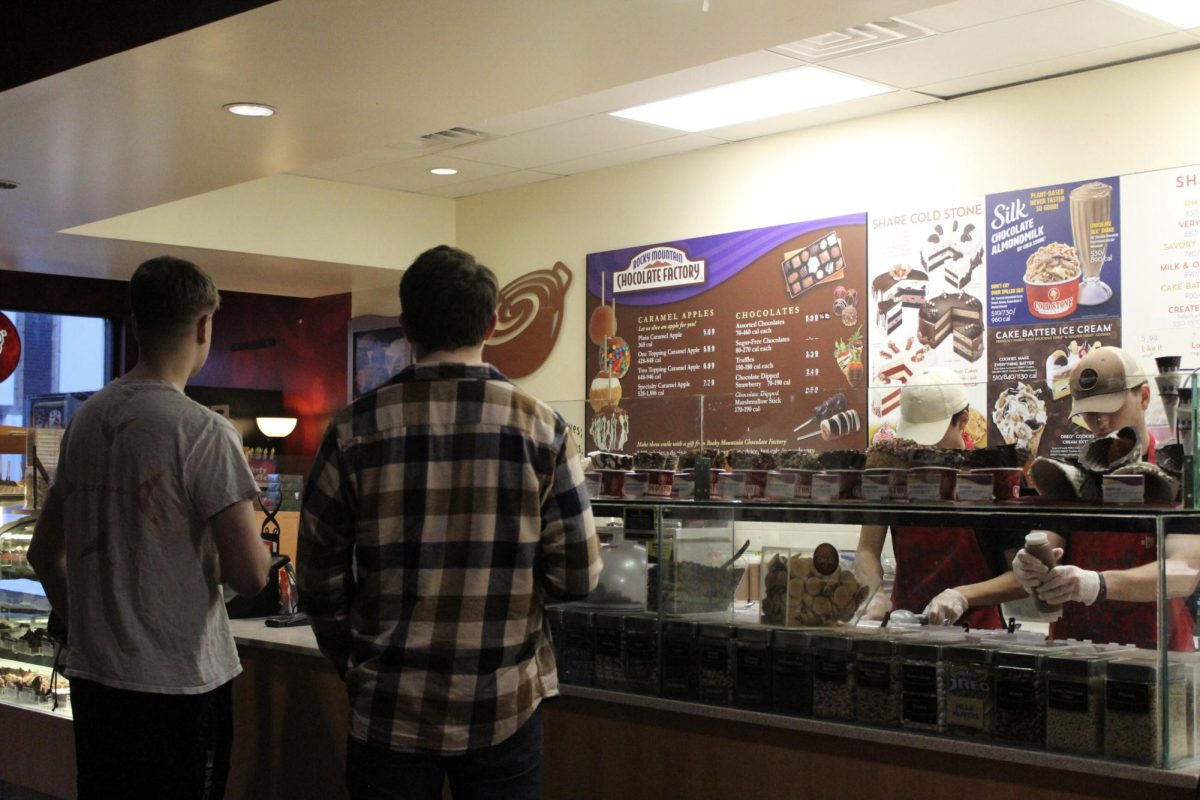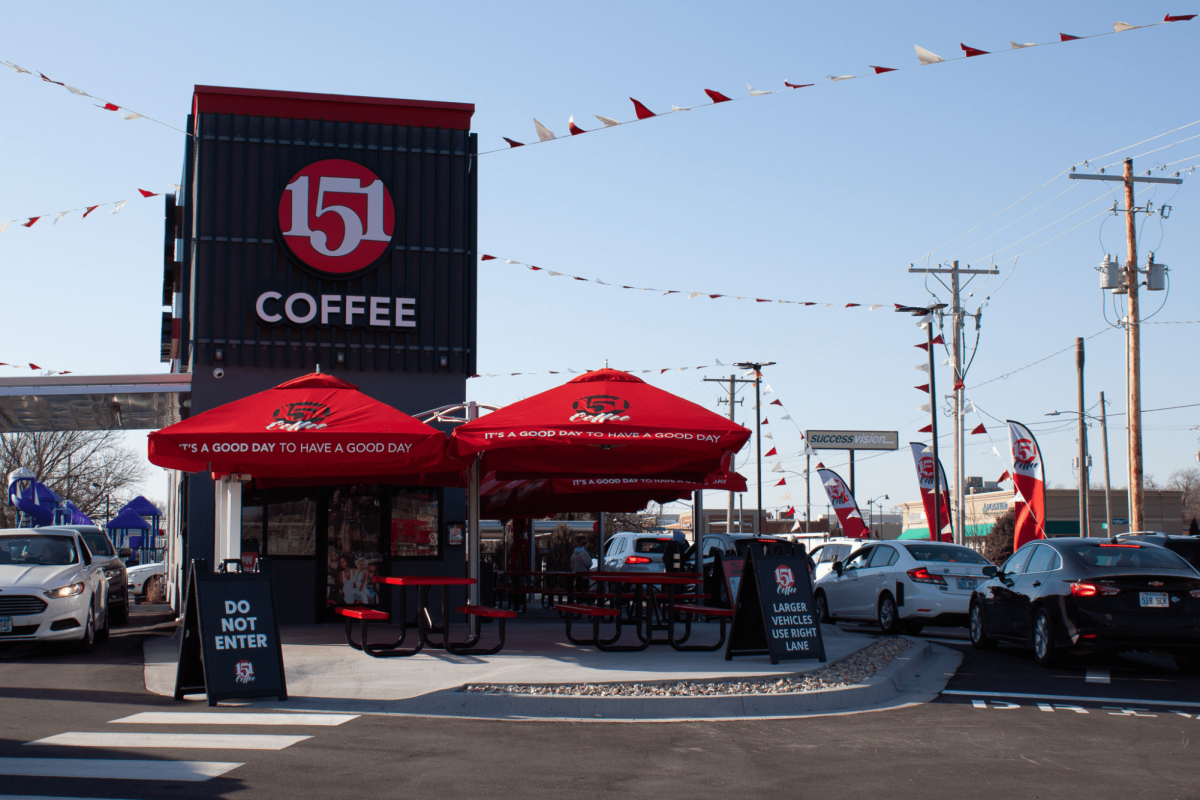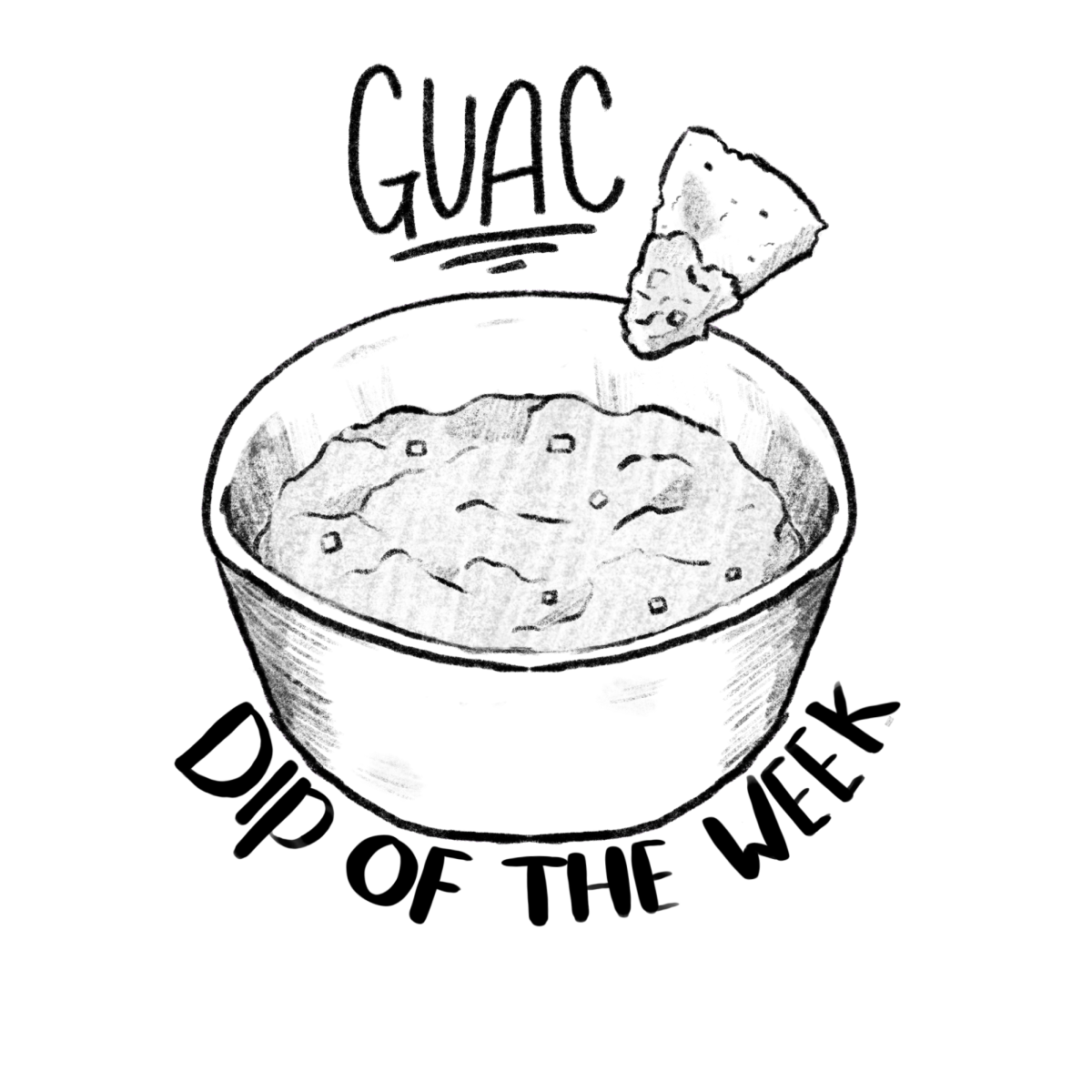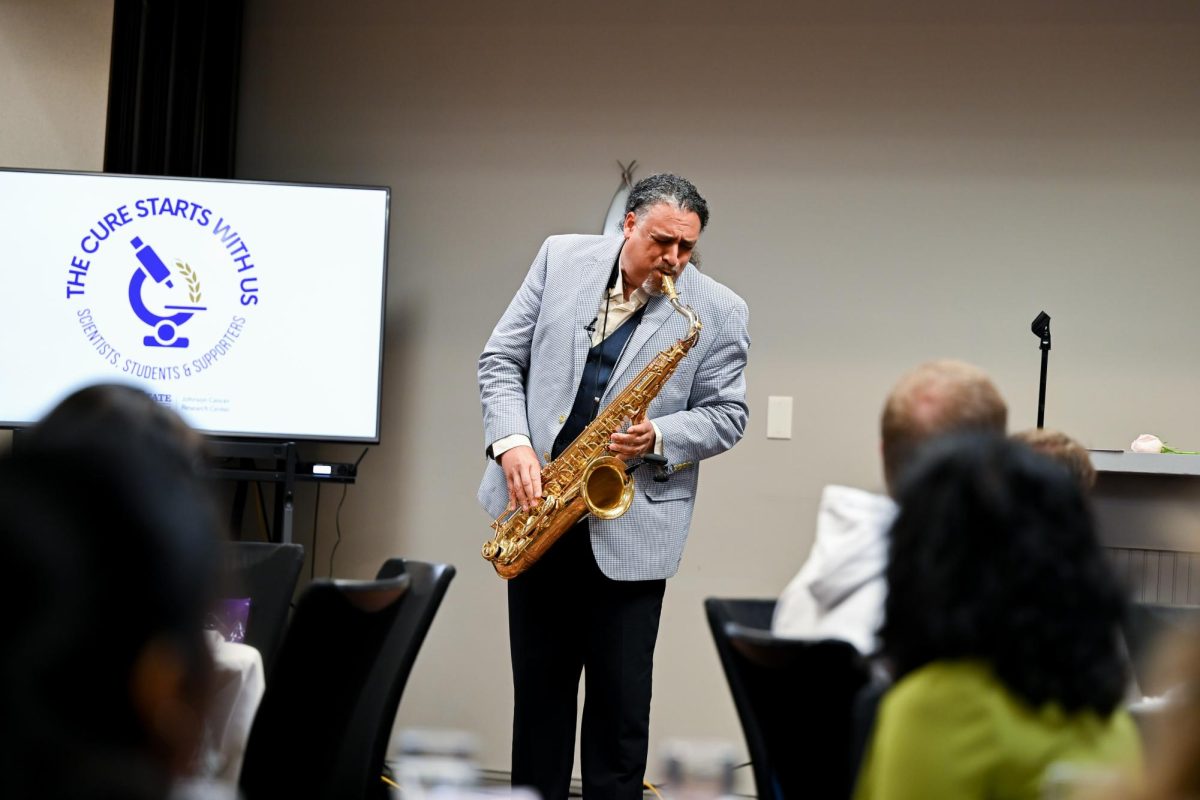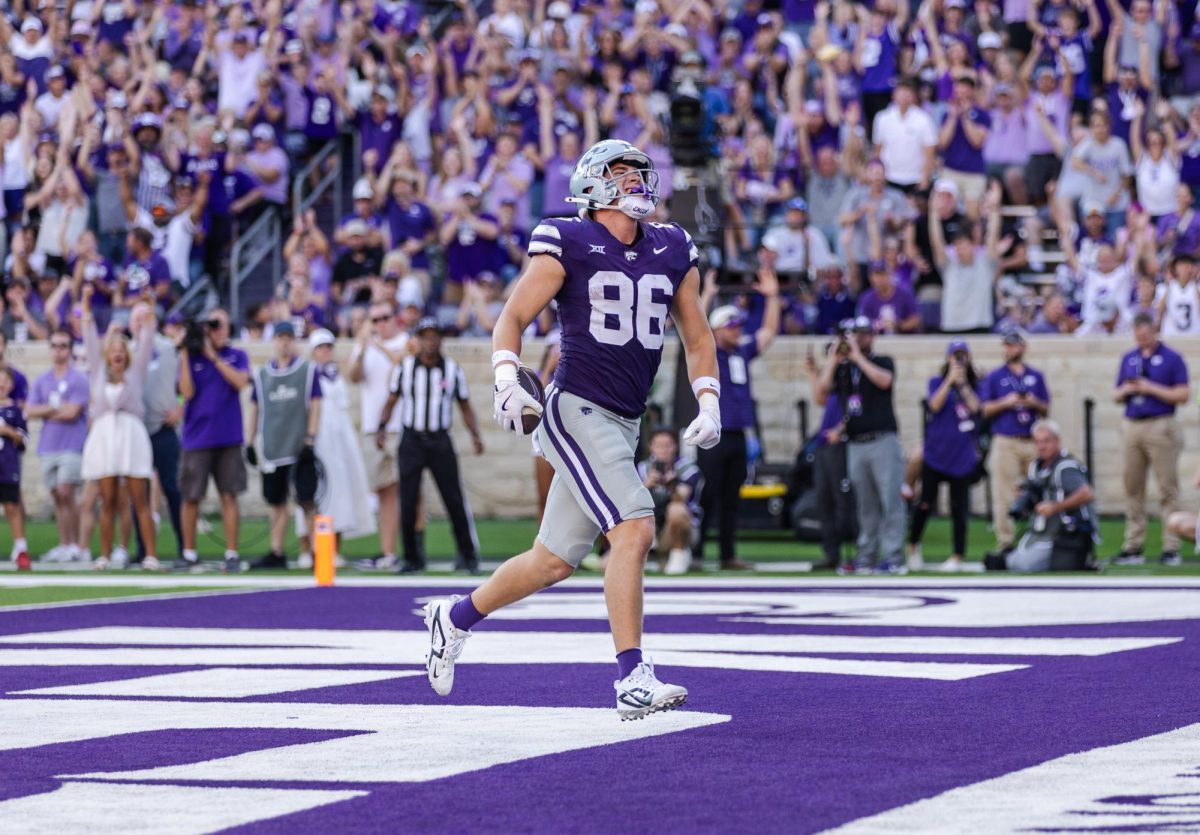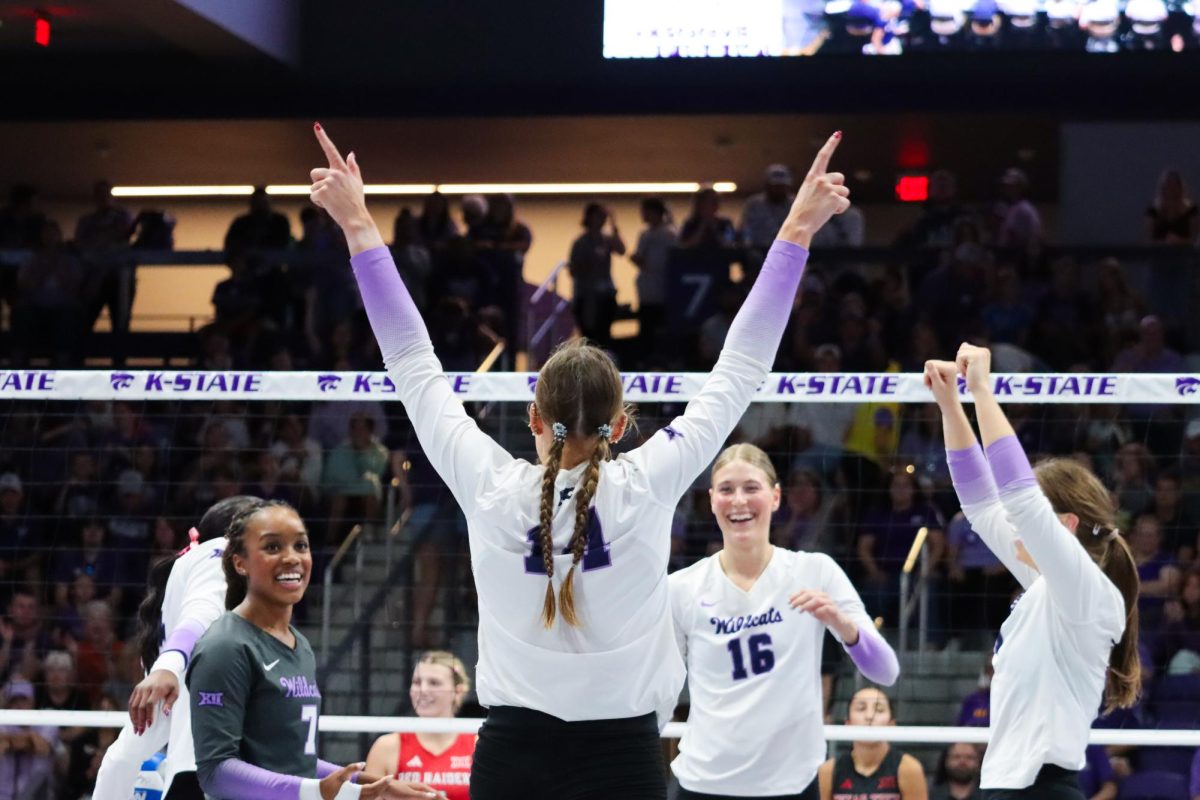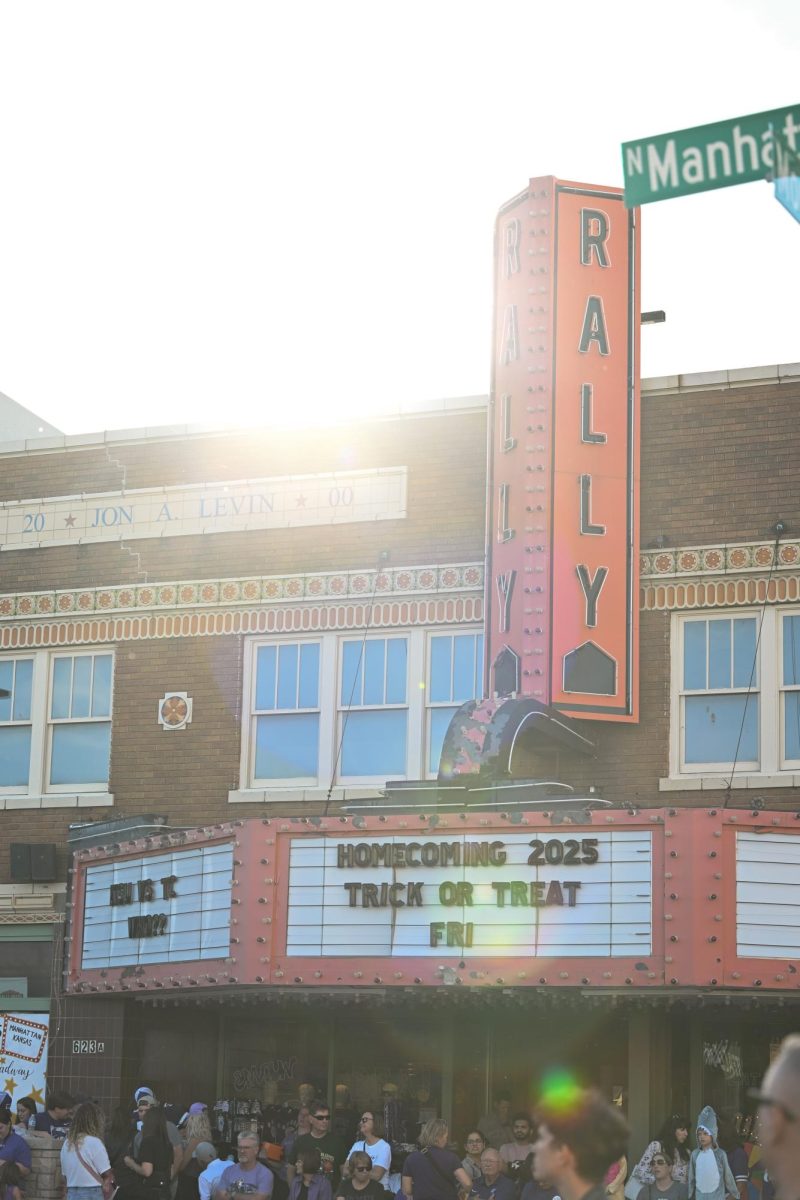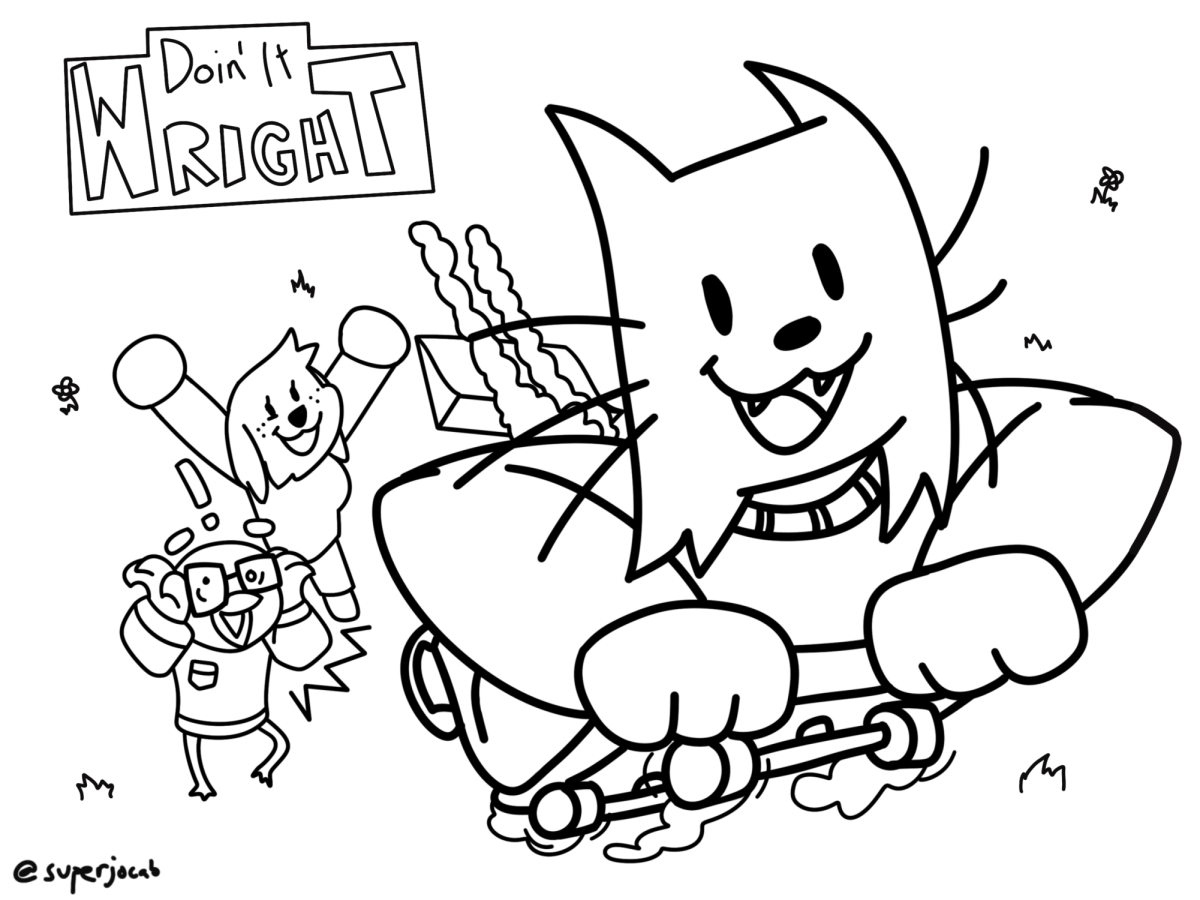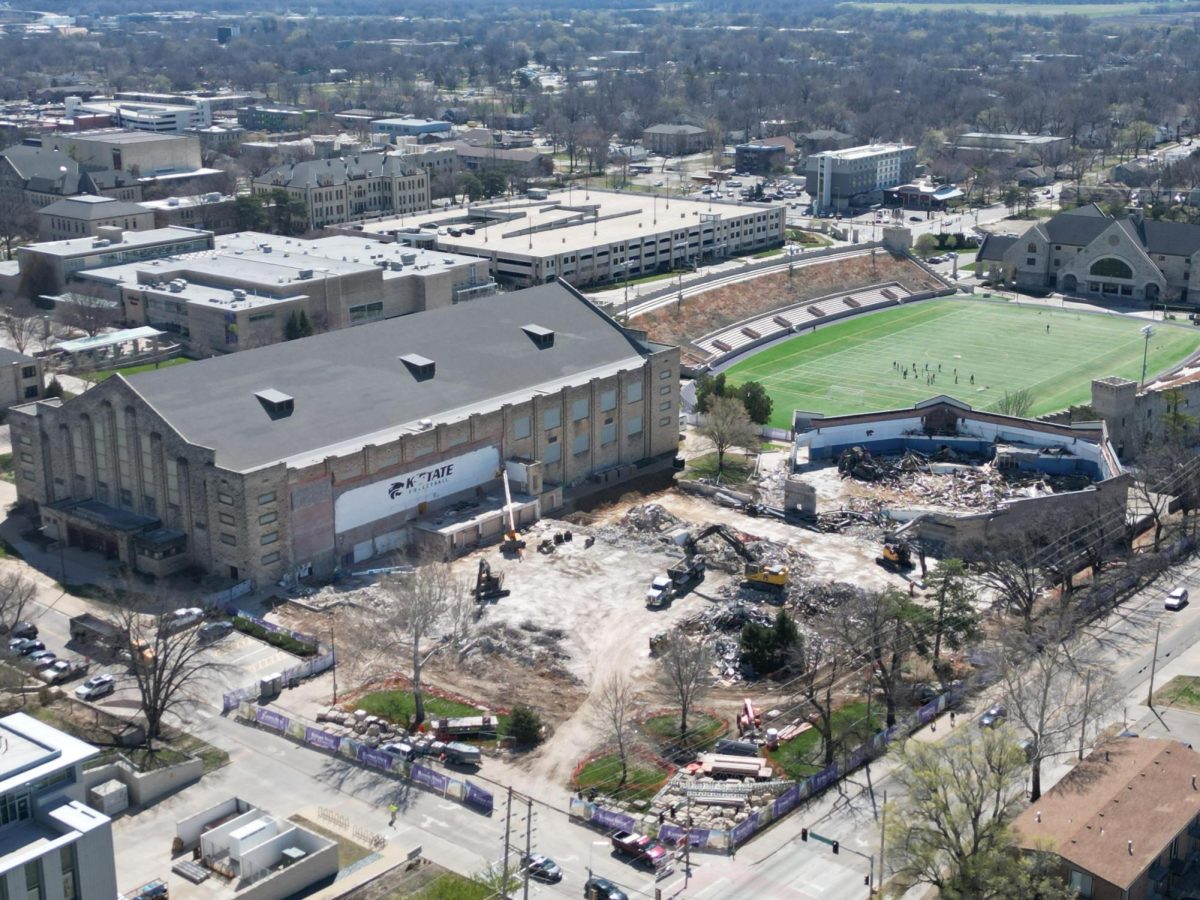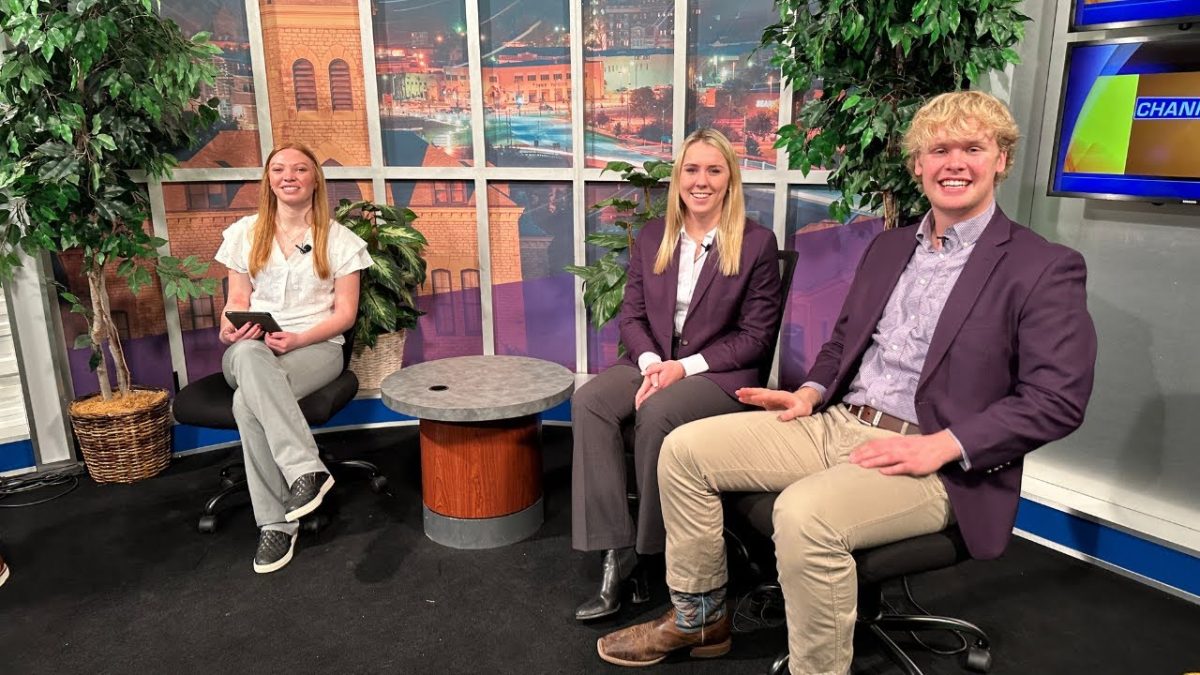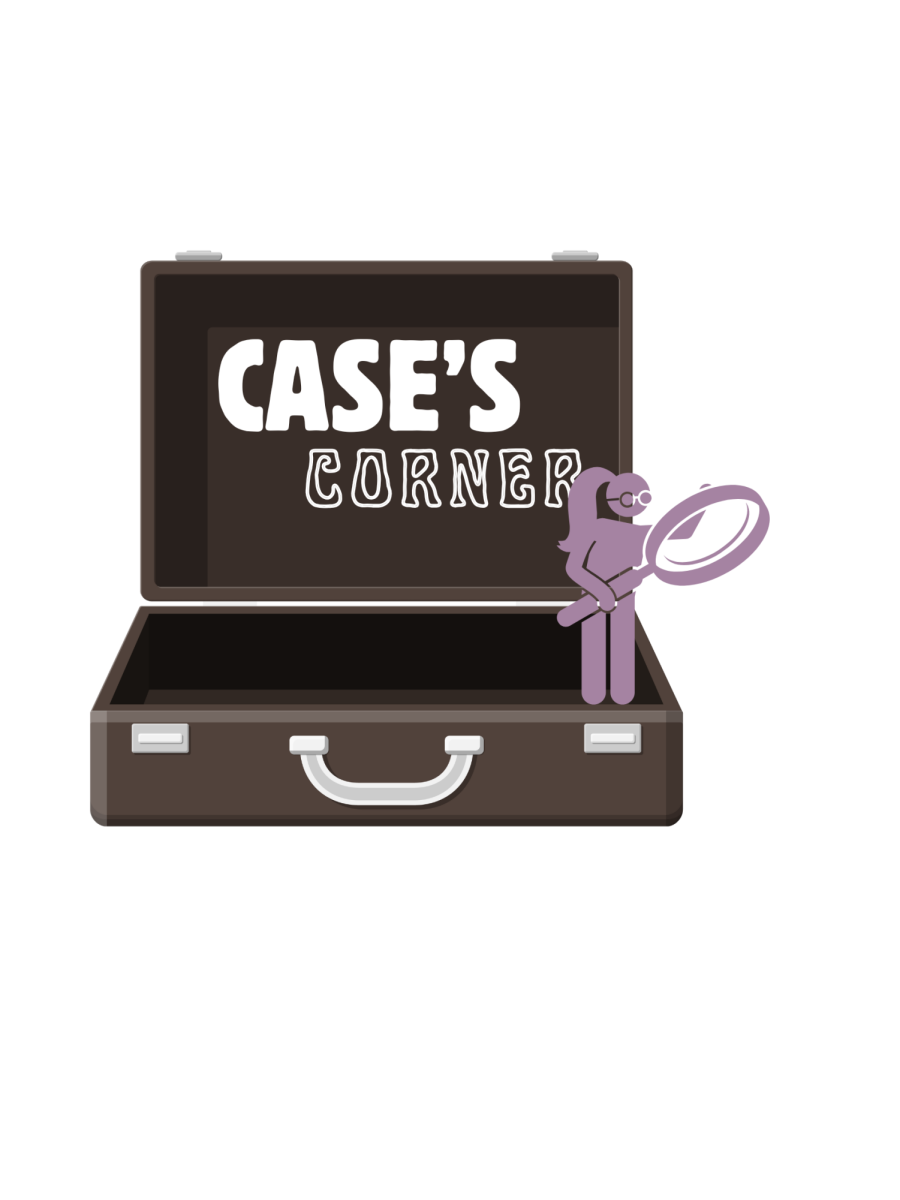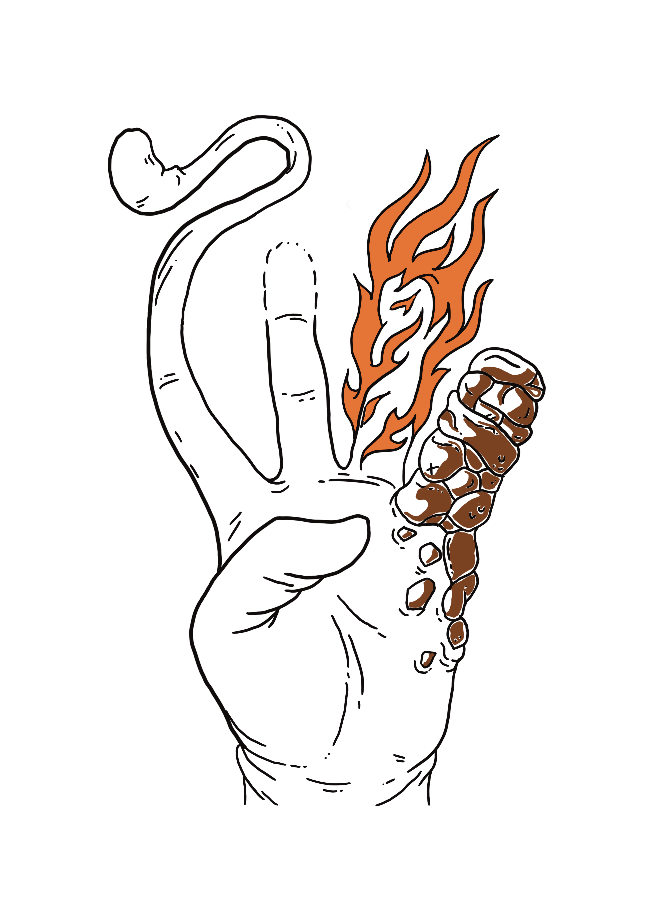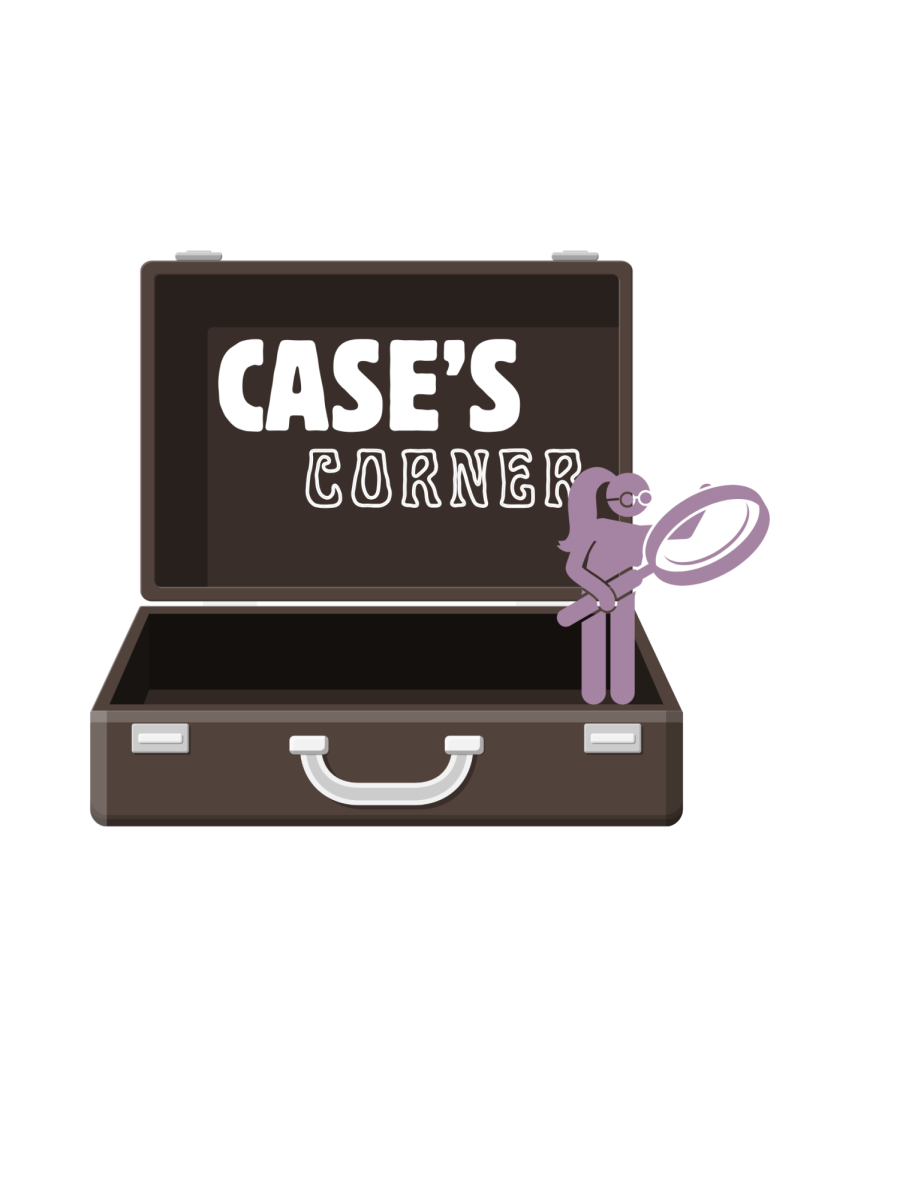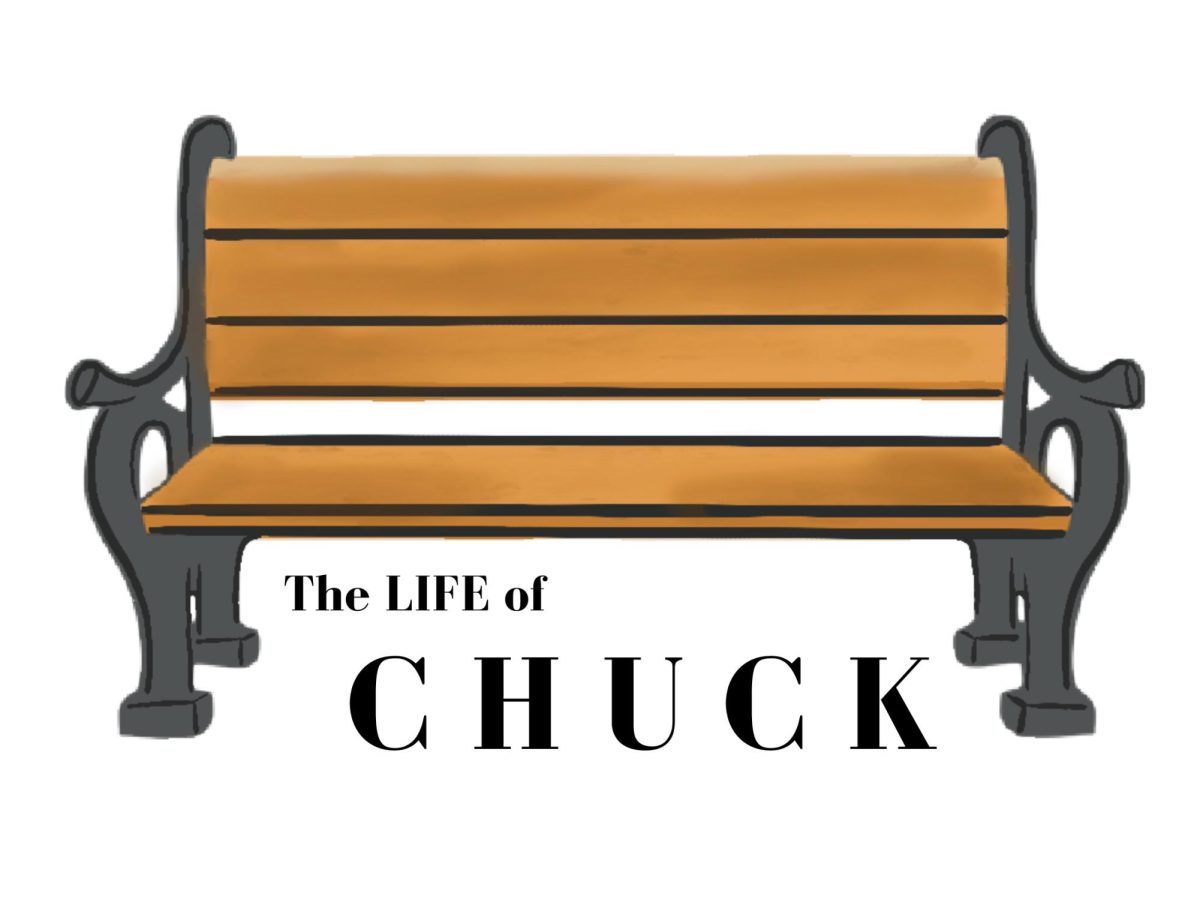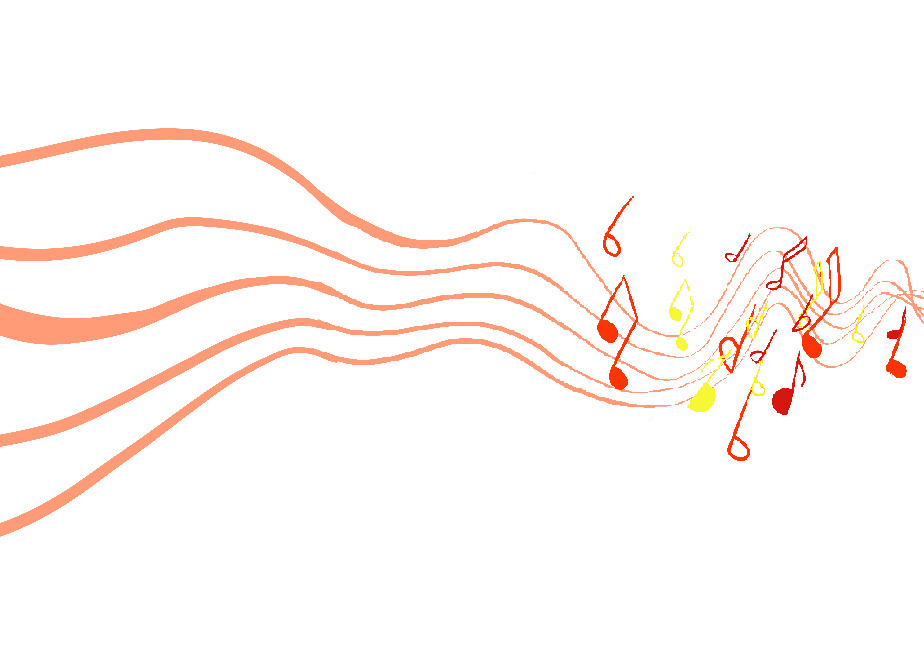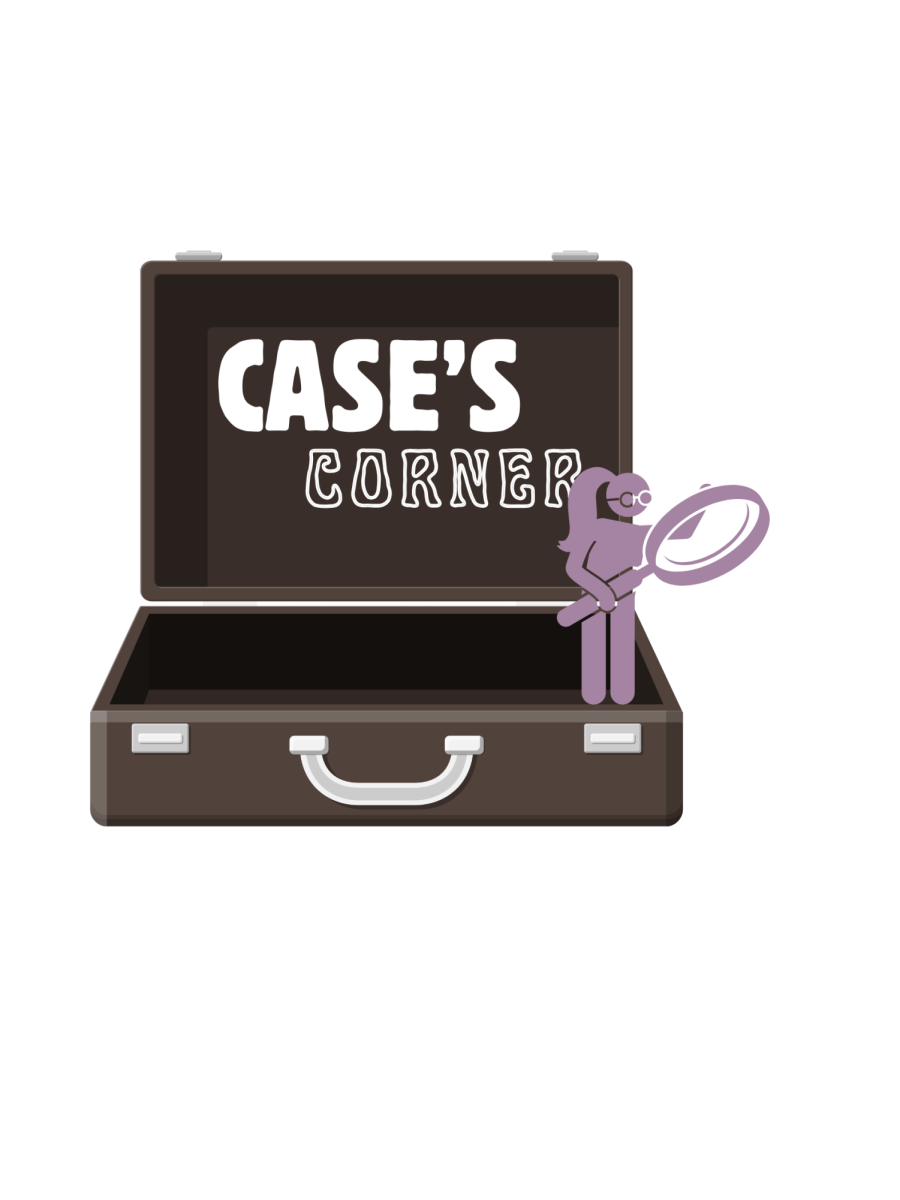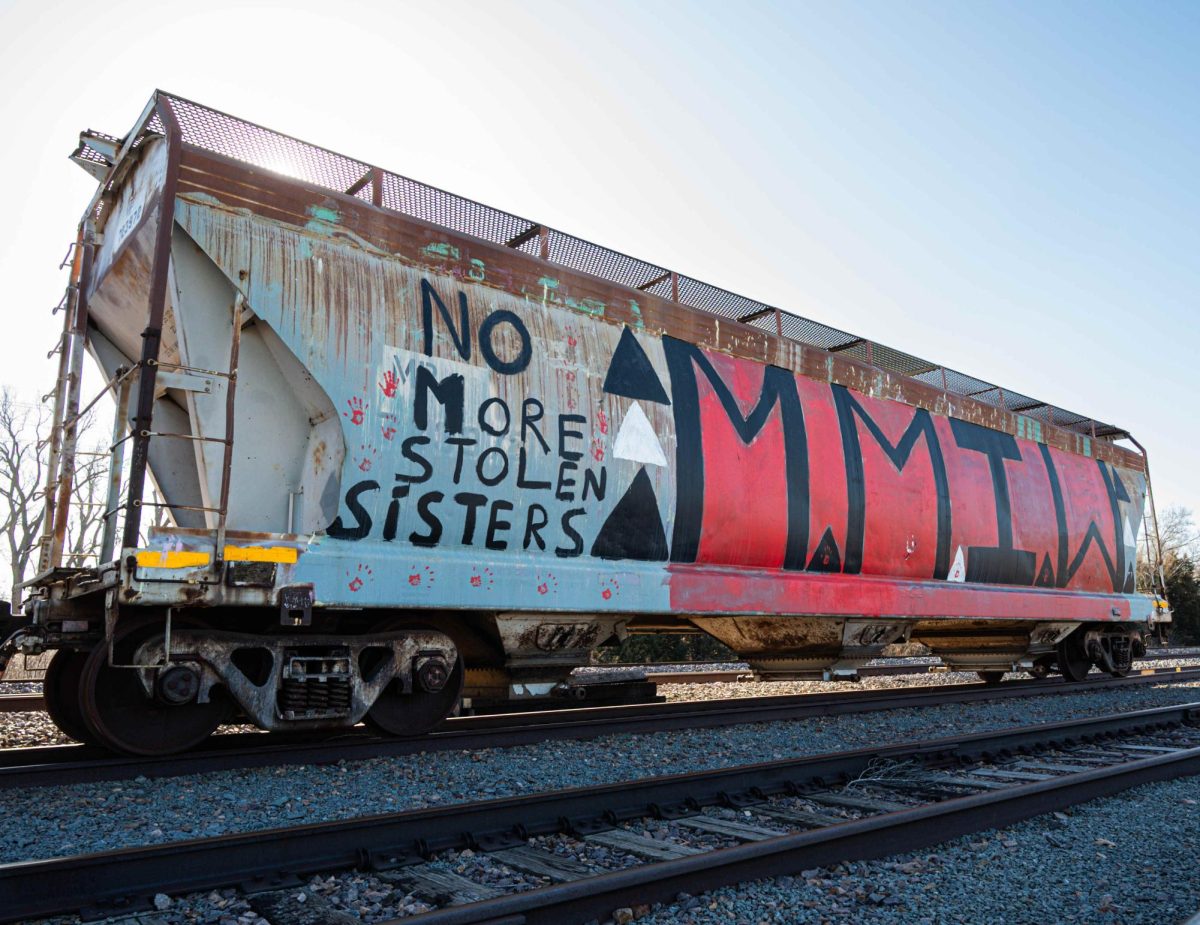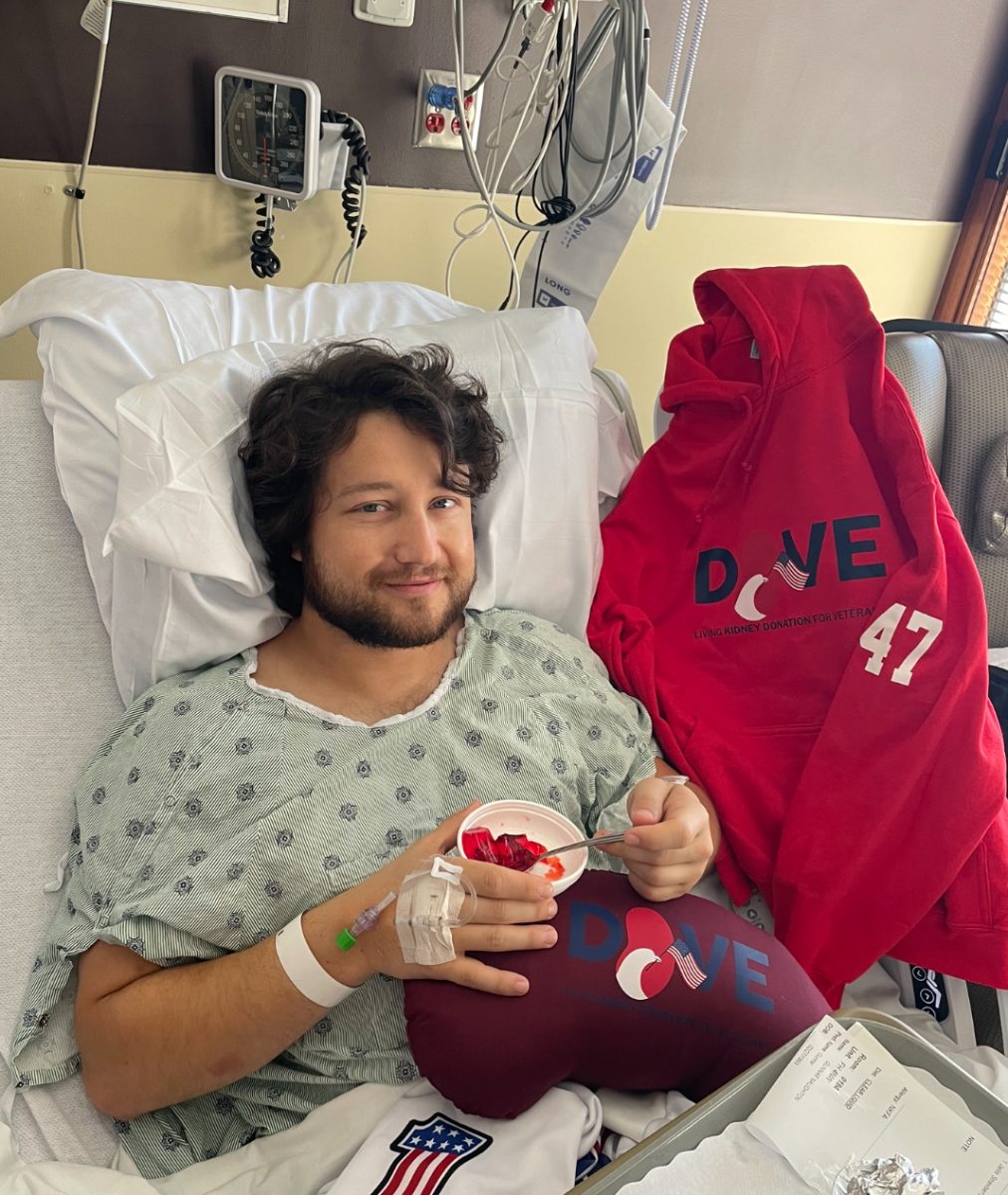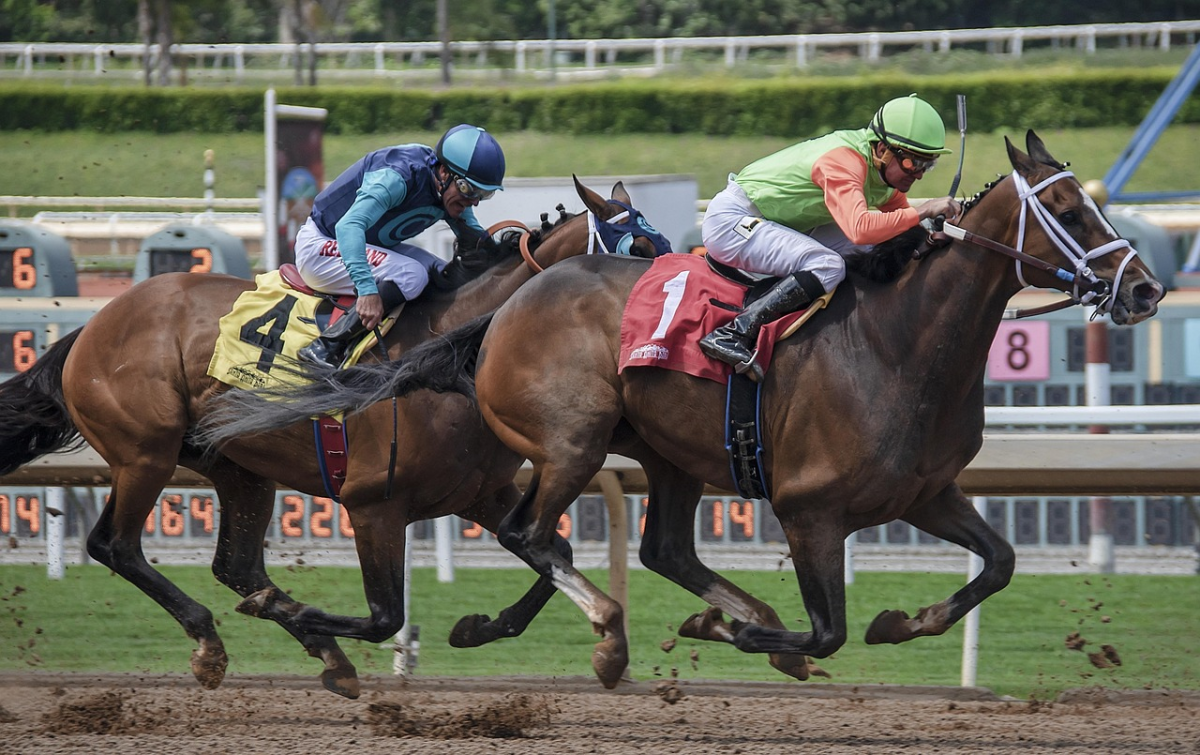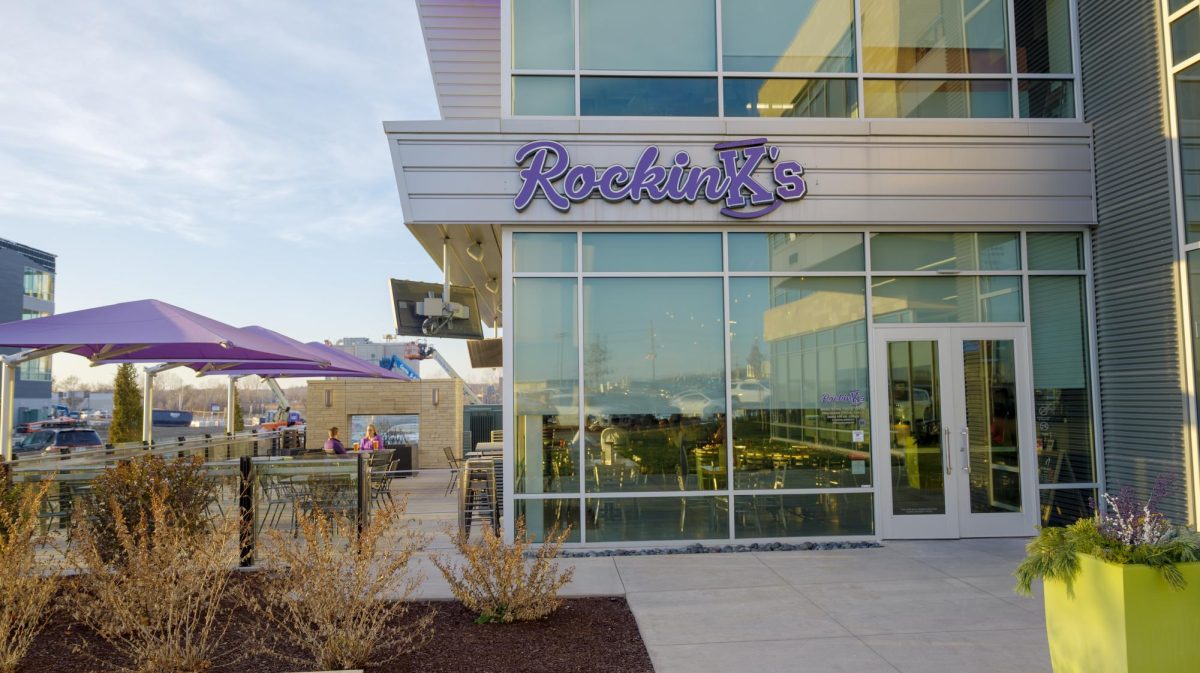Racing in the United States is a big part of the country’s sports culture. It brings together competition, skill, and a sense of excitement that draws millions of fans every year. The country is home to a variety of racing events, each with its own history and traditions. But what makes U.S. racing stand out? What is it about these races that captures the attention of so many people?
In this article, we’ll explore the factors that make U.S. racing unique.
Deep Historical Roots & Continuity
U.S. racing is special because of its long history. Many of the most famous races have been around for over 100 years, making them a key part of American culture.
- Kentucky Derby: The oldest continuous sporting event in the U.S., held annually since 1875. It’s known as “The Most Exciting Two Minutes in Sports” and has become a symbol of tradition with the introduction of the garland of roses in 1904. The Derby draws over 150,000 spectators every year. FanDuel horse racing has also expanded access to this race, allowing fans to watch and bet on the Derby and other major events online.
- Indy 500: Known as the “Greatest Spectacle in Racing,” this 500-mile race has been held since 1911. It takes place on a 2.5-mile oval track and is one of the most significant motorsport events in the country.
- Pikes Peak International Hill Climb: A race that started in 1916, covering a 12.42-mile route up to the summit of Pikes Peak. It is known as the “Race to the Clouds” and is one of the most challenging motorsport events in the U.S.
- Boston Marathon: The world’s oldest annual marathon, first held in 1897. It has become one of the most prestigious marathons, attracting elite athletes from around the globe.
Dramatic Performances & Legendary Athletes
U.S. racing is defined by dramatic performances that create unforgettable moments, often driven by legendary athletes. In 1973, Secretariat’s 31-length victory in the Belmont Stakes set a world record of 2:24 for 1 1⁄2 miles, making it one of the greatest feats in horse racing history and cementing his legacy as an iconic racehorse.
In motorsports, Dale Earnhardt’s 1998 Daytona 500 victory, after 19 attempts, was a defining moment for NASCAR and solidified his legacy as one of the sport’s greatest drivers.
Cultural Pageantry & Unique Rituals
U.S. racing events are not just about speed; they are also about the rich traditions and unique pageantry that accompany them. These rituals create a sense of spectacle and celebration that sets American racing apart from other countries.
Kentucky Derby’s Garland of Roses
The Kentucky Derby is famous for its garland of roses, presented to the winner after the race. This tradition dates back to 1896, and today it is a symbol of victory at the Derby. The phrase “Run for the Roses” was first coined in 1925 during a radio broadcast, adding an extra layer of tradition and mystique to the race.
Indy 500’s Milk Tradition
The tradition of drinking milk in Victory Lane at the Indy 500 started in 1936 when Louis Meyer drank a glass of buttermilk after winning the race. This tradition has continued ever since, with winners drinking milk to celebrate their victory. It has become an iconic part of the race and a cherished moment for fans.
Daytona 500’s Victory Lane Celebrations
The “kissing the bricks” tradition at Daytona’s finish line is one of the many rituals that make the race unique. Drivers celebrate by kissing the track after their win, symbolizing their place in racing history. This tradition adds to the emotional and cultural significance of the Daytona 500.
Mass Participation & Community
American racing events have a strong connection to the community, with races often becoming cultural milestones that draw participants from all walks of life. The Boston Marathon, for example, attracts over 500,000 spectators and tens of thousands of runners each year. While the race features elite athletes, it is also a celebration of ordinary people pushing themselves to achieve something extraordinary. The marathon has become a city-wide event that celebrates endurance, determination, and the spirit of community.
Similarly, the New York City Marathon is the world’s largest marathon, with over 50,000 participants from more than 140 countries. Runners from all over the globe come to New York to take part in this prestigious event, making it a celebration of diversity and global athleticism. The experience of crossing the finish line in Central Park is not just a personal achievement, but also a shared moment of triumph for participants and spectators alike.
Final Thoughts
U.S. racing is special because of its long history, strong traditions, and variety of events. Iconic races like the Kentucky Derby, Indy 500, and Boston Marathon have become important cultural events. The sport also highlights remarkable performances and attracts both professional athletes and everyday participants. These factors, along with the range of racing types, make U.S. racing a significant part of American sports.


